Best Stock in Every State to Buy Now
Sure, the United States are united, but there are many differences from state to state.
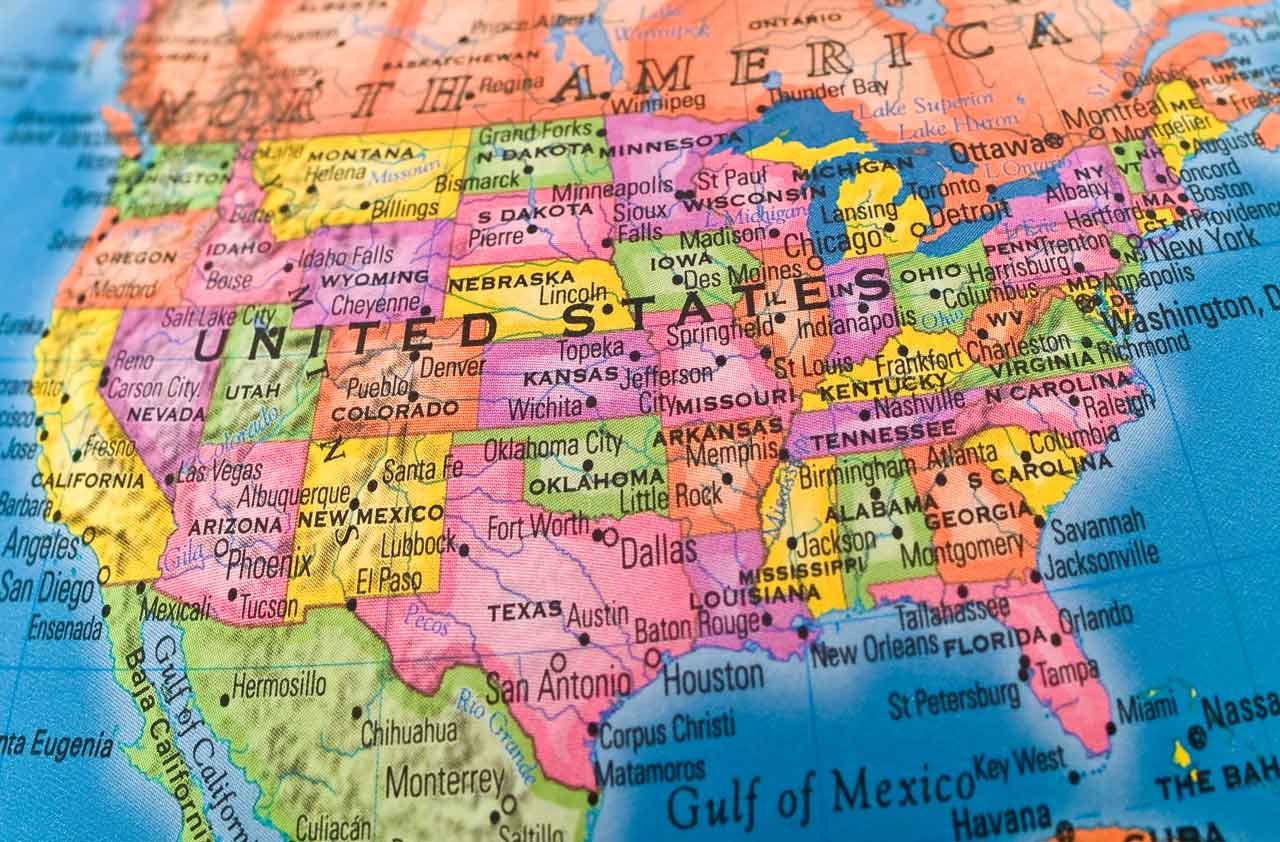

Sure, the United States are united, but there are many differences from state to state. Just look at what we call a sweet, fizzy soft drink. On the coasts, it’s soda; in the Midwest, pop. Old school New Englanders call it tonic, and in much of the South, it’s most often just Coke.
The 51 companies in this story — one from each state plus the District of Columbia — are as diverse as the states in which they’re headquartered. The list includes multinational blue-chip behemoths and community banks; beaten-down value stocks and meteoric growers; firms on science’s bleeding edge and two that own landfills. Oh, and the company that makes that Coke stuff.
A word of caution: Choices in some states are sparse, and a few of these stocks are best suited to investors comfortable with a high degree of risk. This is not a list of our 51 favorite stocks in the U.S., in other words. But we think that within each of their states, the companies below warrant your consideration.
Prices and data are as of June 22. Click on ticker-symbol links in each slide for current prices and more.
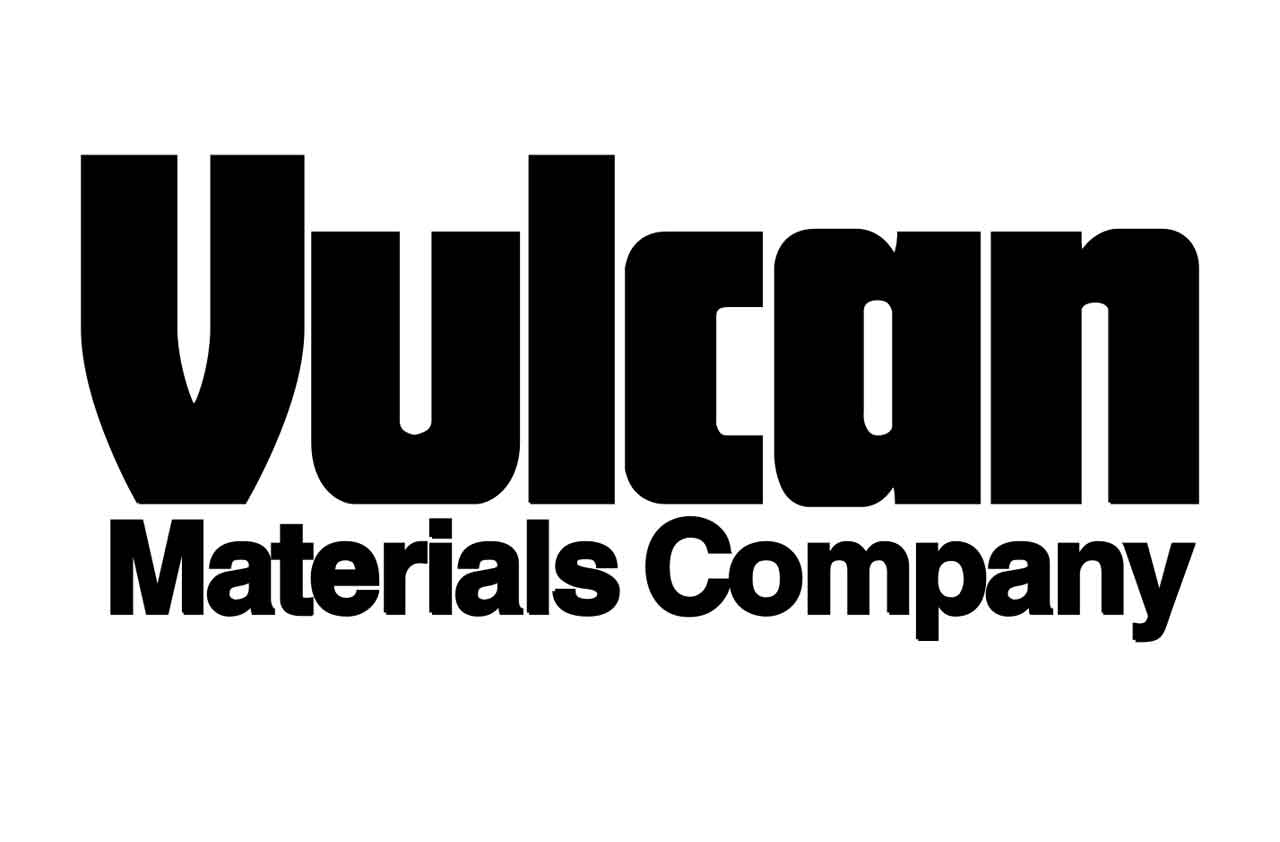
Alabama: Vulcan Materials
- Headquarters: Birmingham
- Symbol: VMCShare price: $129.34
- Market value: $17.1 billion
- Price-earnings ratio: 31
The nation’s leading producer and distributor of crushed stone, Vulcan is trading near an all-time high thanks to a run-up in the stocks of building-materials companies following the presidential election. And if the current administration goes forward with its plan to spend $1 trillion to revamp the nation’s infrastructure, few companies stand to benefit more than Vulcan.
But considering the uncertainty surrounding the Trump White House lately, it’s good for investors that an infrastructure bill would only be icing on Vulcan’s already growing cake. Matt Miller, an analyst at stock research firm CFRA, sees private construction spending rising more than 10% in 2017. Supported by a steady recovery in nonresidential construction, he says, Vulcan’s earnings will grow by 57% in 2017, to $4.50 per share, followed by a 29% bump in 2018, to $5.80 a share. Miller rates the stock a “strong buy” with a 12-month price target of $160.
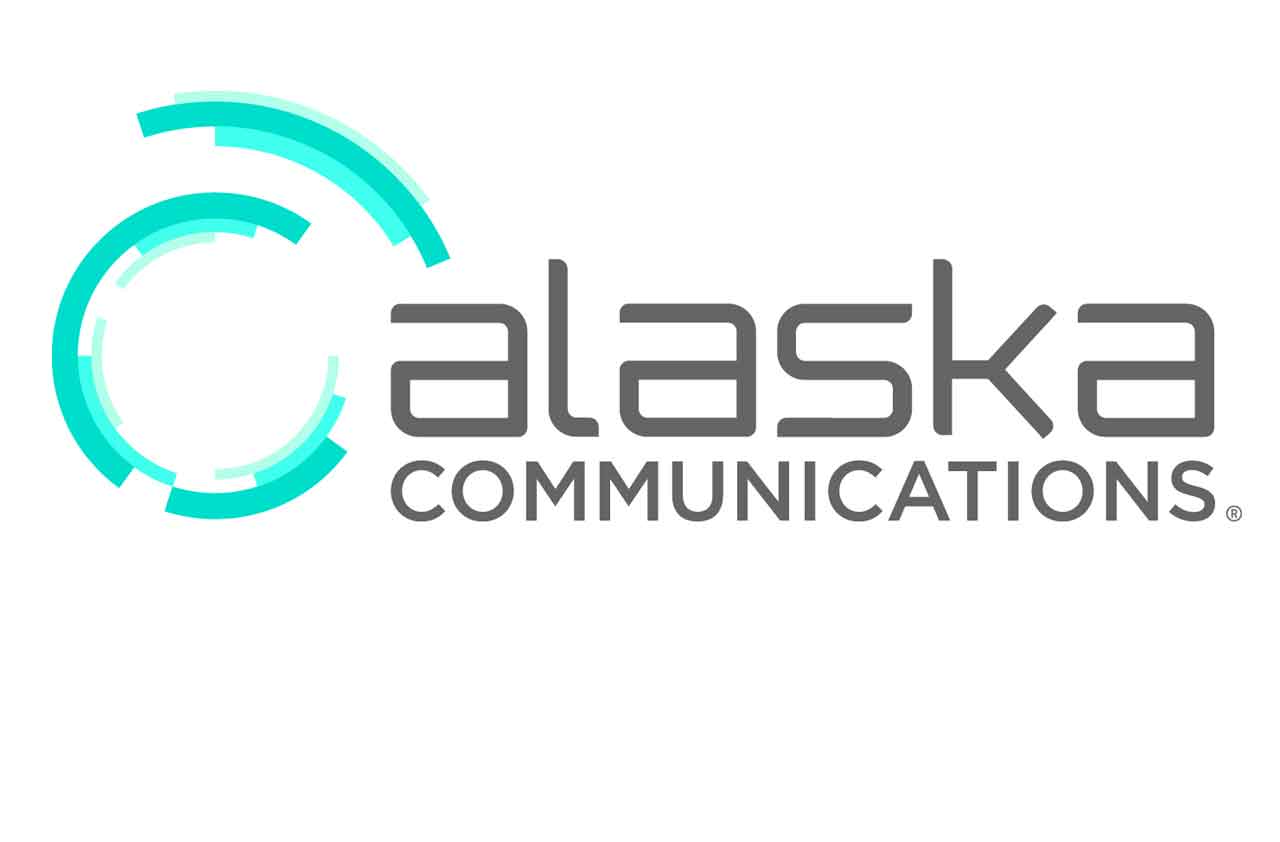
Alaska: Alaska Communications Systems
- Headquarters: Anchorage
- Symbol: ALSK
- Share price: $2.14
- Market value: $112 million
- P/E: NA
Alaska Communications is one of only two telecommunications firms providing telephone and internet service in the Last Frontier.
Isolation has its advantages, says Eric Kuby, co-manager of North Star Opportunity Fund, which holds the stock. For instance, he says, the company owns two undersea fiber-optic routes connecting Alaska to the continental U.S. A company looking to set up shop in Alaska would be better served buying Alaska Communications than spending the money to duplicate its infrastructure. In the past few years, the company has deployed gobs of cash to build a best-in-class fiber network. That has sapped earnings, as has the company’s commitment to paying down debt. Overall sales inched up in the first quarter compared with the same period a year earlier, but broadband revenues grew 11%, boding well for the company’s internet services segment. Alaska plans to buy back $10 million worth of stock through 2019 and may even initiate a dividend in the next couple years, says Kuby. Shares represent a good value for patient investors, he says.
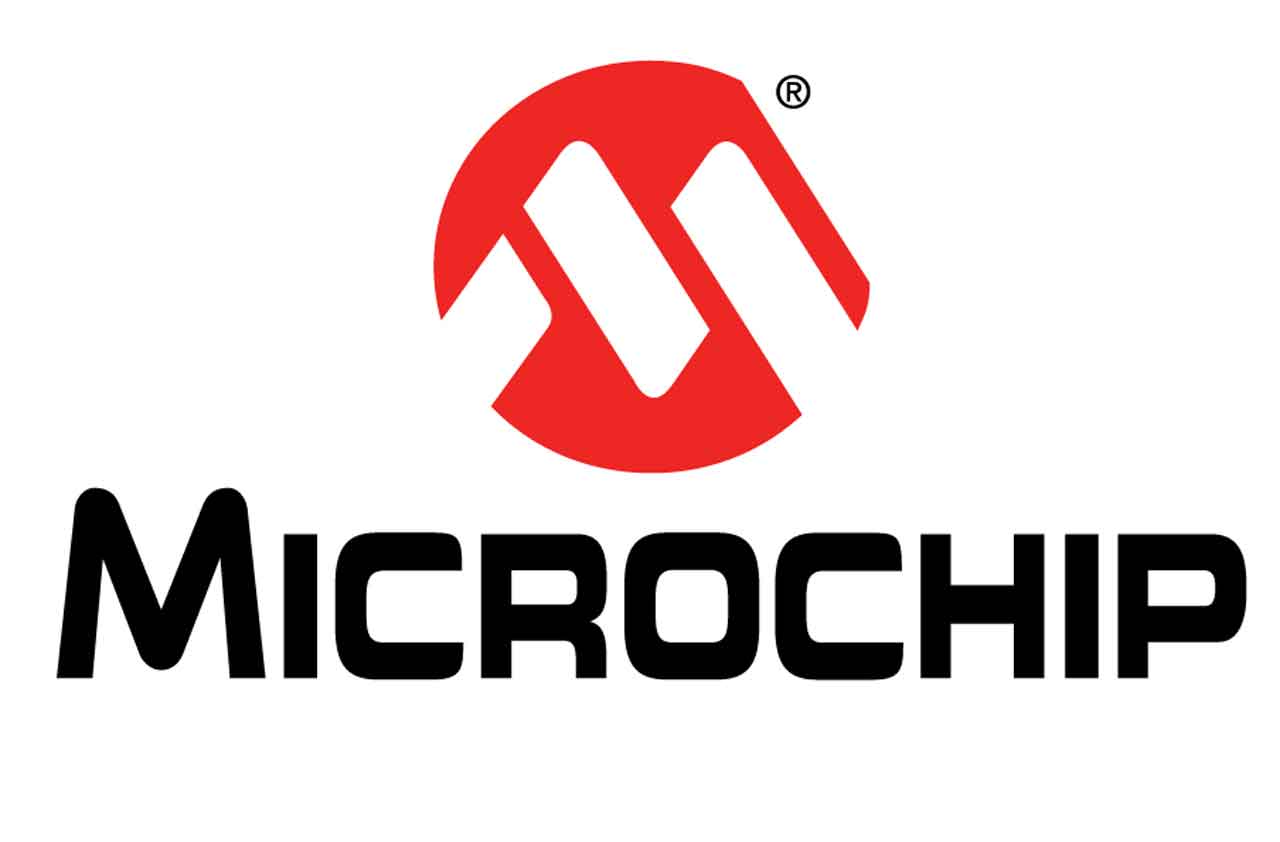
Arizona: Microchip Technology
- Headquarters: Chandler
- Symbol: MCHP
- Share price: $80.07
- Market value: $18.4 billion
- P/E: 16
Microchip Technology’s business is a niche within a niche. Within the world of semiconductors, Microchip manufacturers microcontrollers (or MCUs, for microcontroller units)—chips that act as “brains” in electronic devices.
Microchip’s specialty is 8-bit MCUs that work in simple devices, such as electric razors, but the company also has smaller shares in more-complex 16- and 32-bit MCUs, which you might find in implanted medical devices. In recent years, as demand for semiconductors has increased, the company has expanded its market share across all three MCU markets through acquisitions—most recently buying chipmaker Atmel for $3.6 billion in 2016. Microchip estimates that the purchase will add $1 to earnings per share starting in the fiscal year that begins in April 2018. The company earned $3.67 a share in the year that ended March 31, according to Zacks Investment Research. Over the past 12 months, Microchip’s shares rose 57%, compared with a 46% gain for the average semiconductor firm. Yet even after the run-up, Microchip trades at just 16 times estimated earnings for the next 12 months, while its average peer trades at 18 times earnings. Given the strength of Microchip’s business and its growth prospects, CFRA analyst Angelo Zino rates the stock a “buy” and sees it hitting $90 over the next 12 months.
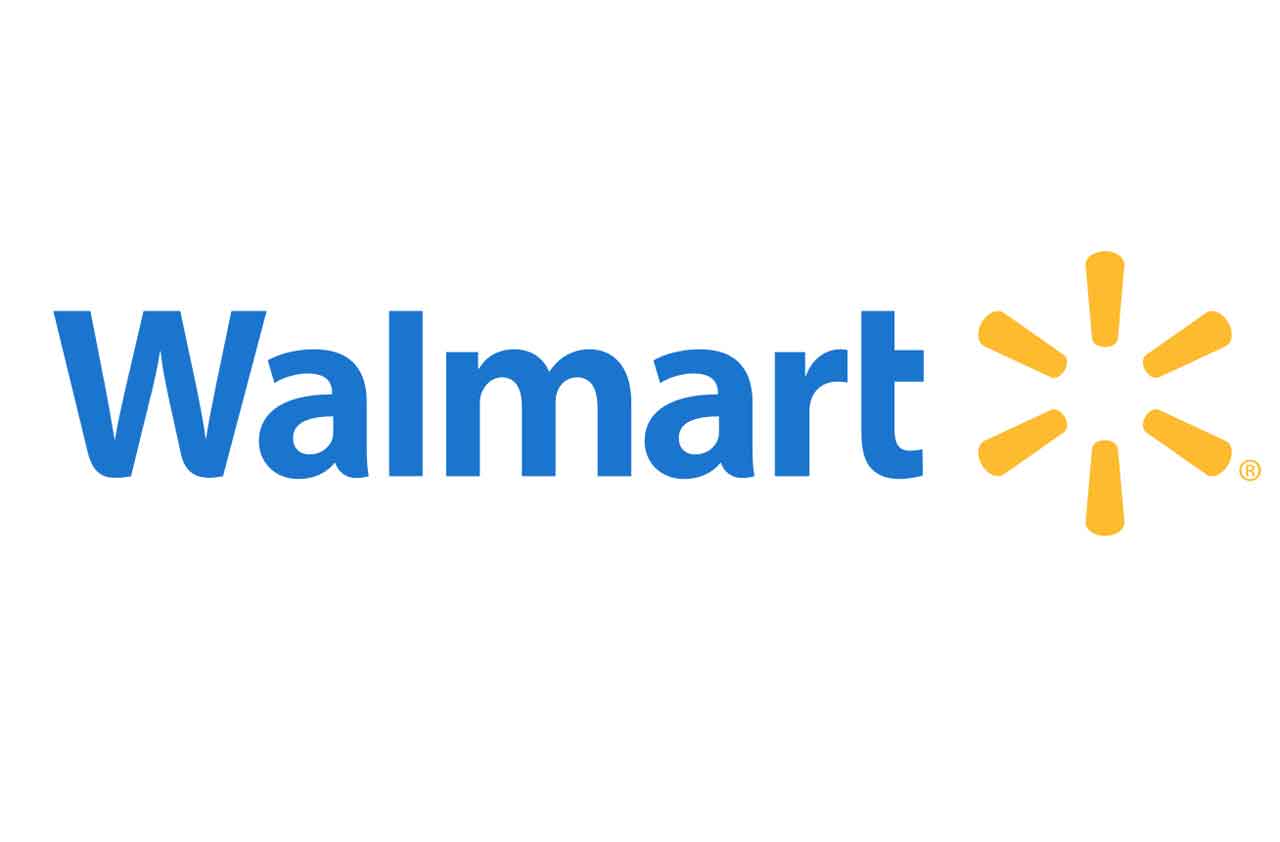
Arkansas: Wal-Mart Stores
- Headquarters: Bentonville
- Symbol: WMT
- Share price: $75.52
- Market value: $227.7 billion
- P/E: 17
Wal-Mart is the world’s largest retailer, at least in terms of floor space, with Wal-Mart, Sam’s Club and Wal-Mart International accounting for some 1.2 billion square feet worldwide.
Square footage didn’t help brick-and-mortar shops when the big, bad wolf known as Amazon came to blow them down, and Wal-Mart’s shares fell along with those of other retailers on news of Amazon’s bid for grocer Whole Foods. But Wal-Mart is making moves to better compete with the e-commerce giant, says Kevin Downing, an analyst at stock research firm Value Line. Wal-Mart recently launched free two-day shipping on orders of more than $35 (no membership required), and it introduced a discount, to take full effect by the end of June, on more than 1 million online-only items if customers are willing to ship them to their local store for pickup. In addition to buying Amazon rival Jet.com, the company has acquired online retailers Hayneedle, Shoebuy and Modcloth, with an acquisition of trendy men’s fashion start-up Bonobos in the works. Wal-Mart’s e-commerce strategy is paying off, says Downing. The retailer posted a 63% year-over-year gain in e-commerce sales for the quarter that ended in April 2017. What’s more, the company hopes to improve customers’ in-store experience, having raised wages and invested in employee training. These factors should spark modest earnings-per-share growth for the fiscal year ending January 2018, after two years of decline, says CFRA analyst Joseph Agnese. He rates the stock a “strong buy” and says the shares could trade at $87 over the next 12 months.
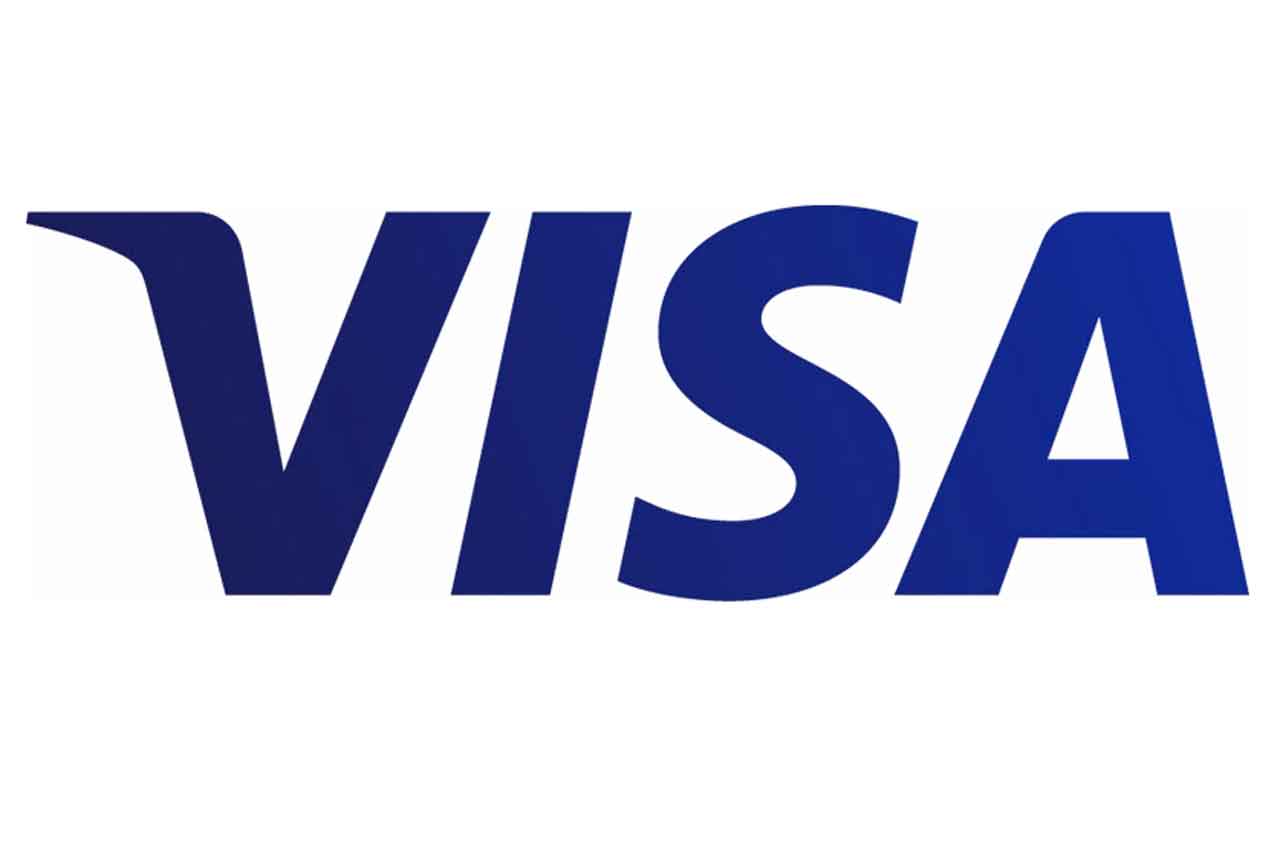
California: Visa
- Headquarters: Foster City
- Symbol: V
- Share price: $93.95
- Market value: $216.6 billion
- P/E: 26
It’s hard to keep Visa down for long. The payment processor accounts for about half of credit card transactions worldwide and an even higher percentage of debit card transactions, according to the Nilson Report, a newsletter tracking the payments industry. And there are few real challengers on the horizon.
Companies leading the way in digital payments, such as Apple, Google and PayPal, have chosen to partner with existing payment processors rather than attempt to dethrone them, says Morningstar analyst Jim Sinegal. In recent years, Visa has notched revenue gains despite unfavorable currency conditions, major data breaches and Russian sanctions. For the fiscal year ending in September 2017, Wall Street analysts, on average, project revenues to grow by 18%, thanks to growth in electronic, digital and mobile payments, and a doubling of merchant locations in India. Moshe Orenbuch, an analyst at Credit Suisse, believes earnings per share will rise by 18% over the same period, followed by a 15% boost in the fiscal year that ends in September 2018. He rates the stock a “buy,” with a 12-month price target of $105.
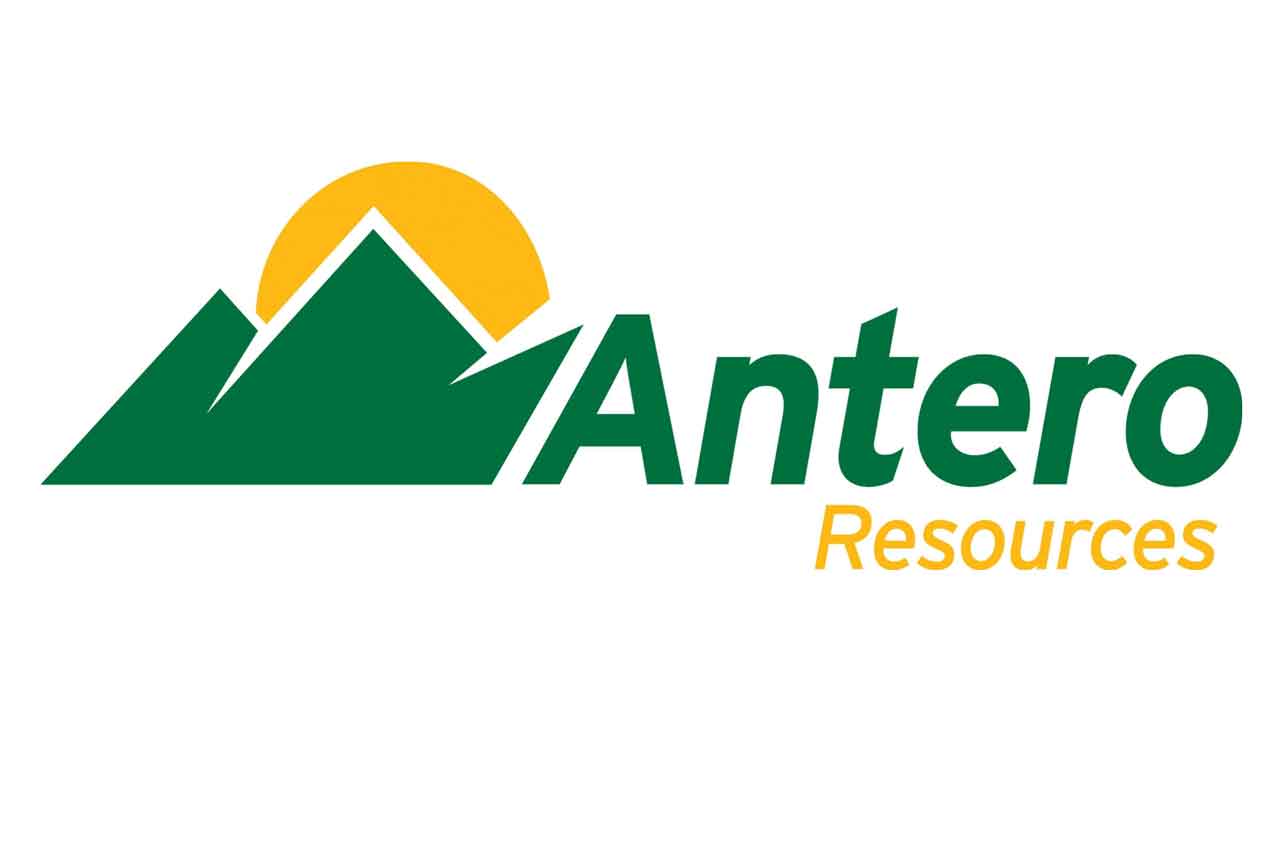
Colorado: Antero Resources
- Headquarters: Denver
- Symbol: AR
- Share price: $20.16
- Market value: $6.4 billion
- P/E: 27
Antero Resources is an oil and natural gas exploration and production company that operates primarily in the Marcellus and Utica shale formations in the Appalachian Basin.
Shares have fallen 1.6% since February, when the company reported a loss of $2.92 a share for 2016. The sell-off has left the stock looking cheap given Antero’s potential for growth. Antero’s future natural gas production is hedged (meaning it is locked in at a certain selling price) through 2018 at favorable prices, says CFRA analyst Stewart Glickman. That leaves Antero free to focus on growth through drilling, Glickman says. Antero projects 20% to 22% annualized growth in production through 2020. Even if that seems optimistic, Glickman says the stock is at “historical trough levels” and assigns a 12-month price target of $25.
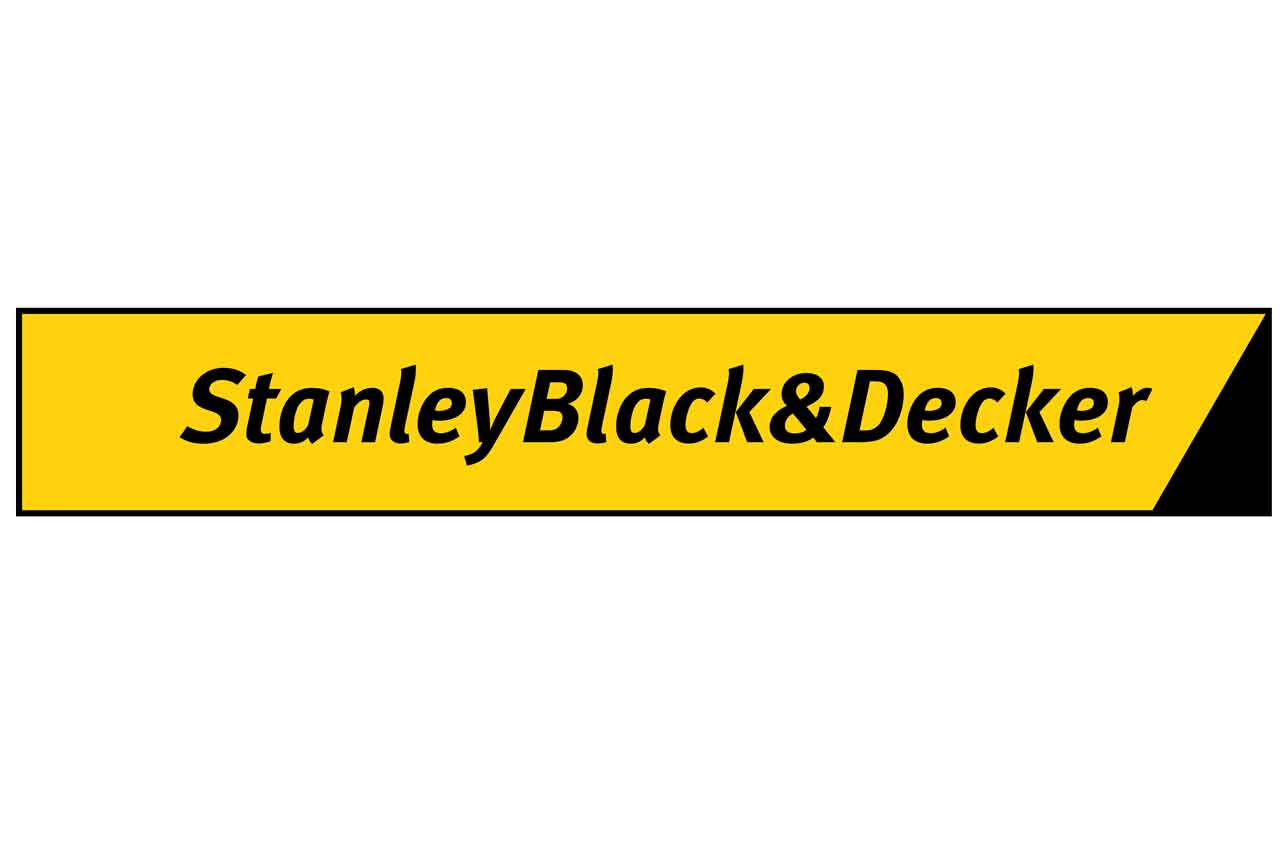
Connecticut: Stanley Black & Decker
- Headquarters: New Britain
- Symbol: SWK
- Share price: $142.14
- Market value: $21.8 billion
- P/E: 19
Stanley Black & Decker has been reorganizing its toolbox. In February, the manufacturer of industrial and household tools and accessories sold the majority of its commercial door locks business for $725 million. In March, a $900 million deal with Sears gave Stanley the right to make Craftsman Brand tools and sell them through other retailers. In the same month, Stanley acquired Newell Brands’ tool business for $1.95 billion. When the dust settled on those deals, Stanley Black & Decker bumped its 2017 earnings projection from a range of $6.85 to $7.05 per share to a range of $6.98 to $7.18 per share.
Shannon O’Callaghan, an analyst with financial services firm UBS, says that Newell’s tool business enhances and broadens Stanley’s core strength, and she sees the acquisition adding 80 cents a year to Stanley’s earnings per share by 2021. Similarly, she says that Stanley has potential to expand the Craftsman brand, given its scarcity outside of Sears locations, and sees an addition of 35 cents to 45 cents to earnings per share by 2021. She rates the stock a “buy” with a 12-month price target of $147.
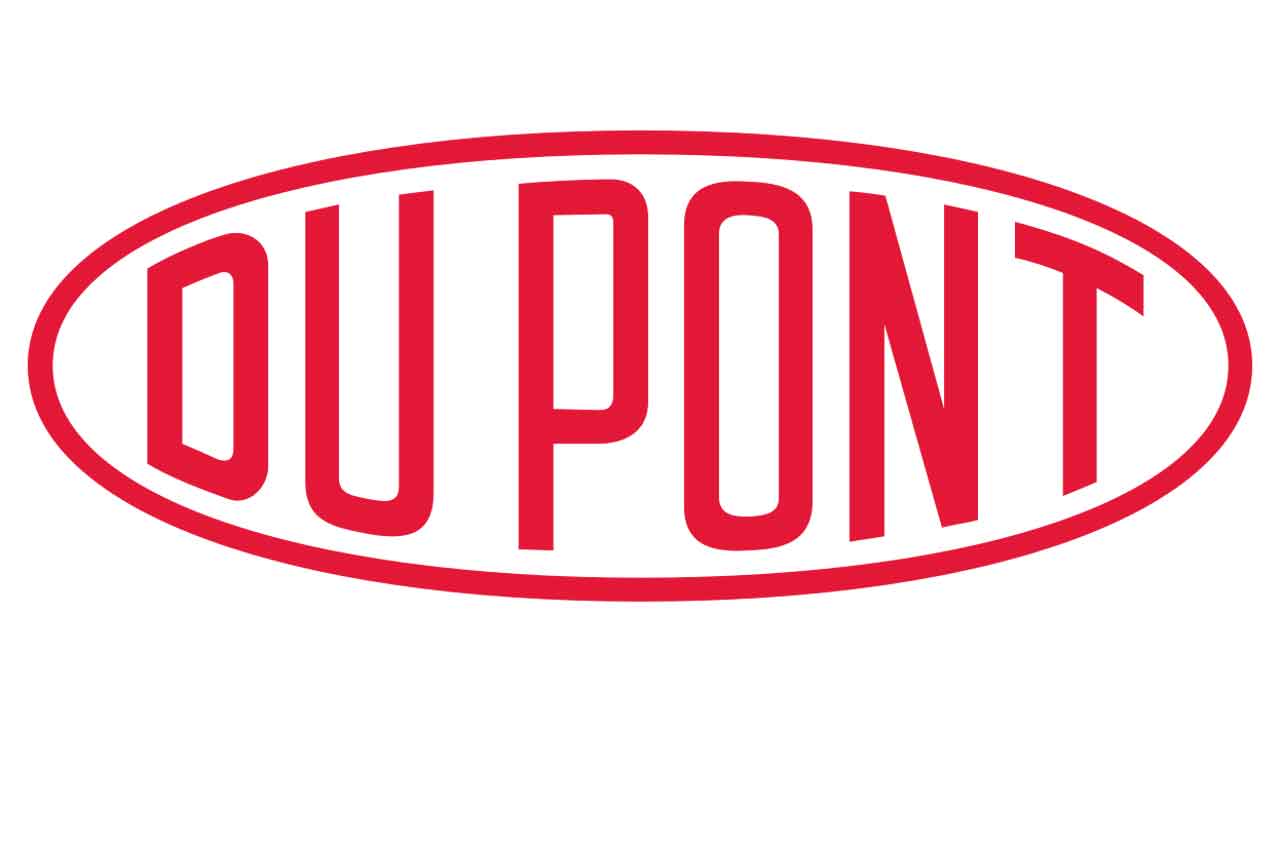
Delaware: E.I. DuPont de Nemours & Co.
- Headquarters: Wilmington
- Symbol: DD
- Share price: $81.34
- Market value: $70.5 billion
- P/E: 21
In December 2015, DuPont agreed to merge with fellow chemical giant Dow Chemical. Having received regulatory approval in Europe and the U.S., the deal is expected to close in August. The “merger of equals” will result in a new company, to be called DowDuPont, equally owned by Dow and DuPont shareholders and dually headquartered in Delaware and Michigan. The companies’ management teams estimate the deal will create $3 billion in annual cost savings in the first 24 months for the combined company and add $1 billion in annual earnings growth in the first 36 months.
CFRA analyst Christopher Muir is bullish on the merger and believes post-merger shares could gain 11% in the 12 months following the deal. Upon completion of the merger, executives from the two companies are mulling the possibility of breaking the company into three more-focused publicly traded companies. Whether it splits up or remains intact, Muir believes DowDuPont will be well positioned to capitalize on long-term increases in demand for agricultural products, as well as take advantage of global economic growth.
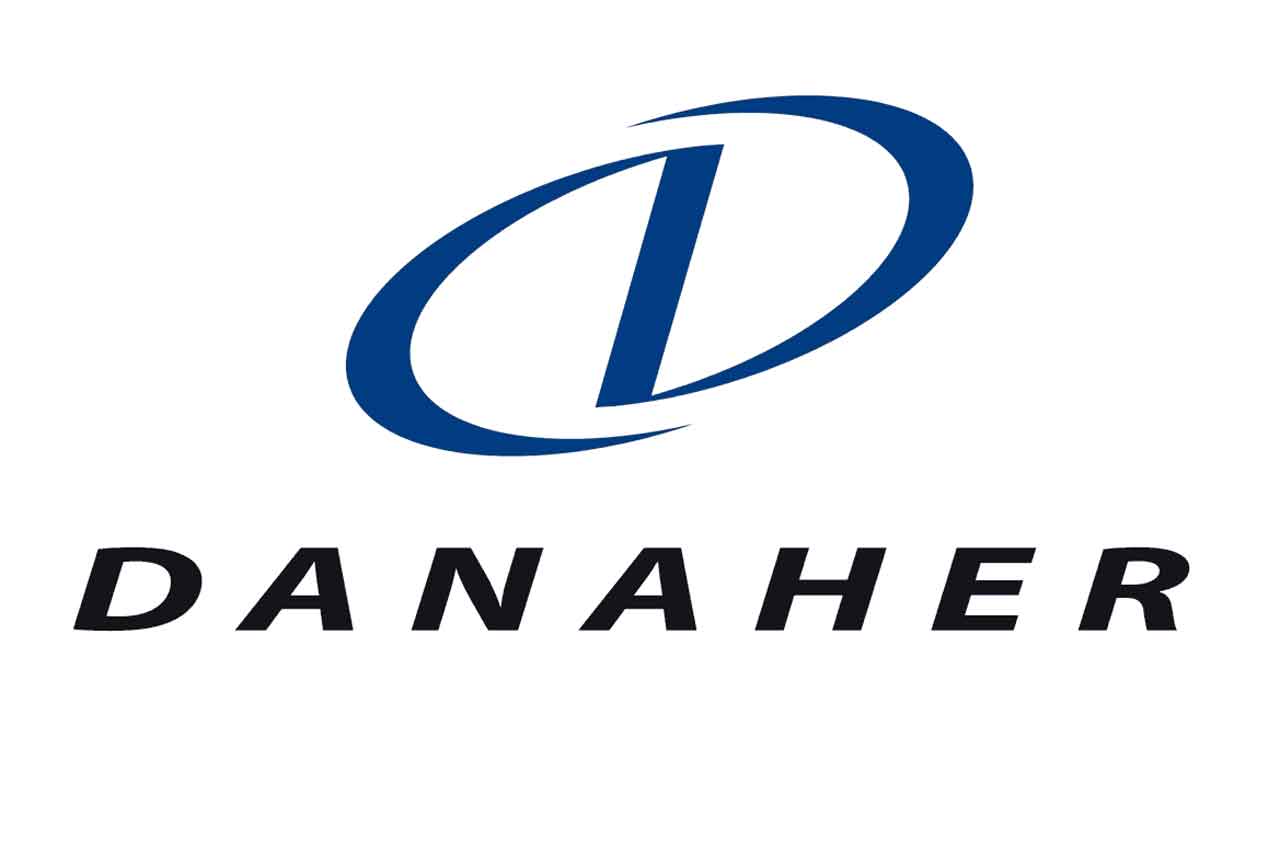
District of Columbia: Danaher
- Headquarters: Washington, DC
- Symbol: DHR
- Share price: $85.96
- Market value: $59.7 billion
- P/E: 21
Even after spinning off a number of units into a new, publicly traded company called Fortive (FTV) last year, Danaher is still an amalgam of a lot of different businesses. The company makes research tools for scientists, diagnostic and treatment tools for medical professionals, and products and services aimed at protecting the planet’s water supply.
Operating under these broad umbrellas, Danaher remains a serial acquirer that looks to scoop up innovative but underperforming companies from which it believes it can wring out extra profits. Value Line analyst Erik Manning says the strategy is “a proven winner over time” and should have earnings nearing $4 a share this year, an 18% bump from last year’s $3.34 per share. Analysts at Credit Suisse say Danaher’s shares are undervalued compared with the shares of the company’s peers and see a growing enthusiasm for Danaher’s diverse portfolio of companies that the analysts believe could propel the stock to $93 over the next 12 months.
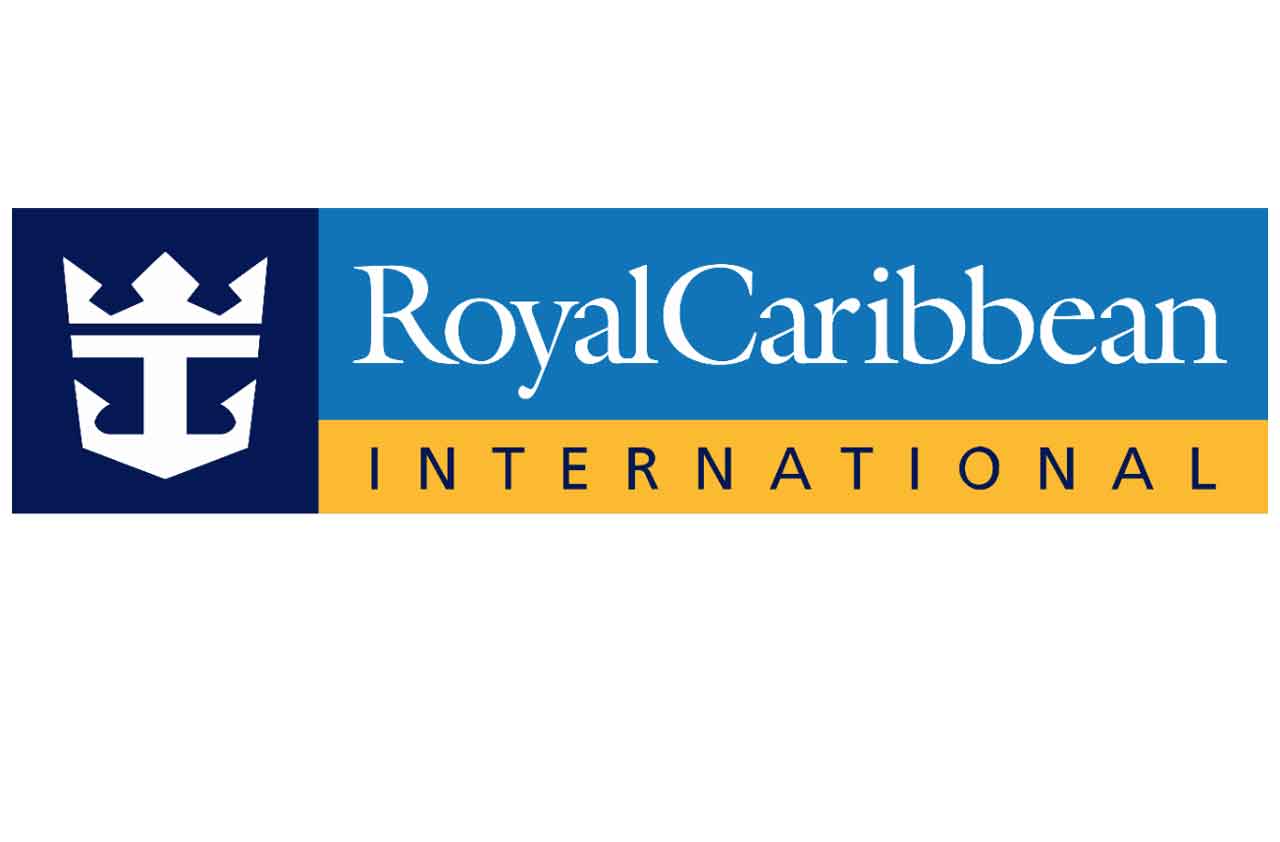
Florida: Royal Caribbean Cruises
- Headquarters: Miami
- Symbol: RCL
- Share price: $112.15
- Market value: $24.1 billion
- P/E: 15
There’s a lot to like about a company that keeps its promises to investors, and Royal Caribbean appears to be doing exactly that. Under its “Double Double” initiative, announced in 2014, the company set out to increase the return on investor capital (a measure of the return a company makes on each dollar invested in the business) to a double-digit annual rate, and to double earnings per share by 2017. Here we are in 2017, and Value Line projects return on investor capital this year of 10%, up from 5.9% in 2014. And Wall Street analysts, on average, expect the company to post $7.20 in earnings per share this year, more than twice 2014’s figure of $3.43 per share.
Investors have taken notice: The stock has soared 38% since the beginning of the year. But analysts still view the stock favorably. Value Line analyst Adam Platt notes that bookings for 2017 are already above last year’s record high, and they are being issued at higher prices. He adds that the addition of new ships should drive earnings growth through 2022, with newer ships yielding more revenue per room and proving more cost-efficient to run. Analysts at Wedbush are bullish on cruise-line operators overall, and Royal is their top recommendation, given its attractive mix of growing profitability and robust cost controls. They see the stock hitting $117 over the next 12 months.
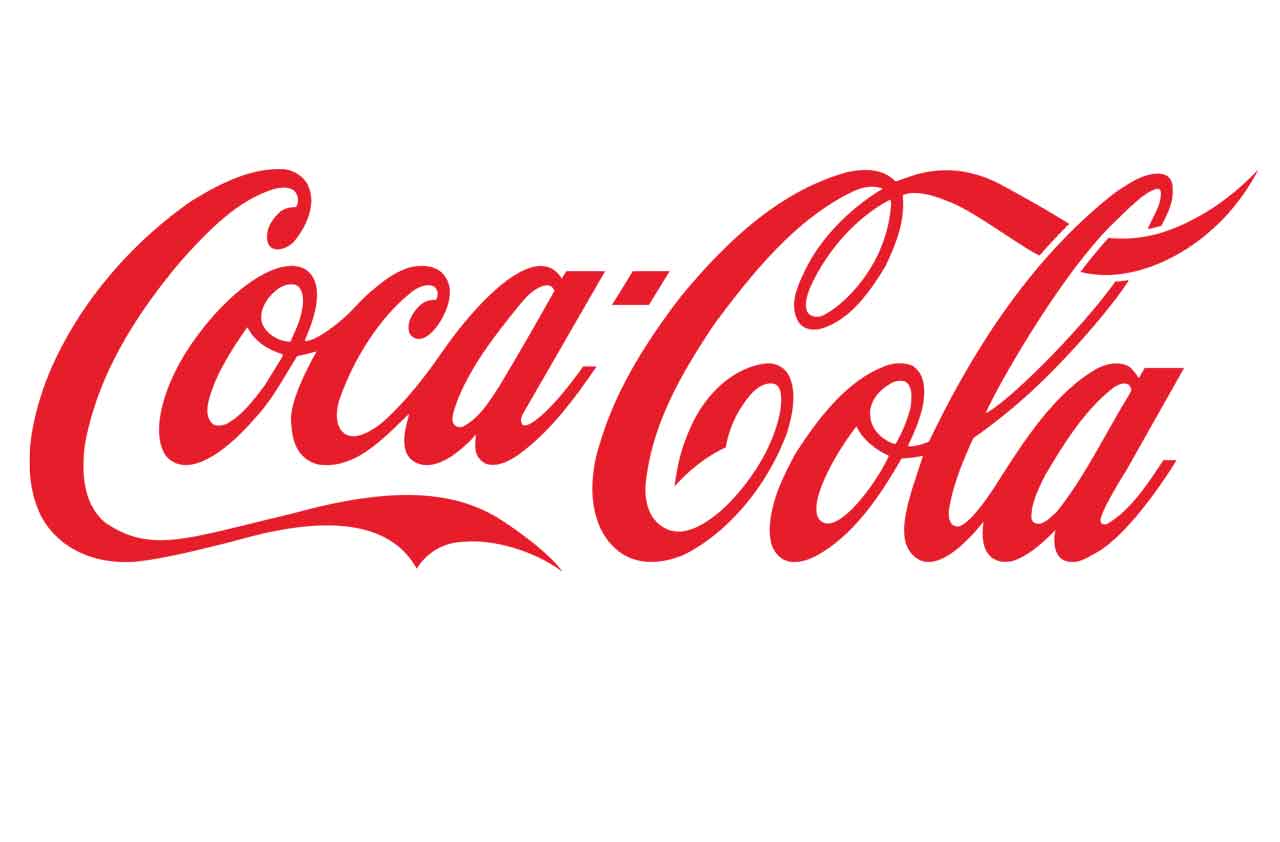
Georgia: The Coca-Cola Co.
- Headquarters: Atlanta
- Symbol: KO
- Share price: $45.07
- Market value: $192.6 billion
- P/E: 24
By the end of this year, Coke expects to finish selling its corporate-owned U.S. bottling system to franchisees. This process, called “refranchising,” should ding revenues of the legendary beverage-maker in the short run. Wall Street analysts, on average, expect sales to dip 17% this year, accompanied by a 2 cent slide in earnings per share, to $1.88. But the move represents the beginning of an important shift for the company, say analysts at Credit Suisse—one that allows the company to focus on building great brands while franchisees worry about day-to-day bottling operations.
Under the leadership of CEO James Quincey, who took the reins May 1, Coca-Cola is positioning itself as a “total beverage company,” according to Credit Suisse, with plans to make and market five categories of beverages: Carbonated soft drinks, coffee and tea, energy drinks, juice and dairy drinks, and water and sports drinks (in order of market share). Coke’s strong balance sheet gives it the flexibility to create new revenue streams through strategic brand acquisitions, says Credit Suisse. Analysts there believe the company is positioned to unlock earnings growth at the fastest rate in at least five years, and they rate the stock a “buy,” with a 12-month price target of $49. Coke’s generous dividend will compensate investors while they wait for Coke’s restructuring to boost earnings growth. Coke recently hiked its dividend for the 55th consecutive year; the stock currently yields 3.3%.

Hawaii: Bank of Hawaii Corp.
- Headquarters: Honolulu
- Symbol: BOH
- Share price: $80.70
- Market value: $3.4 billion
- P/E: 18
This year is looking warm and breezy for Bank of Hawaii, says Value Line analyst Kenneth DeFranco Jr. Rising interest rates and increased loan demand are boosting interest income for the bank. And a healing Hawaiian economy marked by elevated tourism, growth in new construction and strengthening median home prices bodes well for the bank, he says. He expects earnings per share to reach $4.70 by the end of 2018, a 5% annual growth rate from last year’s mark.
Bank of Hawaii is one of only two publicly traded banks in the state, and the islands' isolation, coupled with Hawaiians’ loyalty to names they trust, means that the bank faces little competition from large, mainland banks, says Craig Stone, who manages Virtus KAR Small-Cap Value Fund. Bank of Hawaii is a top-ten holding in the fund. Stone appreciates the company’s consistent (if not stratospheric) earnings growth rate, which helps the stock hold up well when the market tumbles, he says. During the 2007–09 bear market, Bank of Hawaii slid a cumulative 49%, compared with a 55% loss for the S&P 500 and 69% for the average U.S. regional bank. Over the past 15 years, shares in Bank of Hawaii returned an annualized 9.1%, outpacing its peers by four percentage points and the broad market by 0.7-point. After a 4% dividend hike in March, the stock currently yields 2.5%.
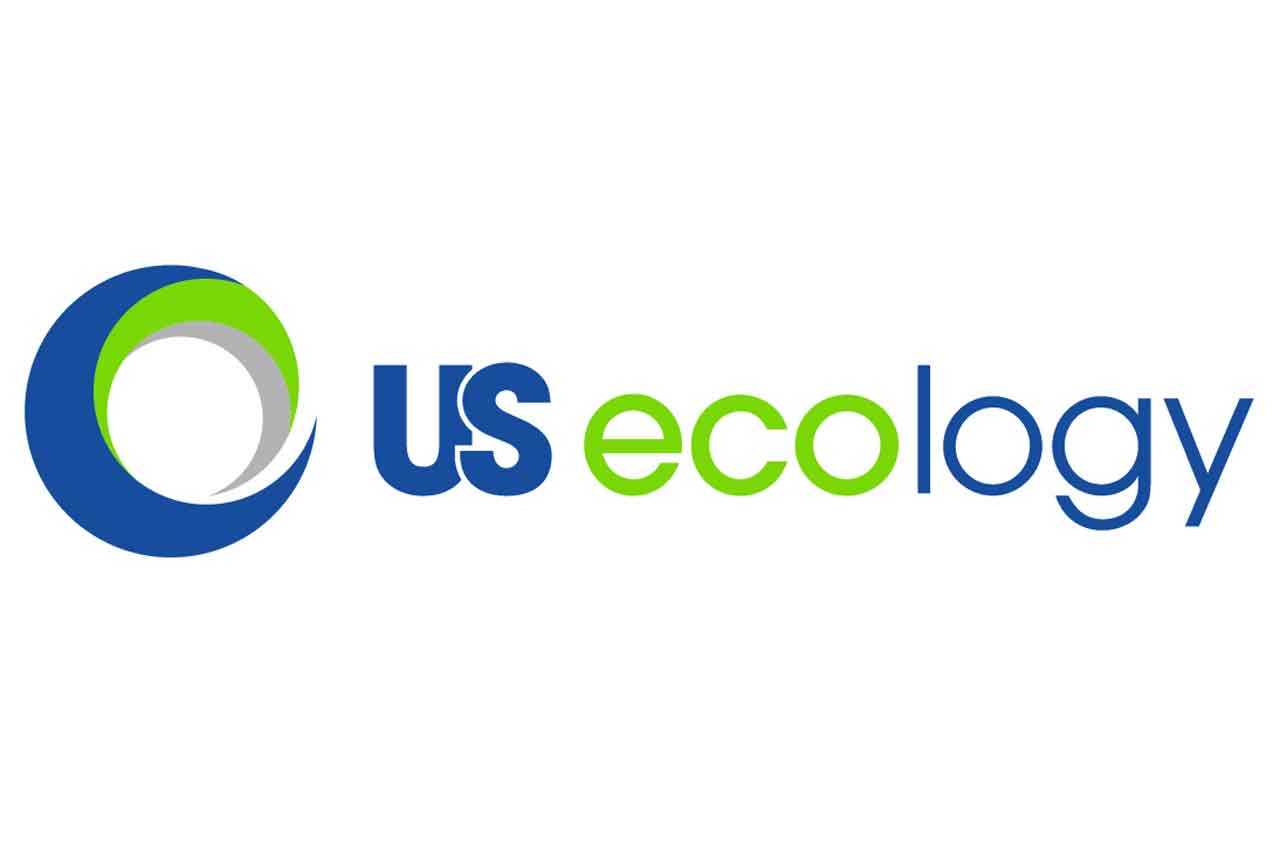
Idaho: US Ecology
- Headquarters: Boise
- Symbol: ECOL
- Share price: $49.35
- Market value: $1.1 billion
- P/E: 26
US Ecology operates hazardous-waste disposal landfills in the U.S. and Canada. The company’s focus on hazardous materials has historically produced higher profit margins than more-diversified waste management firms, says Morningstar analyst Barbara Noverini.
Although US Ecology depends on its core contracts with industrial-waste generators that consistently pay the company for regular disposal, a large portion of its business comes from high-volume special projects. Delays in a number of those projects last year, combined with overall sluggishness in the industrial sector, led to declines in 2016 earnings and sales. But Value Line analyst Simon Shoucair notes that 2016 project deferments have pushed business into 2017. Add in improving prospects for many of US Ecology’s industrial clients, and the company is poised to bounce back this year, he says. Stifel analysts Michael Hoffman and Brian Butler see earnings per share jumping 18% this year, helping to push the stock to $55 over the next 12 months.
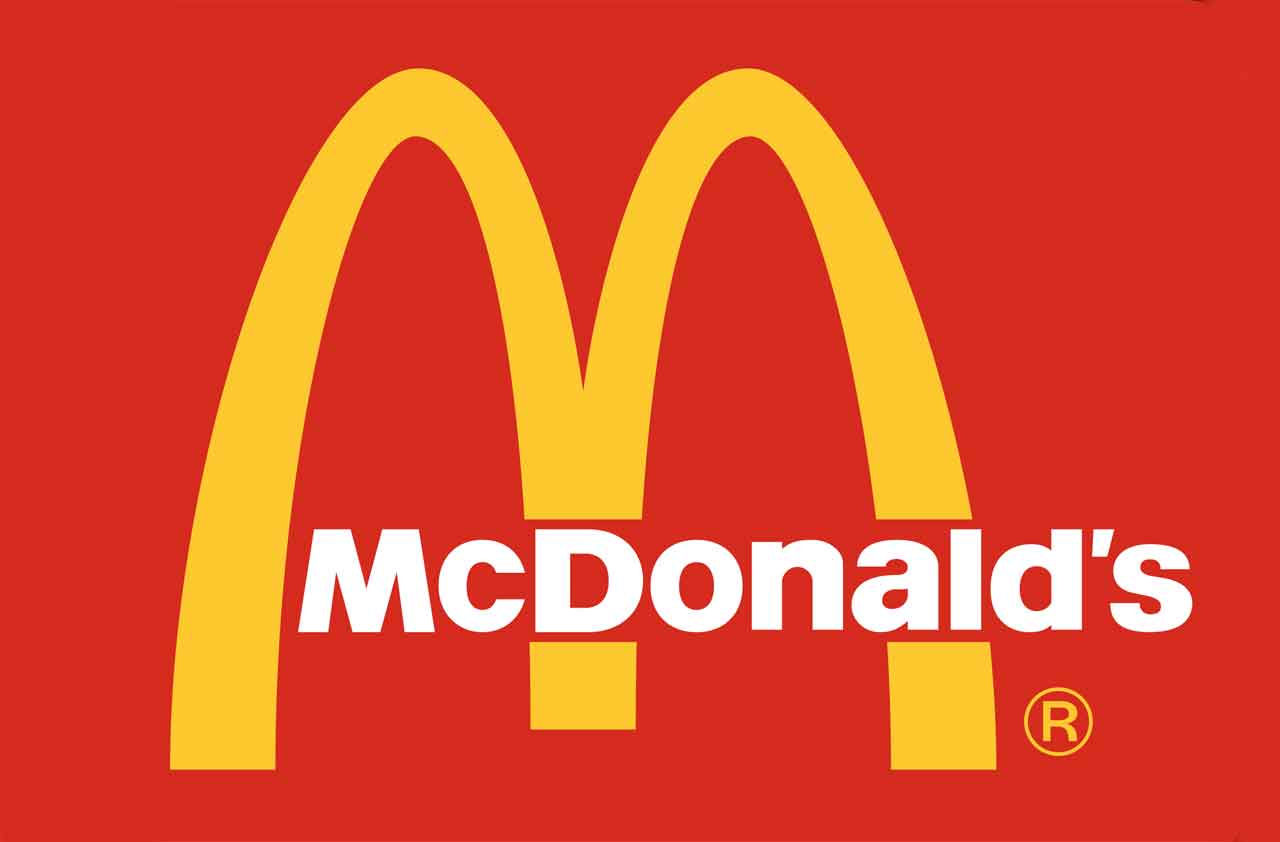
Illinois: McDonald’s
- Headquarters: Oak Brook
- Symbol: MCD
- Share price: $154.80
- Market value: $126.2 billion
- P/E: 24
McDonald’s is in the middle of a multiyear turnaround. In 2015, the company initiated efforts to sell 4,000 corporate locations to franchisees by 2018, eventually reducing annual costs by $500 million. The company now plans to finish this process by the end of 2017. McDonald’s posted stellar first-quarter numbers, beating earnings estimates and posting a 4% gain in global sales for restaurants open at least a year, compared with the first quarter of 2016. One quarter doesn’t make McDonald’s a high-growth company, say analysts at Credit Suisse. But the results are impressive at this stage of the company’s turn-around effort. They add that years of investment overseas, in digital platforms and kiosks, for example, are helping international sales pick up steam. Credit Suisse believes the stock could hit $165, a 6.6% bump from the current price, over the next 12 months.
Plus, McDonald’s remains a safe bet for income investors. Mickey D’s has raised its dividend in every year since it began paying one in 1976. CEO Steve Easterbrook said in April that the company plans to return $22 million to $24 million to investors from 2017 to 2019 in the form of dividends and share buybacks. The stock currently yields 2.4%.
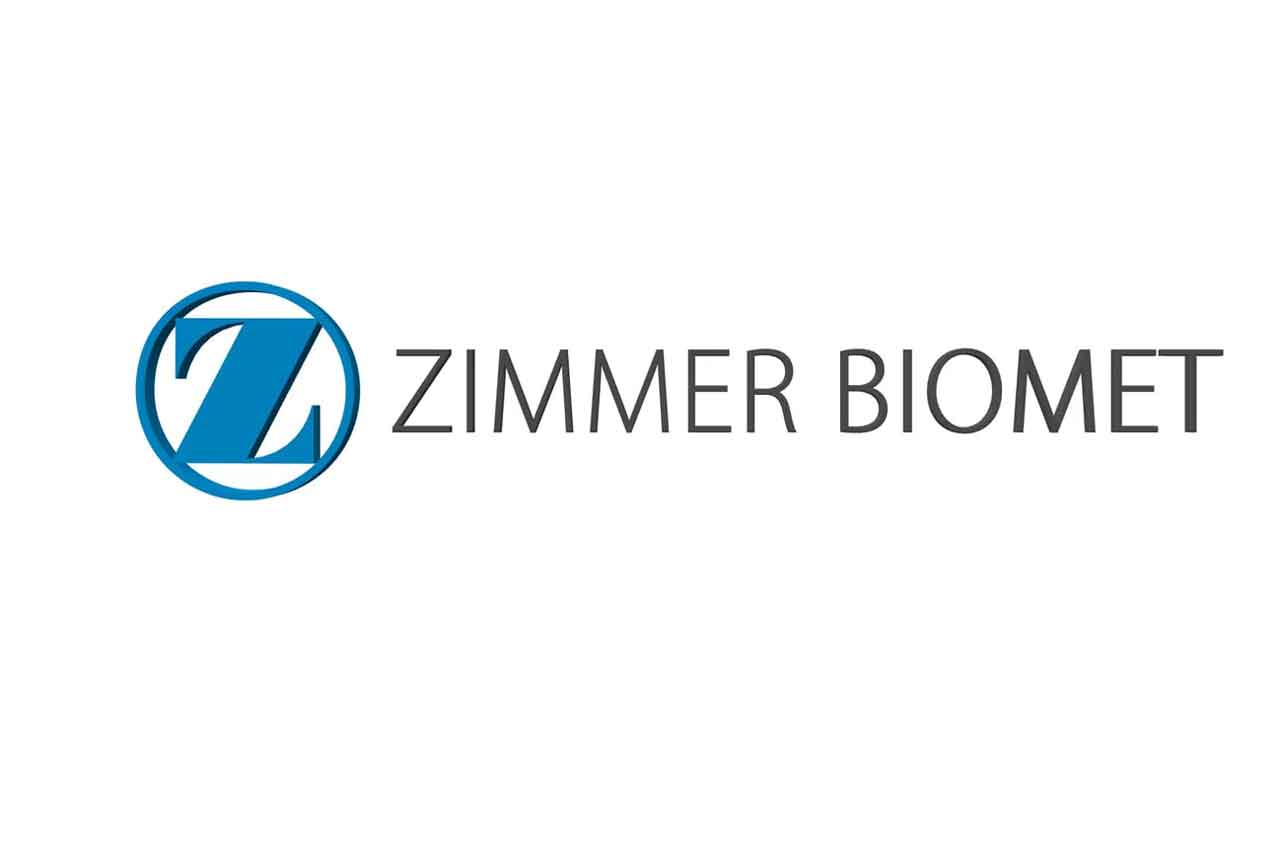
Indiana: Zimmer Biomet
- Headquarters: Warsaw
- Symbol: ZBH
- Share price: $129.39
- Market value: $26.1 billion
- P/E: 15
The company that resulted from the 2015 merger of Zimmer and smaller competitor Biomet is the leading maker of orthopedic implants, such as knee and hip replacements, for the U.S., Europe and Japan.
The company has gotten off to a rocky start this year, as production delays at its manufacturing facility depleted inventory. As a result, Zimmer Biomet reduced its 2017 sales and earnings estimates. Concerns over the supply chain have created volatility in the stock, says CFRA analyst Jeffrey Loo. But he thinks that the shares already reflect those worries and that the issue will be resolved by the second half of this year. Zimmer shares trade at 15 times estimated year-ahead earnings—below health care companies’ current average of 16 times estimated earnings. Yet the global, long-term demand for Zimmer’s orthopedic implants remains intact, given aging populations and rising obesity levels. The stock is “top pick” at investment research firm Needham & Company, which assigns a 12-month price target of $153.
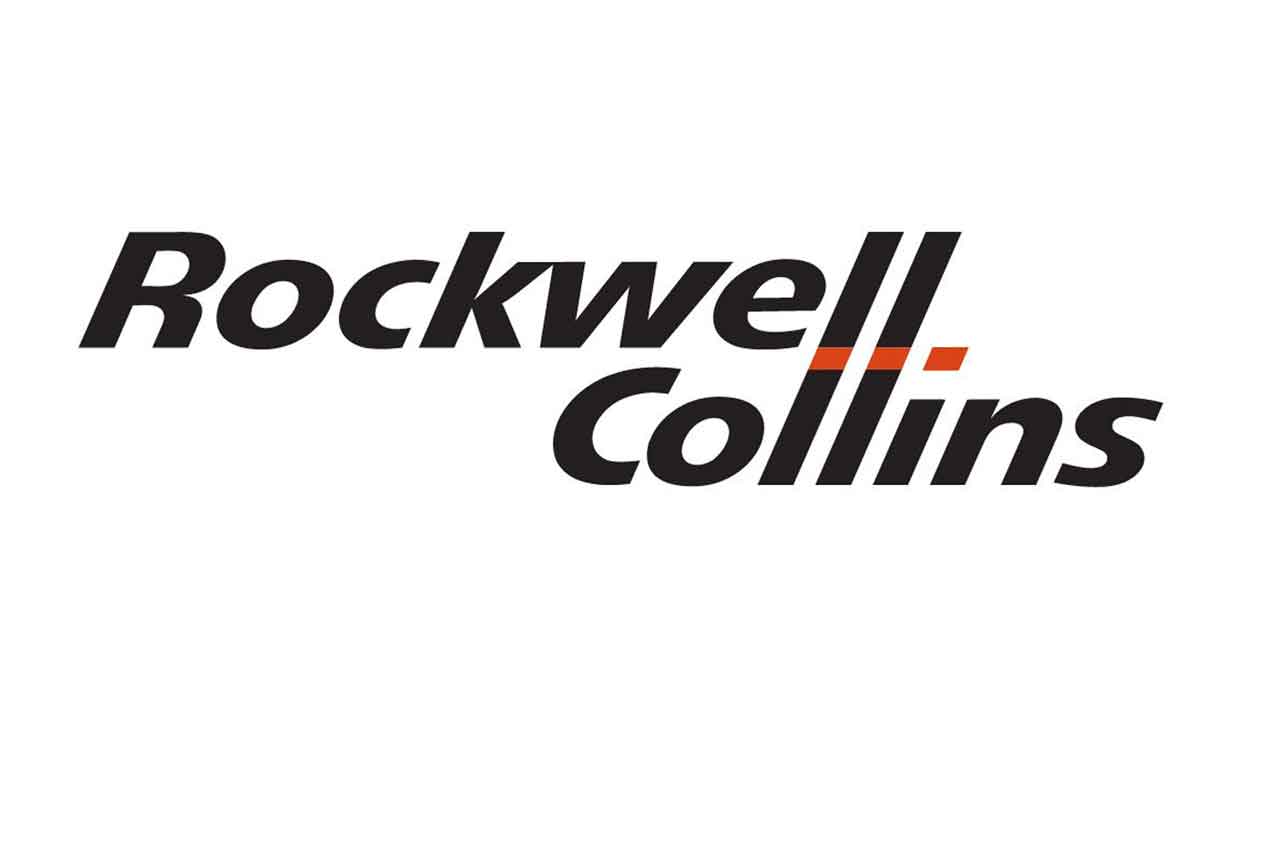
Iowa: Rockwell Collins
- Headquarters: Cedar Rapids
- Symbol: COL
- Share price: $103.99
- Market value: $16.9 billion
- P/E: 15
Before an $8.6 billion acquisition of B/E Aerospace in April, Rockwell was a leading manufacturer of avionics, flight control, communications and navigation systems that go into planes’ cockpits. In B/E, which manufactures, among other things, seating, lighting, oxygen systems and kitchen equipment, Rockwell has effectively acquired the rest of the plane.
Both companies are cash-rich, and the combined entity should be able to quickly pay down debt accrued during the merger, say analysts at Credit Suisse. The deal gives Rockwell more-direct exposure to commercial airlines, which is a more lucrative business than selling to other parts manufacturers. Credit Suisse analysts expect Rockwell to boost earnings by 24% and sales by 66%, cumulatively, through the two fiscal years ending in September 2018. They believe the stock has potential to reach $120 over the next 12 months, representing a potential gain of 15%.
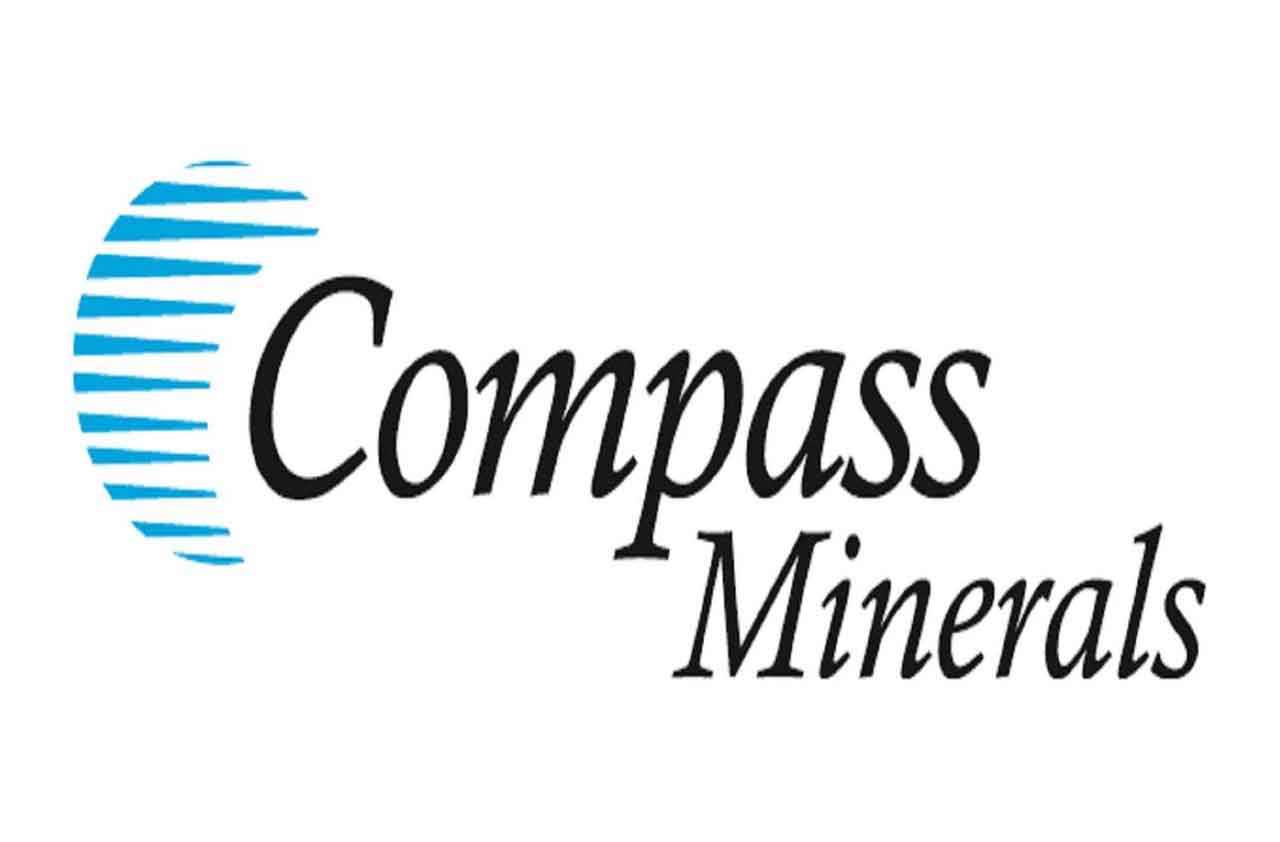
Kansas: Compass Minerals International
- Headquarters: Overland Park
- Symbol: CMP
- Share price: $65.30
- Market value: $2.2 billion
- P/E: 18
Compass Minerals produces two products, salt and sulfate of potash, more cheaply than its competitors. Compass’s rock salt mine, given its unique geology and location near a deepwater port, allows the company to efficiently deliver salt to customers who use it to deice frozen highways. And although sulfate of potash, a specialty fertilizer, is typically produced by adding sulfuric acid to standard potash at high temperatures, Compass makes its potash directly from salt brines, at a significantly lower cost.
CFRA analyst Christopher Muir says Compass’s strong market position in salt allows the company to generate stable free cash flows (cash generated after capital expenditures). The company is committed to returning that cash to shareholders, and it recently raised its quarterly dividend for the 14th consecutive year, a 4% bump to 72 cents a share, for a yield of 4.4%. Despite warm weather in 2016 and early 2017, sales of salt used for deicing should rise later this year, says Muir, contributing to 22% sales growth estimated for Compass in 2017. And despite near-term pricing challenges in the potash market, he sees long-term growth in Compass’s fertilizer sales. He rates the stock a “buy,” with a 12-month price target of $72, representing a potential 10% gain in the stock’s price.

Kentucky: Yum Brands
- Headquarters: Louisville
- Symbol: YUM
- Share price: $74.54
- Market value: $26.0 billion
- P/E: 27
Even if you haven’t heard of Yum Brands, chances are you’ve eaten at one of its more than 43,000 restaurants—mostly KFC, Pizza Hut and Taco Bell locations—which operate in more than 135 countries and territories.
Last November, the quick-service restaurant giant completed plans to spin off its China division, accounting for 17% of the company’s stores. The division has since operated as a franchisee, paying royalties to Yum for sales in China. The move marked the beginning of a transformation in which Yum intends to shift 98% of its stores to a franchisee ownership structure by 2019, up from 77% last year and 93% post spin-off. While the spin-off initially lowered the company’s revenues, the plan should result in higher profit margins and more-stable income, says Value Line analyst Robert Greene. Yum expects to cut annual spending on plant and equipment to $100 million in 2019, down from $500 million in 2015, and reduce operating expenses by a cumulative $300 million over the same period. These cost savings combined with the company’s commitment to reducing its share count via buybacks will drive 13% annual growth in earnings per share through 2018, says CFRA analyst Tuna Amobi. The dividend yield, though modest at 1.6%, should keep pace; Yum has hiked its quarterly payout by double-digit percentages every year since 2004. Amobi sees Yum’s stock hitting $78 over the next 12 months and rates it a “strong buy.”
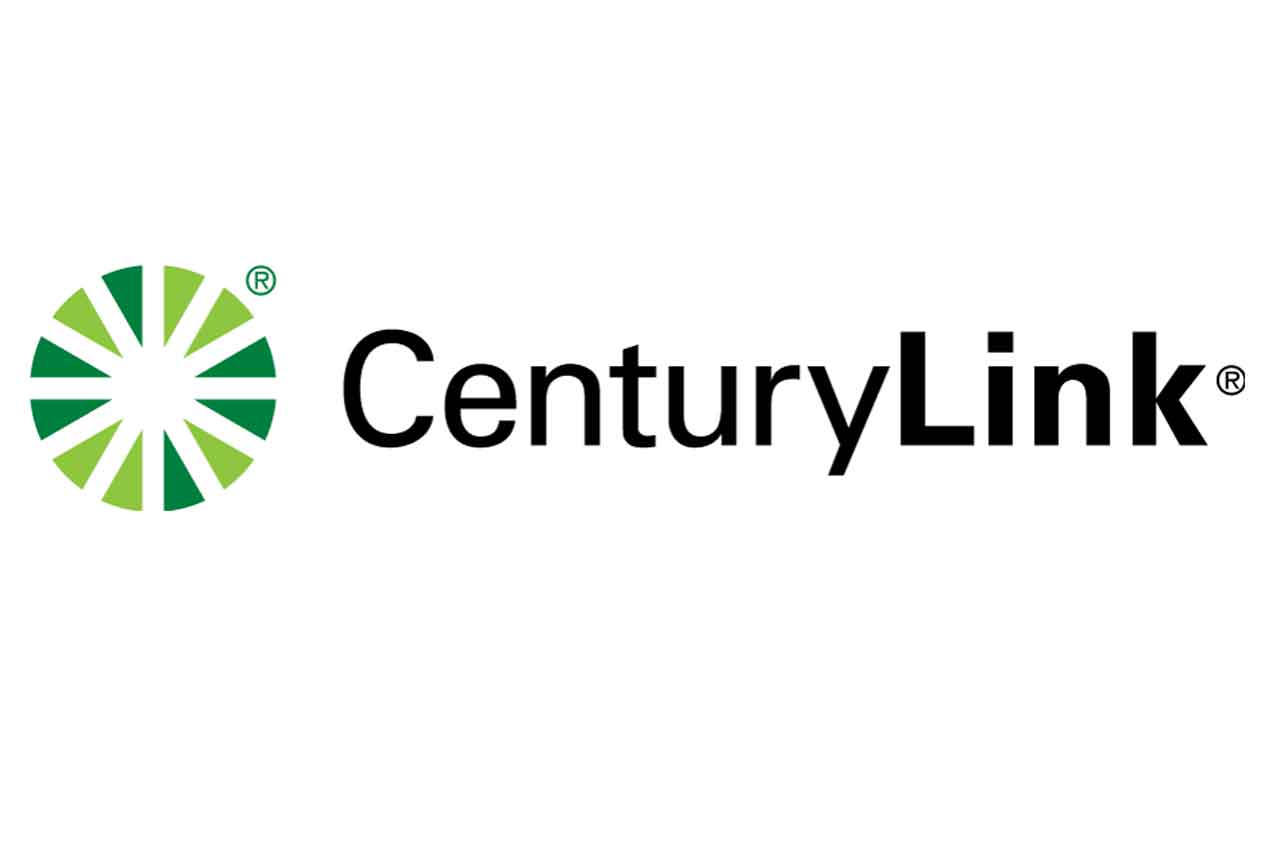
Louisiana: CenturyLink
- Headquarters: Monroe
- Symbol: CTL
- Share price: $24.35
- Market value: $13.4 billion
- P/E: 11
The third-largest telephone company in the U.S., CenturyLink provides broadband, voice and wireless services to residential and business customers.
The company’s stock plummeted last October when it announced plans to acquire telecom rival Level 3 Communications, likely over investor concerns that CenturyLink was overpaying, says Value Line analyst Daniel Henigson. That the company reported a 4% year-over-year revenue decline in the first quarter didn’t improve investor sentiment, and long-term concerns remain about wireless providers depleting CenturyLink’s highly profitable landline business. Though cautious about the revenue declines, CFRA analyst Angelo Zino says the company’s sales are growing in more-profitable areas, such as high-bandwidth broadband, and the Level 3 acquisition should increase CenturyLink’s geographic reach (the new company will serve some 350 metropolitan areas in more than 60 countries). He adds that the company has plenty of cash to support its mouth-watering dividend—the stock yields 8.9% annually. He rates the stock a “buy,” with a 12-month price target of $28.
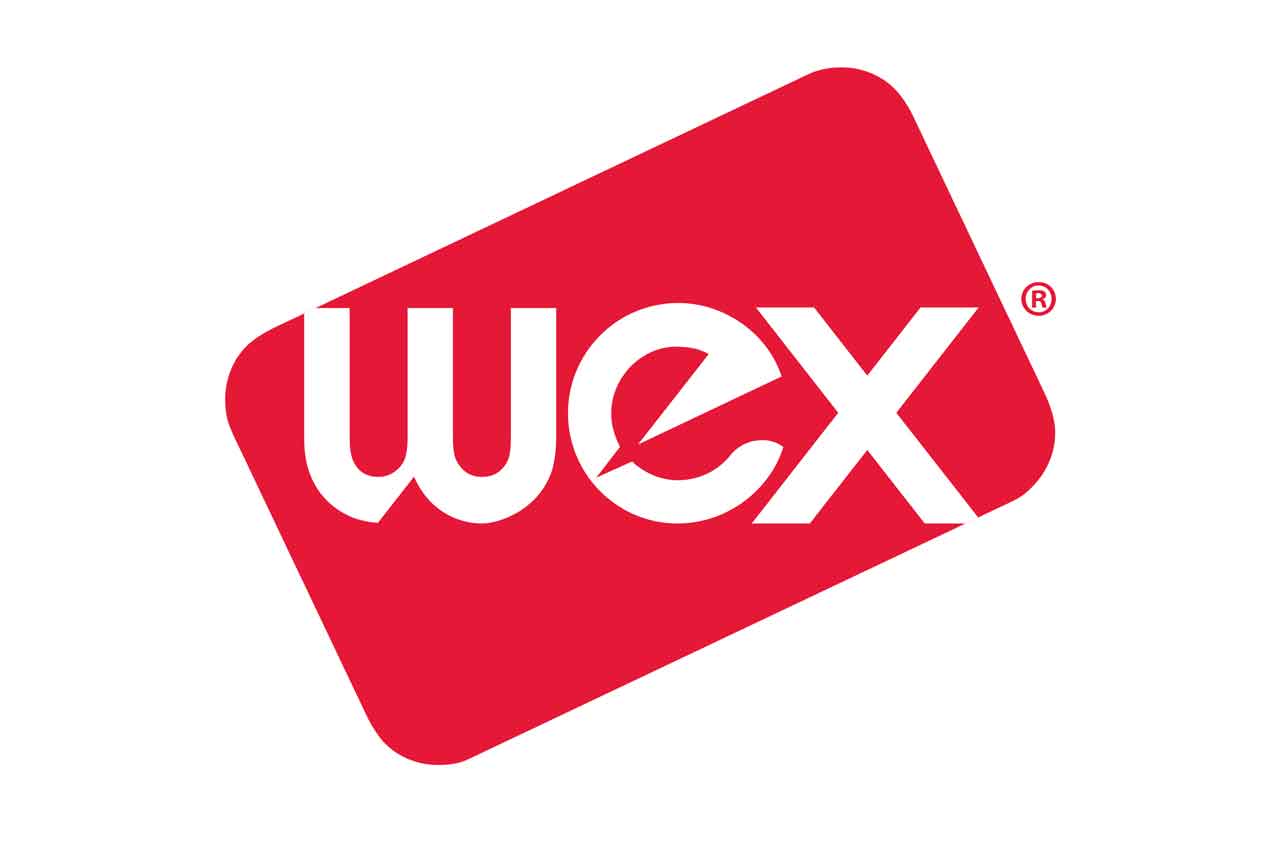
Maine: WEX Inc
- Headquarters: South Portland
- Symbol: WEX
- Share price: $102.09
- Market value: $4.4 billion
- P/E: 19
Wex provides electronic-payment processing and credit card services for the travel and trucking industries, as well as a health care benefits administration platform.
The company posted excellent first-quarter results, with sales growing 41% from the same quarter last year and earnings climbing 27%. So far this year, however, the share price has slid 8.5%. William Blair analyst Robert Napoli says shares are undervalued thanks to a bearish report on Wex’s primary competitor, as well as recent fuel-price declines, which impact the amount truckers charge on the company’s fuel-payment cards. But the company’s growth prospects are bright. Its fleet business in Brazil, for instance, is targeting the 4 million commercial vehicles in the nation that lack the kind of fuel cards Wex sells. Napoli believes the Brazil segment, which accounts for 5% to 10% of Wex’s total revenue, will continue to see sales grow at a 20% clip. Factoring in partnerships with Chevron and Texaco, which are set to begin in 2018, he sees annual earnings growth in the mid-teen percentages through 2019, with the possibility of some strategic mergers and acquisitions bumping growth rates higher. He calls the recent slide in price an “attractive entry point” and says the stock will beat the broad market over the next 12 months.
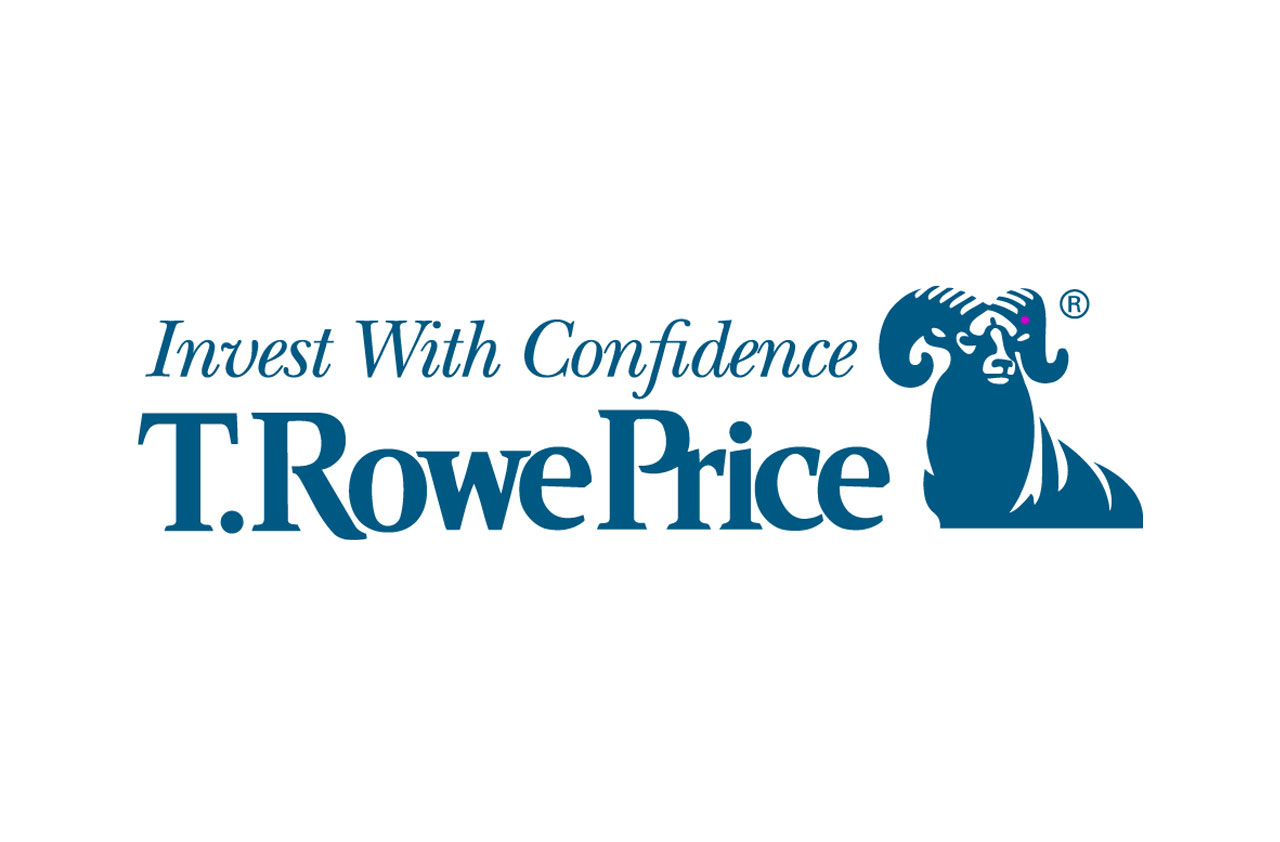
Maryland: T. Rowe Price
- Headquarters: Baltimore
- Symbol: TROW
- Share price: $73.20
- Market value: $17.7 billion
- P/E: 15
Like all active asset managers these days, T. Rowe Price faces pressure to win investor dollars that are increasingly finding their way to passively managed mutual funds and exchange-traded funds. But the venerable fund house’s first-quarter results were still respectable. The company posted a 12% increase in sales over the same quarter last year, as assets under management rose 16% and investment advisory fees rose 14%. (Advisory fees account for more than 80% of the firm’s annual revenues.) Value Line analyst Frederick Harris expects earnings growth of 12% this year and a more modest 4% in 2018. But the performance of T. Rowe’s funds is encouraging. Through March, 82%, 79% and 85% of T. Rowe’s mutual funds beat their peers on a three-, five-, and 10-year basis, respectively. The funds’ strong relative performance should continue to attract investor assets, says CFRA analyst David Holt. And because about two-thirds of the company’s managed assets are in retirement accounts, he adds, T. Rowe boasts a higher rate of asset retention than that of many competitors. He rates the stock a “buy,” with a 12-month price target of $79. Following a 5.6% bump, the company’s quarterly dividend stands at 57 cents per share, for a yield of 3.1%.
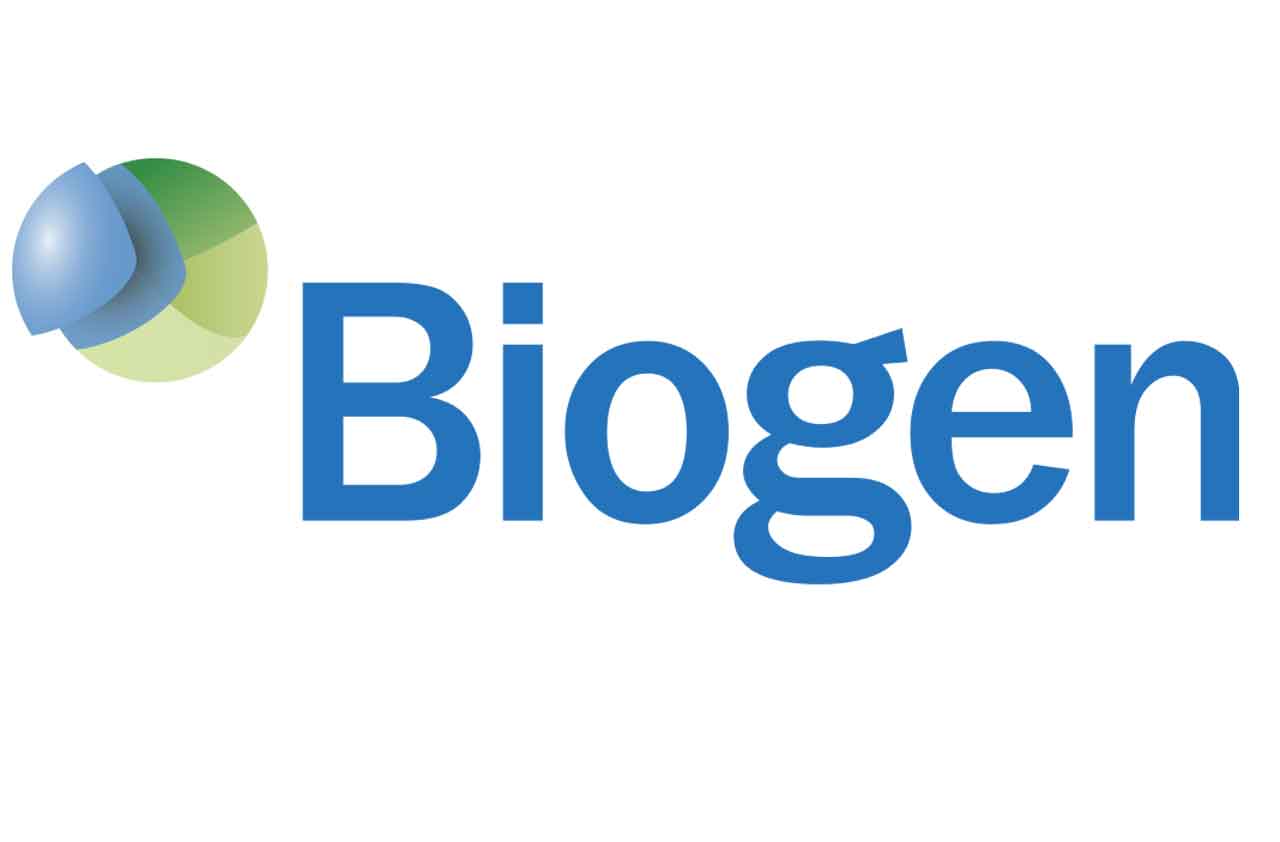
Massachusetts: Biogen
- Headquarters: Cambridge
- Symbol: BIIB
- Share price: $280.57
- Market value: $59.5 billion
- P/E: 14
Biogen is a biopharmaceutical company specializing in treatments for cancer and autoimmune diseases.
Shares are up 5% since the start of the year (compared with a 20% gain in the average biotech stock), with shake-ups in senior management testing investor confidence and competitors launching drugs that could challenge Biogen’s core franchise of multiple-sclerosis drugs. But CFRA analyst Jeffrey Loo believes Biogen is positioned to maintain a leading share in an expanding and diverse market for MS treatments. He projects a slight uptick in revenues from Biogen’s flagship MS drug, Tecfidera, to $4.13 billion this year, up from $3.97 billion in 2016. And Morningstar analyst Karen Andersen has high hopes for Spinraza, a drug aimed at treating spinal muscular atrophy, following recent approvals from the U.S. Food and Drug Administration and the European Union. She sees annual sales of the drug hitting $2 billion by 2020. CFRA’s Loo projects a 23% gain in earnings per share for Biogen in 2017, followed by a 9% increase in 2018. Shares trade at just 13 times Loo’s 2017 earnings estimate, making the stock a good value compared with peers. His 12-month price target of $387 would put Biogen’s shares in line with other biotech firms, says Loo, trading at 18.5 times earnings. That implies a 38% bump from the stock’s current price.
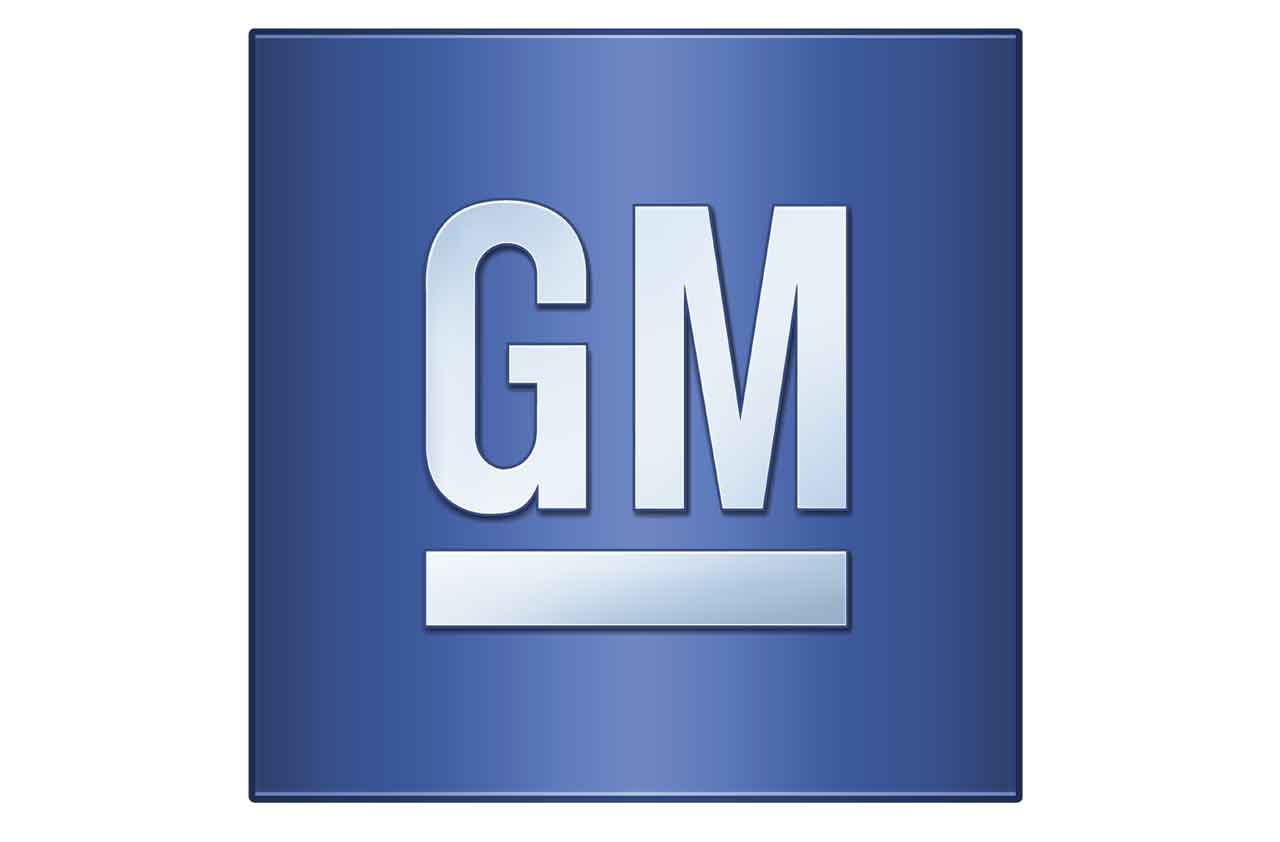
Michigan: General Motors
- Headquarters: Detroit
- Symbol: GM
- Share price: $34.19
- Market value: $51.6 billion
- P/E: 6
Eight years after filing for bankruptcy protection, Motor City’s biggest automaker has a simple plan for success: Keep costs low and quality high.
GM has excellent earnings potential, says Morningstar analyst David Whiston, even though analysts expect U.S. light vehicle sales overall to stay flat or dip in upcoming years. The cars rolling off GM’s line boast the best quality and design in decades, he says. And the company has cut costs, reducing its North American division to just four brands, down from eight, for example, and negotiating benefit concessions with union workers. GM’s North American business needs to sell 10 million to 11 million cars per year to break even, Whiston says. Assuming average annual demand of about 17 million units, he believes the company’s new structure should allow it to break even during down economic cycles and realize solid earnings growth during upswings. Morningstar believes the stock is fairly valued at $51 a share, which would be up 49% from current levels. CFRA analyst Efraim Levy, who rates the stock a “strong buy,” assigns a more modest 12-month price target of $42 a share. With a yield of 4.4%, GM’s total return represents an attractive opportunity.
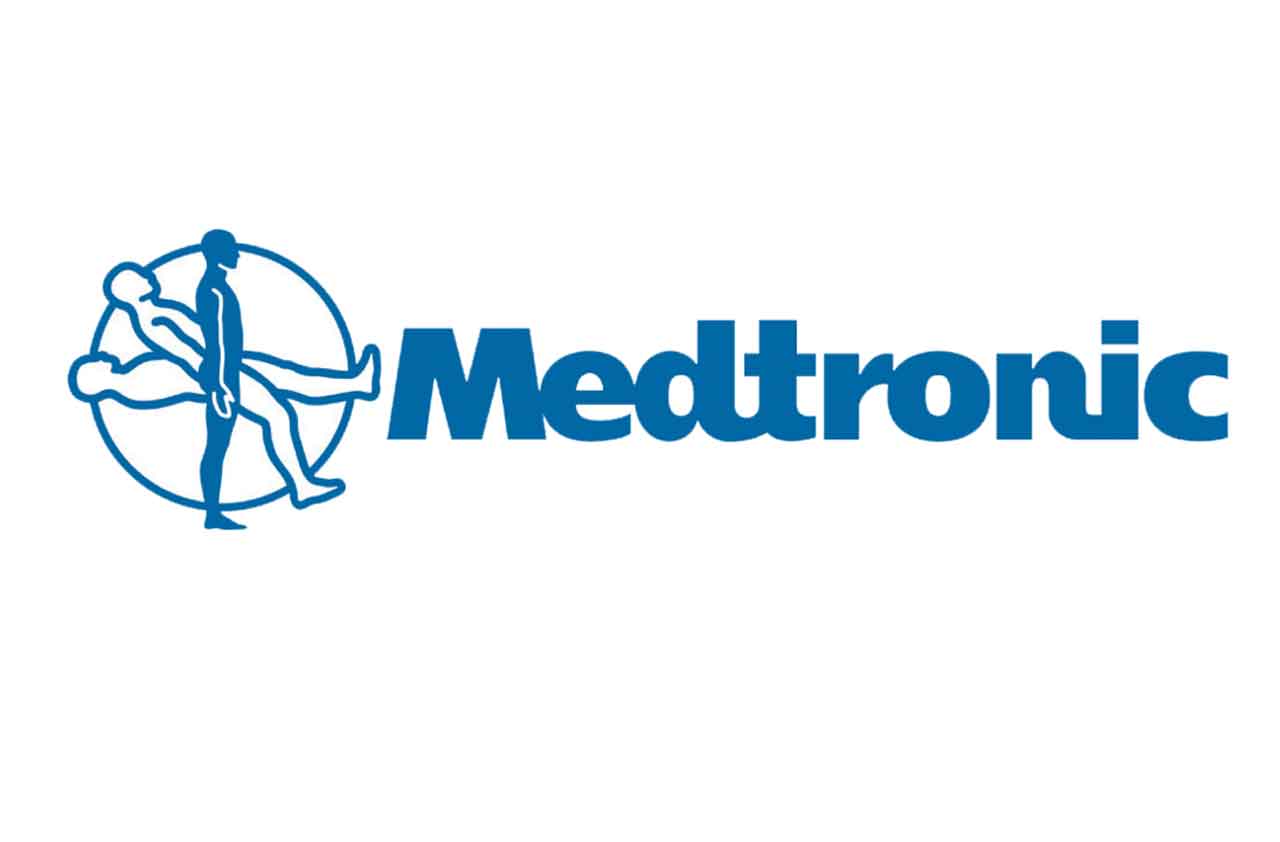
Minnesota: Medtronic
- Headquarters: Minneapolis
- Symbol: MDT
- Share price: $89.09
- Market value: $122.0 billion
- P/E: 18
Medtronic is reshuffling its business lines, joining forces with fast-growing partners and jettisoning laggards. In January 2015, Medtronic, which specializes in therapeutic medical devices such as pacemakers, defibrillators and stents, acquired Covidien, a leader in minimally invasive surgical devices.
With the acquisition, says CFRA analyst Jeffrey Loo, Medtronic becomes a worldwide leader in a diverse array of medical products. Then, in April, Medtronic agreed to sell its hospital-supply business, which focused on patient-care products, to Cardinal Health. Medtronic will use $1 billion of the after-tax proceeds to buy back shares, and it will pay down debt with the remaining $4.5 billion. Analysts at UBS say the sale exemplifies Medtronic’s commitment to selling its less profitable, slower-growing business segments in favor of higher-growth opportunities. The company has also committed to spending $10 billion on research and development in the U.S. through 2024. CFRA’s Loo says the stock is a “buy” and reckons it could reach a price of $100 a share over the next 12 months.

Mississippi: Hancock Holding Company
- Headquarters: Gulfport
- Symbol: HBHC
- Share price: $46.05
- Market value: $3.9 billion
- P/E: 16
Hancock provides financial services to customers in the Gulf South region through its subsidiaries, Hancock Bank, which operates in Alabama, Florida and Mississippi, and Whitney Bank, purchased in 2010, operating in Louisiana and Texas.
Results have been mixed since the merger, with charge-offs on loans made to energy companies dinging profits in recent years. But things may be looking up. In April, the bank acquired $1.6 billion worth of deposits, $1 billion in assets (mostly cash) and 29 branch locations from failed First NBC Bank in a transaction with the Federal Deposit Insurance Corporation. This was just five months after Hancock purchased $1.3 billion in loans directly from First NBC, along with $500 million in deposits and nine branches. Value Line analyst Michael Ratty says the deals should help the company boost earnings this year, as should growth in fee revenues and interest income. And with energy companies stabilizing, Hancock can set aside much less money for nonperforming loans. Wall Street analysts, on average, expect earnings to increase 40% this year, followed by a 21% jump in 2018. “HBHC shares have been in the penalty box for far too long,” says David Long, an analyst at financial services company Raymond James. He rates the stock a “strong buy” with a 12-month price target of $54.
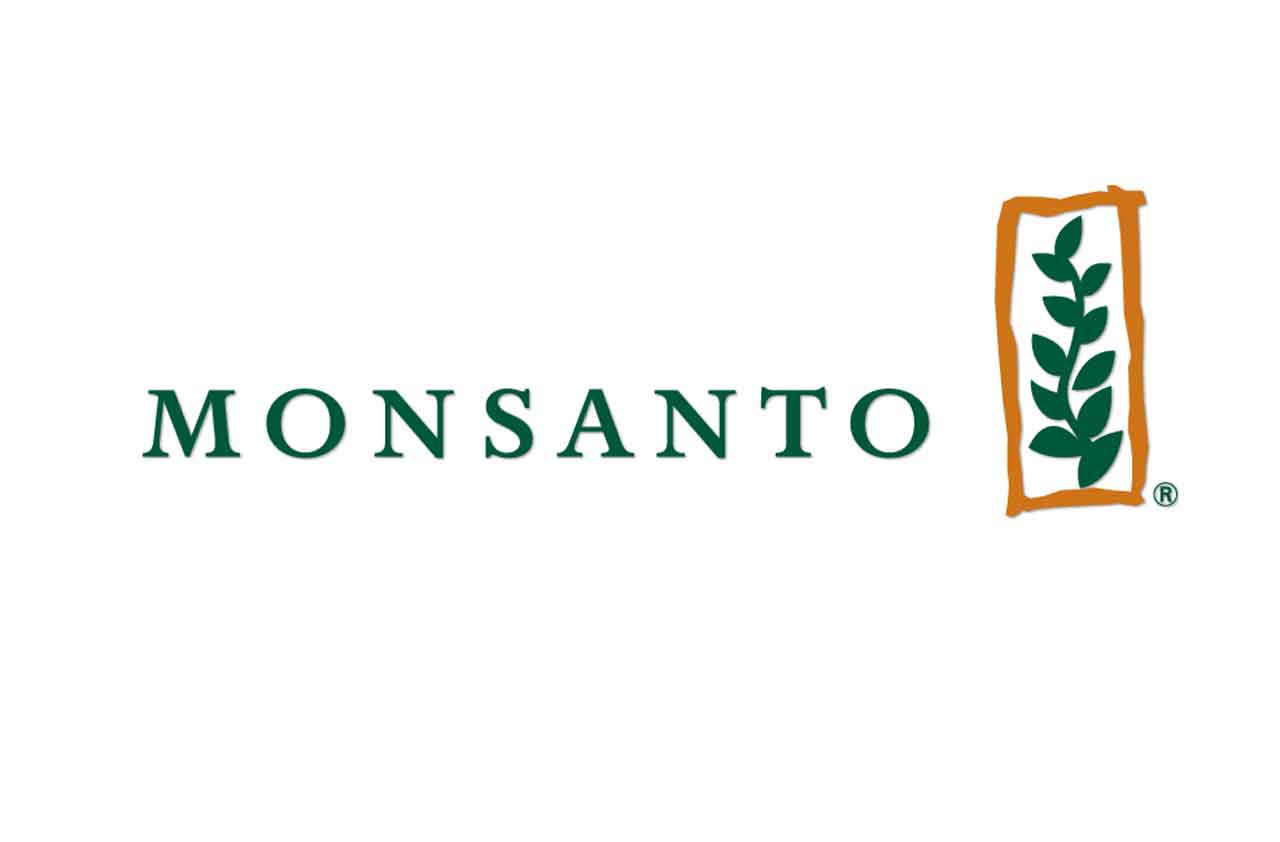
Missouri: Monsanto
- Headquarters: St. Louis
- Symbol: MON
- Share price: $116.84
- Market value: $51.2 billion
- P/E: 25
One apparent fan of a proposed merger between German drug and pesticide manufacturer Bayer and seed giant Monsanto: Warren Buffett. Berkshire Hathaway disclosed in February that it bought 8 million shares of Monsanto during the fourth quarter of 2016, after the merger announcement in September. Should the deal meet regulatory approval, Bayer will acquire Monsanto for $128 a share in an all-cash transaction. Morningstar analysts say there’s an 80% chance the deal will close by the end of the year, given the lack of broad overlap between the two companies and, therefore, few antitrust arguments against the merger. The regulatory go-ahead would mean a merger arbitrage opportunity for holders of Monsanto stock, which trades at a 9.4% discount to Bayer’s offer price. Should regulators kill the merger, Bayer has agreed to pay Monsanto $2 billion as a “break-up fee.”
Either way, says CFRA analyst Christopher Muir, Monsanto is a leading innovator in genetically modified produce, and an increasing share of crops worldwide reflect Monsanto’s mark. The company’s dominant market position should allow it to command higher prices, which Muir believes will drive above-average long-term earnings growth. His 12-month price target for the stock matches Bayer’s offer price at $128.
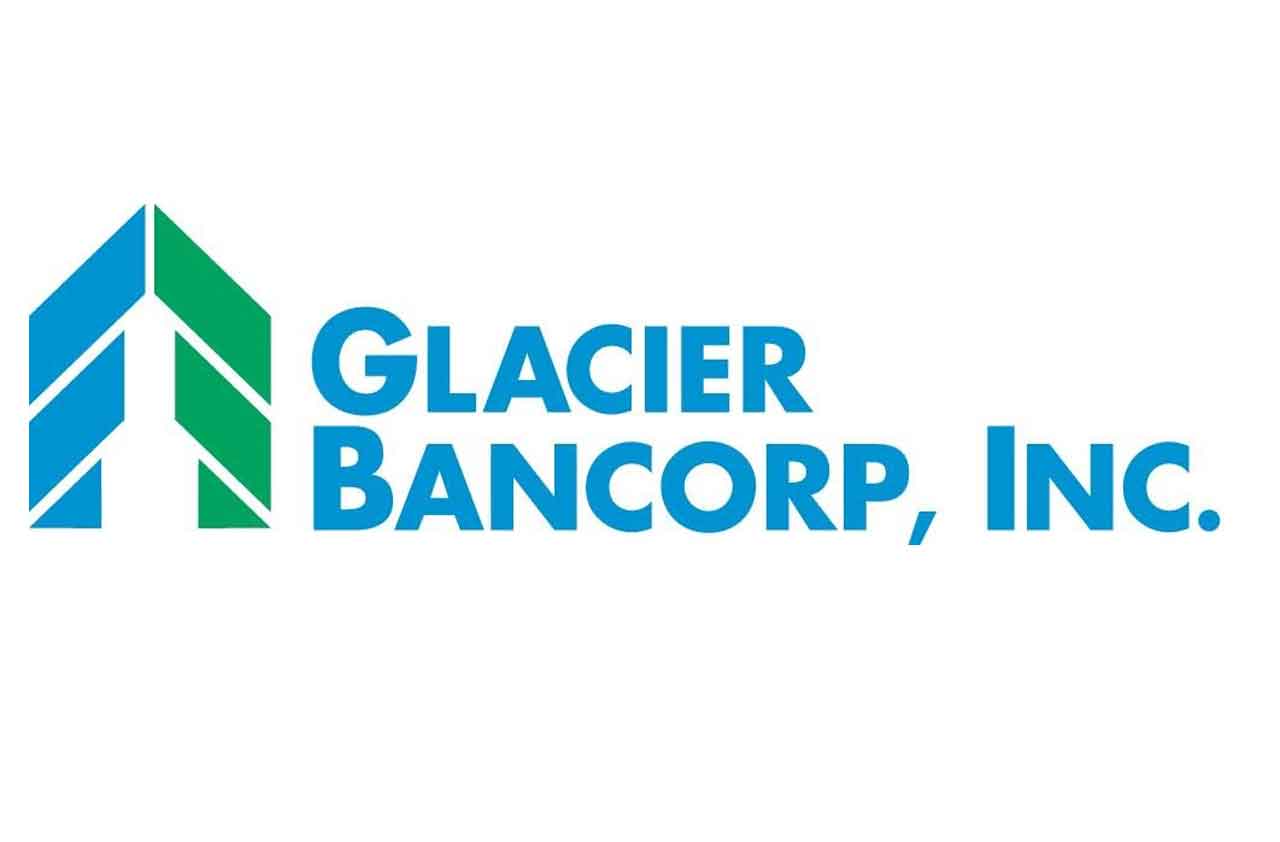
Montana: Glacier Bancorp
- Headquarters: Kalispell
- Symbol: GBCI
- Share price: $35.05
- Market value: $2.7 billion
- P/E: 19
Glacier is a regional bank holding company that provides commercial banking services at 146 locations in Arizona, Colorado, Idaho, Montana, Utah, Washington, and Wyoming.
The company has grown through acquisition, with the management team snapping up small, regional banks that they believe have potential for growth. This “company of banks” model puts Glacier in a unique niche, says Tim Skiendzielewski of Aberdeen Asset Management, whose Small Cap Equity fund counts the stock among its top-ten holdings. Glacier’s size and resources, he says, allow its subsidiaries to offer more sophisticated products than local, mom-and-pop banks, while being more involved on a community level than bigger “super-regionals.” Glacier’s conservative underwriting, well-managed expenses and good loan growth have led to superior return on average equity (ROAE) and return on average assets (ROAA) – both key measures of banks’ profitability – compared with its peers. Analysts who cover the stock see per-share earnings growth climbing 12% this year, followed by a 11% jump in 2018. The company has hiked its annual payout every year since 2012, and in January paid a 30-cent special dividend on top of its normal quarterly payout for the third straight year. The stock’s annualized regular payout of 84 cents per share gives it a yield of 2.4%.
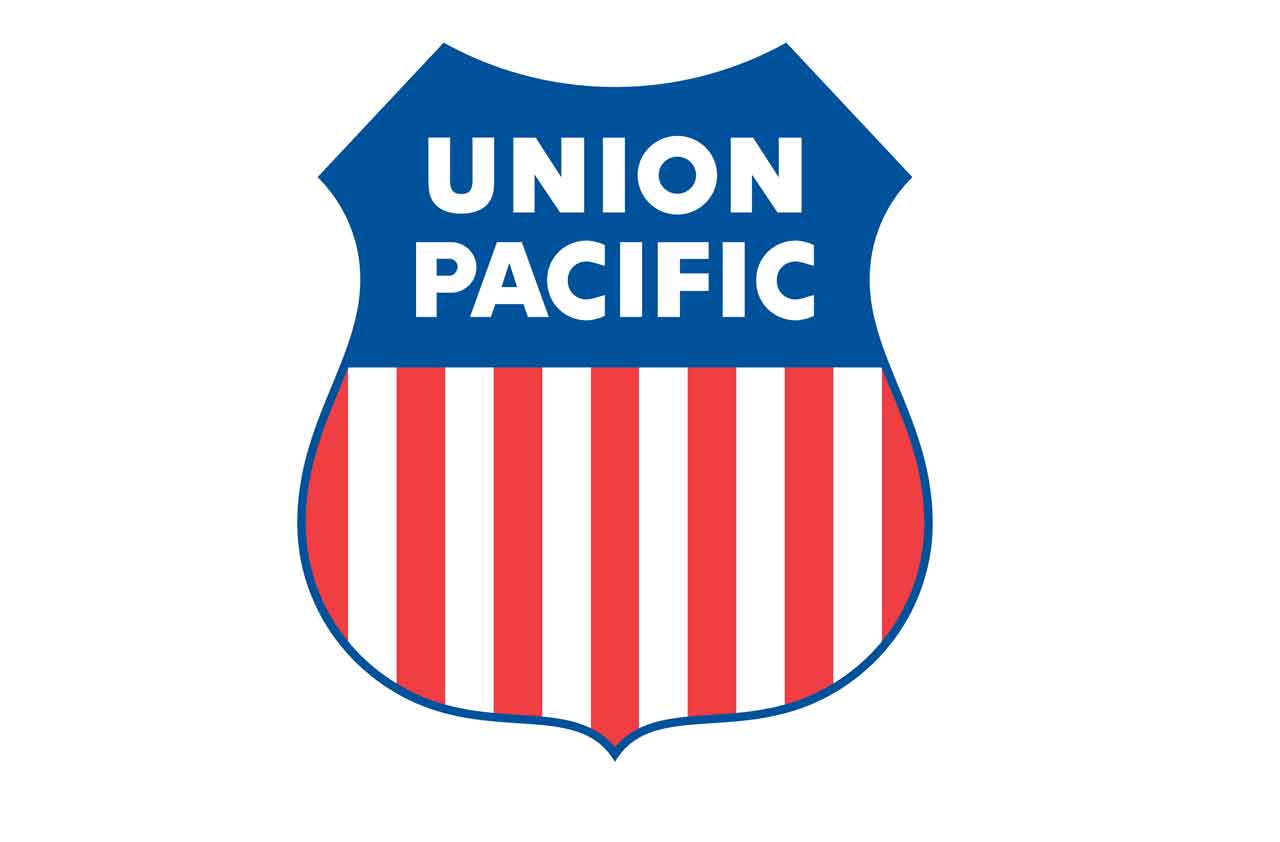
Nebraska: Union Pacific
- Headquarters: Omaha
- Symbol: UNP
- Share price: $107.39
- Market value: $86.7 billion
- P/E: 19
Shares of Union Pacific have been ho-hum this year, returning only 5% as the company has struggled with inconsistent shipping volumes and weak pricing due to competition from truckers and other railroads. But the country’s biggest railroad is barreling full-steam into the second half of 2017. Analysts at Credit Suisse say shipping volume is picking up, and Union Pacific’s transport prices have likely bottomed.
Factoring in productivity gains and increased demand for transported goods, including coal and “fracking” sand used in oil and natural gas production, Credit Suisse sees earnings per share up 14% this year, followed by a 14% boost in 2018. Income-oriented investors should note that the company more than tripled its dividend from 2010 to 2016. The stock currently yields 2.3%. Credit Suisse analysts are bullish on the stock, believing it can appreciate 22%, to $131, over the next 12 months.
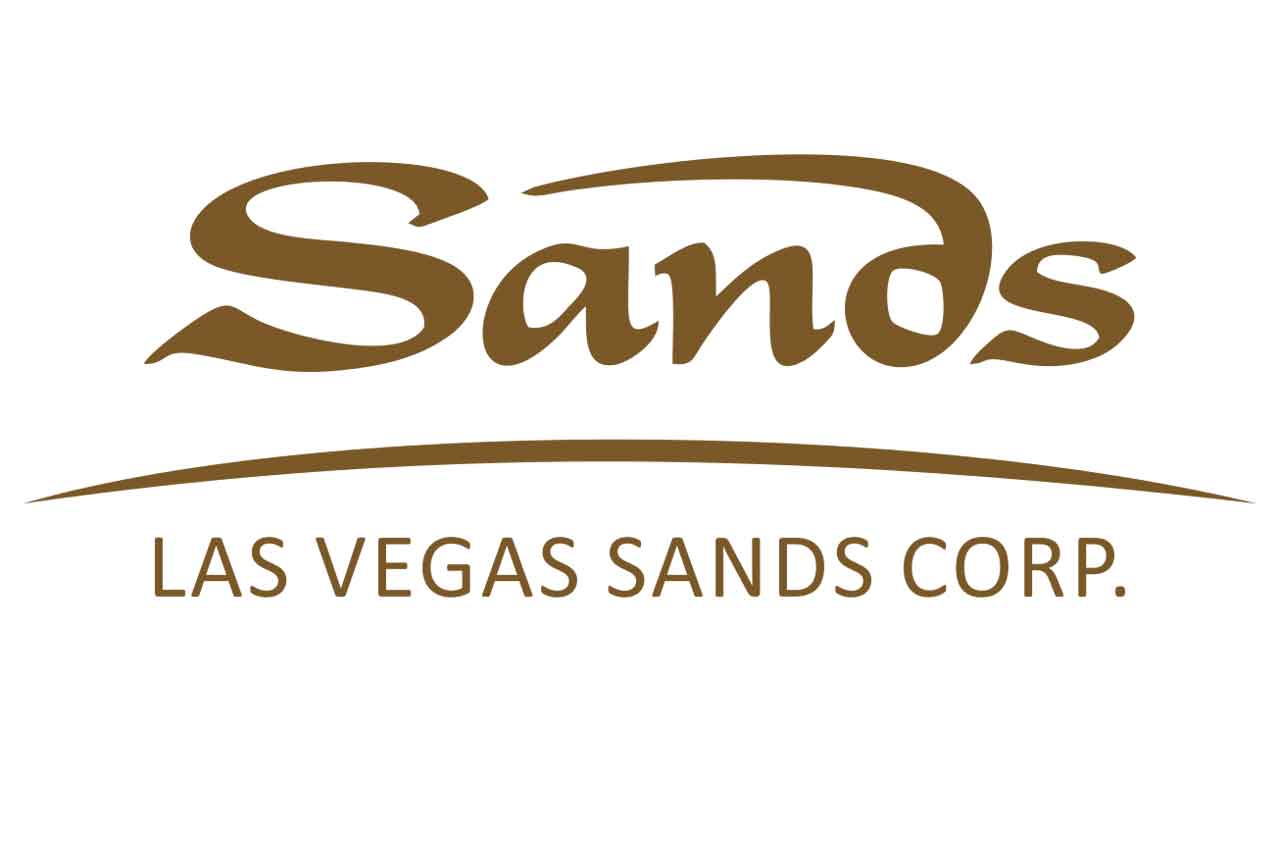
Nevada: Las Vegas Sands
- Headquarters: Las Vegas
- Symbol: LVS
- Share price: $64.34
- Market value: $51.0 billion
- P/E: 26
Las Vegas Sands develops casinos in the U.S. and Asia, with the bulk of revenues coming from properties in Singapore and the Chinese gambling mecca of Macau.
After more than a two-year slide in the wake of Chinese government regulations, Macau gaming revenues finally bottomed in late 2016. The timing couldn’t have been better for Sands, which unveiled the Parisian Macau in September. The mammoth casino is part of four interconnected Sands hotels on the glitzy Cotai strip that combine for a staggering 13,000 hotel rooms, 840 retail stores and 1.7 million square feet of meeting and convention space. Given Sands’ leadership in the Macau market and relatively stable prospects for its properties in Singapore, CFRA analyst Tuna Amobi sees earnings increasing by 22% this year. He rates the stock a “strong buy.”
Although shares trade near his $65 12-month target price, the stock yields a generous 4.5%. Long-term prospects may be even better. Morningstar projects overall gambling revenue in Macau to increase gradually through 2018, at which point infrastructure projects aimed at improving traffic flow in and out of the gambling capital will bring on double-digit annual growth rates.
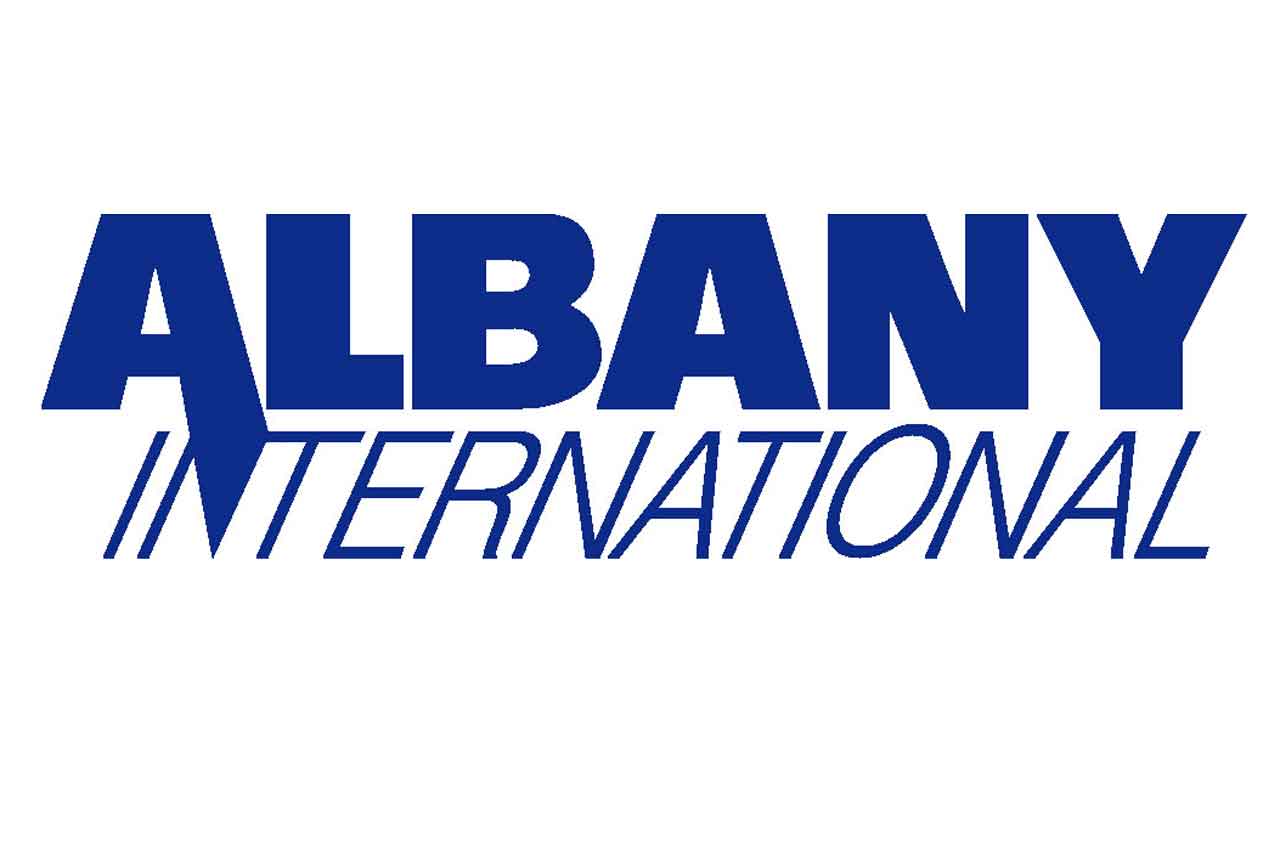
New Hampshire: Albany International
- Headquarters: Rochester
- Symbol: AIN
- Share price: $50.80
- Market value: $1.6 billion
- P/E: N/A
Albany International’s 22 plants in 12 countries operate in two core businesses. Albany is the global leader, with 30% of the worldwide market, in the manufacture of machine clothing – custom-designed fabrics and belts that are used in the production of paper. The company also makes lightweight composite parts, such as landing gear braces and rotor blades, for aircraft.
The stock is hovering near its all-time high, and growth in the company’s business argues for further gains, says Value Line analyst Simon Shoucair. The company’s acquisition of the Harris Corporation’s composite aircraft parts division should deliver more orders from major aircraft manufacturers that Harris already counts as customers, such as Sikorsky, Boeing and Lockheed Martin. That should bode well for sales and earnings growth for this year and beyond, Shoucair says. He forecasts 13% growth in earnings per share on 9% sales growth this year, with a nearly identical performance in 2018.
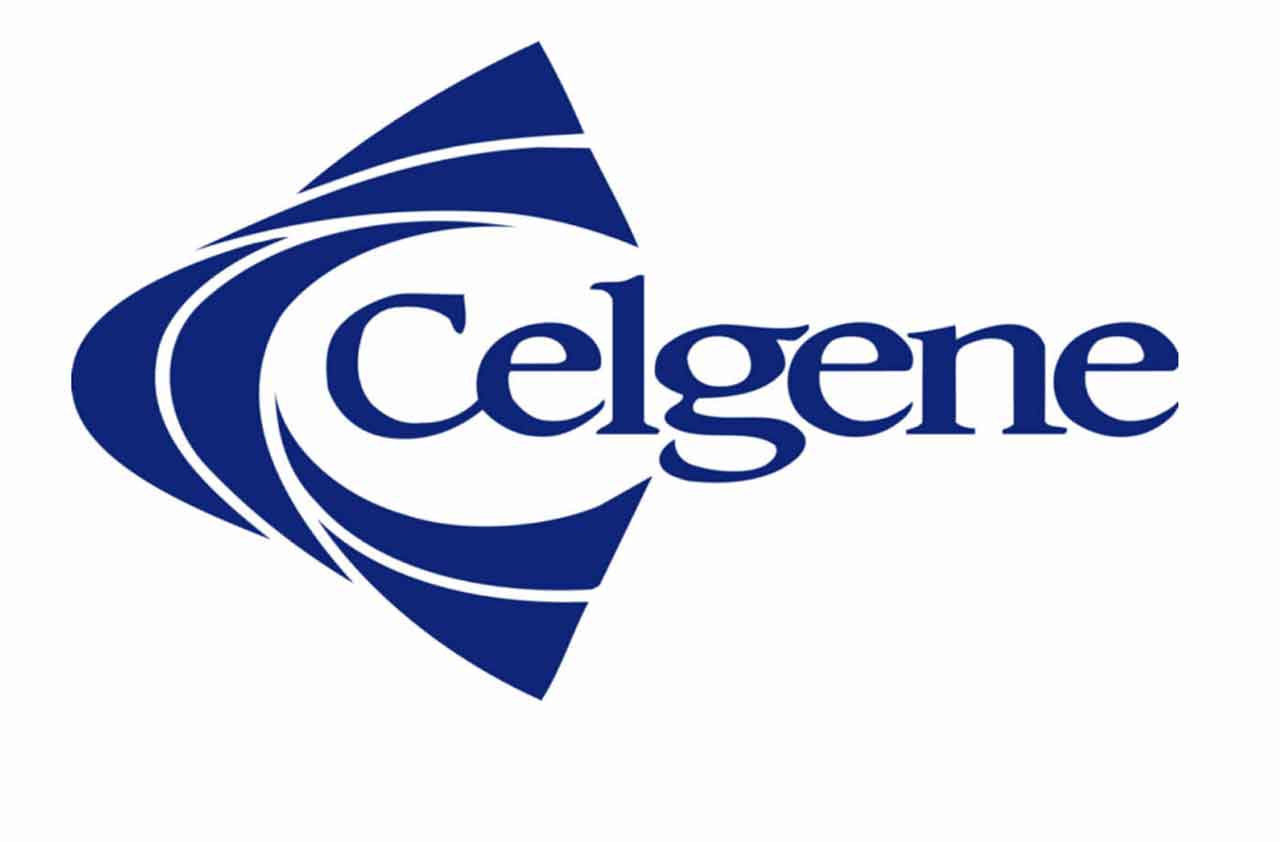
New Jersey: Celgene
- Headquarters: SummitSymbol: CELG
- Share price: $133.68
- Market value: $104.4 billion
- P/E: 17
Celgene is a biopharmaceutical company that develops and markets treatments for cancer and immunological diseases. Its blood-cancer drug Revlimid, at $6.9 billion in annual sales, accounted for 66% of overall revenues last year. The drug’s patents don’t expire until 2027, and the first generic version isn’t expected to hit the market until 2022. Due to increasing demand and little competition, Revlimid sales should hit $8.2 billion this year, says CFRA analyst Jeffrey Loo – a 19% annual gain that will help drive overall sales growth estimated at 18%
But Celgene also has a robust bench, which includes multiple myeloma drug Pomalyst and psoriasis drug Otezla. Also, there are 19 late-stage drug trials in the works over the next two years, and Celgene has more than $8 billion in cash on the balance sheet that analysts expect the firm to use to acquire promising smaller drug companies. Celgene executives say the company can achieve annual earnings and sales growth of 17% to 22% through 2020, targets that Loo believes are achievable. He rates the stock a “strong buy” with a 12-month price target of $156.
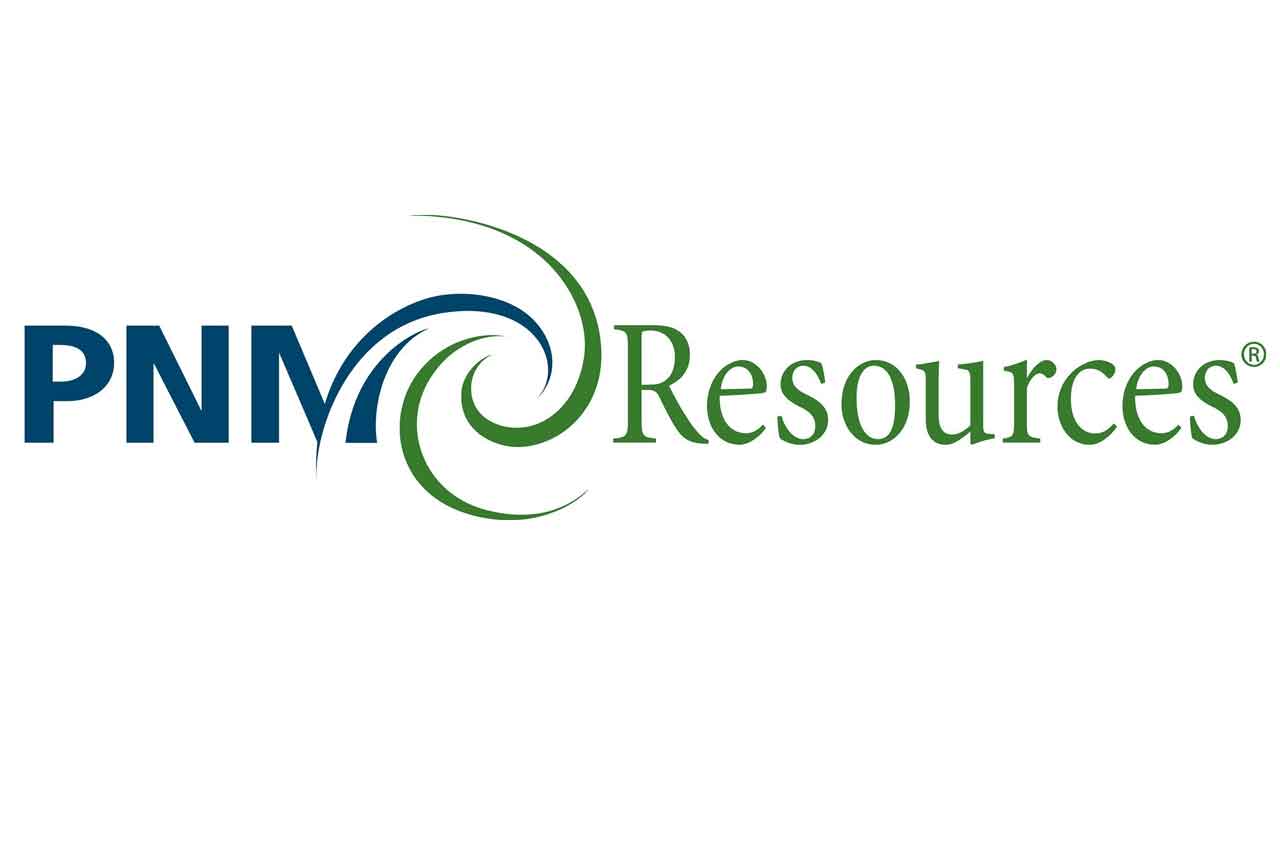
New Mexico: PNM Resources
- Headquarters: Albuquerque
- Symbol: PNM
- Share price: $39.80
- Market value: $3.2 billion
- P/E: 22
PNM Resources is the holding company for two New Mexican electric utilities: Public Service of New Mexico and Texas-New Mexico Power Company.
Earnings were flat and revenues declined for PNM in 2016, but things are looking up. Public Service of New Mexico recently received approval from regulators to raise its rates, which will drive earnings growth for PNM, says Value Line analyst Nils Van Liew. He projects a 12% increase in earnings for the company overall this year, followed by 8% growth in 2018. Concerns remain over sluggish growth in PNM’s customer base, but Van Liew says there are signs that New Mexico’s economy may be picking up, with big corporations such as Facebook and Lowe’s expanding operations there, potentially bringing new customers for PNM. Patient investors can collect a well-covered dividend while waiting for business to expand. The stock currently yields 2.4%.
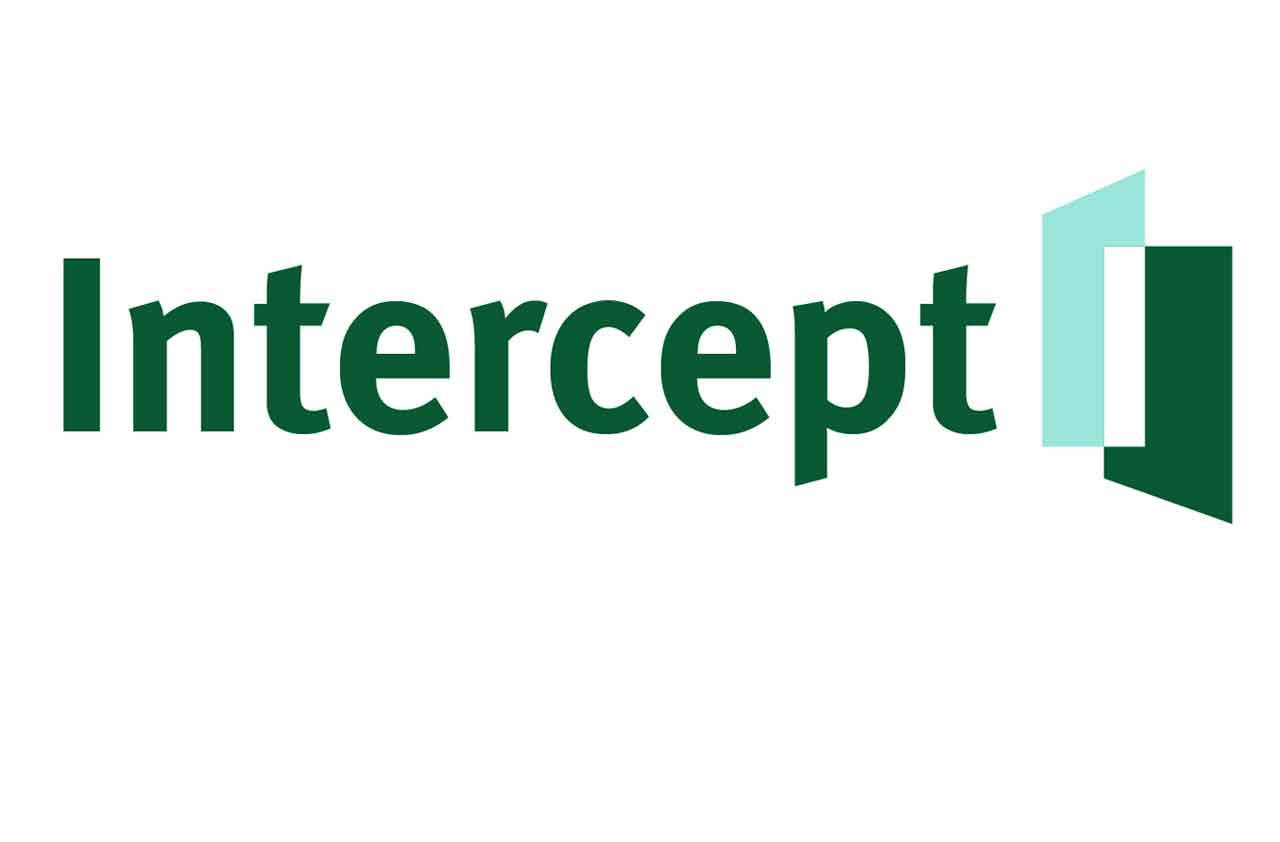
New York: Intercept Pharmaceuticals
- Headquarters: New York City
- Symbol: ICPT
- Share price: $130.57
- Market value: $3.3 billion
- P/E: NA
Intercept is a biotech company focused on treatments for liver diseases. The company celebrated its first major victory last year when its key drug, Ocaliva, received FDA approval to treat primary biliary cholangitis, a rare liver disease that affects a person’s bile ducts. The drug is the first commercially successful treatment for the disease in 20 years, and it should drive sales growth henceforth, says Value Line analyst Nira Maharaj. But the biggest opportunity (and risk) for the drug is its potential approval to treat nonalcoholic steatohepatitis (NASH), a common but serious liver condition with limited treatments. NASH represents a potential $30 billion market in annual sales globally, says Morningstar analyst Kelsey Tsai. And though many firms are vying to be the first to address the disease, Intercept’s drug is the leader in the race. There is serious concern that Intercept may lose that race, but Wedbush analyst Liana Moussatos is encouraged by Ocaliva’s success in treating NASH in recent clinical trials, one of which was stopped a year early because of better-than-expected efficacy. Moussatos’s $231 12-month price target is nearly double the current share price.
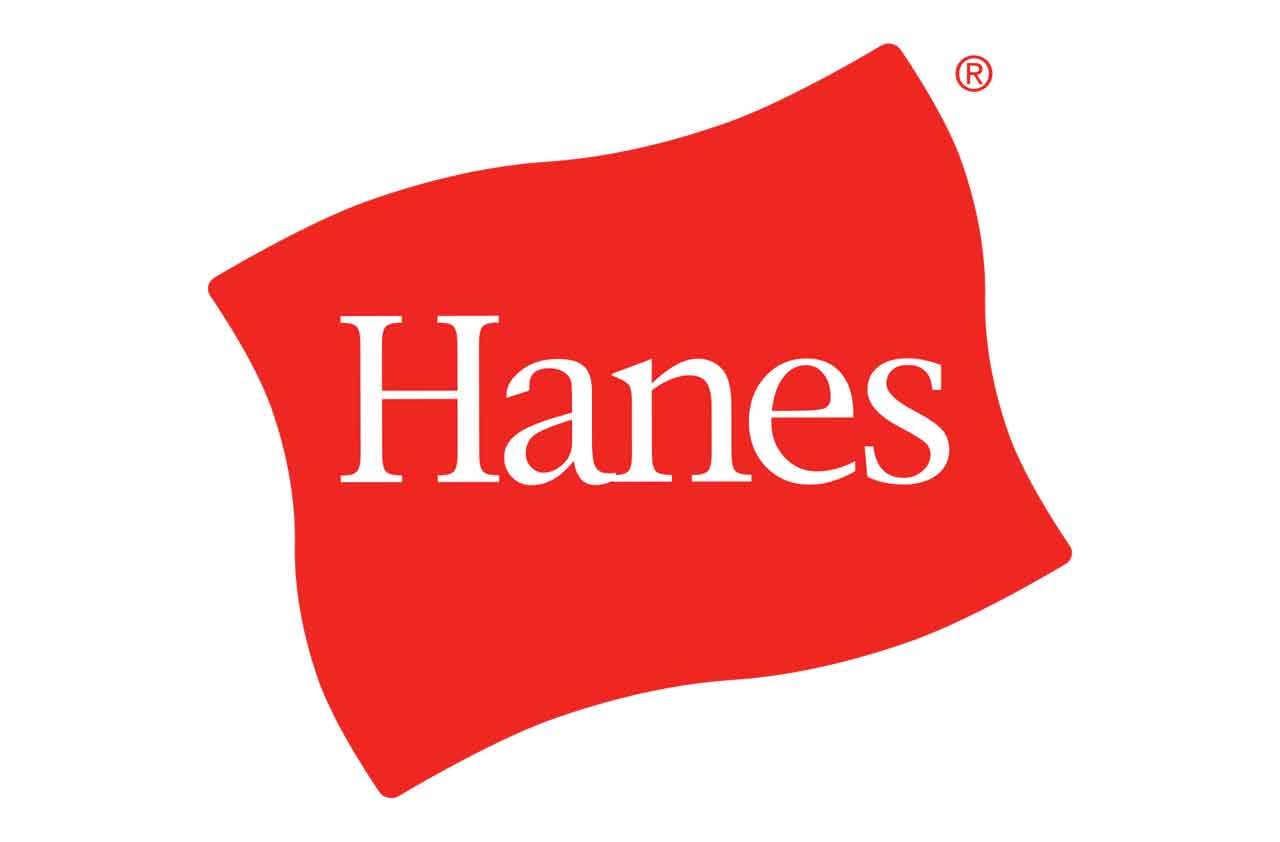
North Carolina: Hanesbrands
- Headquarters: Winston-Salem
- Symbol: HBI
- Share price: $22.25
- Market value: $8.1 billion
- P/E: 11
Known for brands such as Hanes, Champion, Playtex and Maidenform, Hanesbrands manufactures and sells undergarments, as well as activewear, and sporting and intimate apparel.
In recent years, the company’s mantra has been “sell more, spend less, generate cash.” With growth stagnating among its core undergarment brands, Hanes has found ways to sell more through acquisition. Three foreign companies Hanes acquired last year – Champion Europe, Champion Japan and Pacific Brands – are expected to add $420 million to revenues this year. Amplifying the “spend less” and “generate cash” themes is the recently announced Project Booster, a pledge to generate $100 million in annual cost savings and $300 million per year in additional cash from operations by 2020. Unlike most clothing companies, Hanes primarily operates its own manufacturing facilities, which means acquisitions can be cheaply and efficiently incorporated into its business, and the company has done a good job of harnessing acquisitions to drive earnings growth, says Morningstar analyst Bridget Weishaar. She adds that temporary factors – such as last year’s industrywide lag in sales of basic apparel, including underwear, T-shirts and socks – have knocked down the stock, creating an opportunity for investors to buy shares on the cheap. Morningstar’s $34 “fair value” estimate implies an increase in the stock price of more than 50%. And investors receive a generous dividend. The company hiked its payout by 36% in March; the stock yields 2.7%.
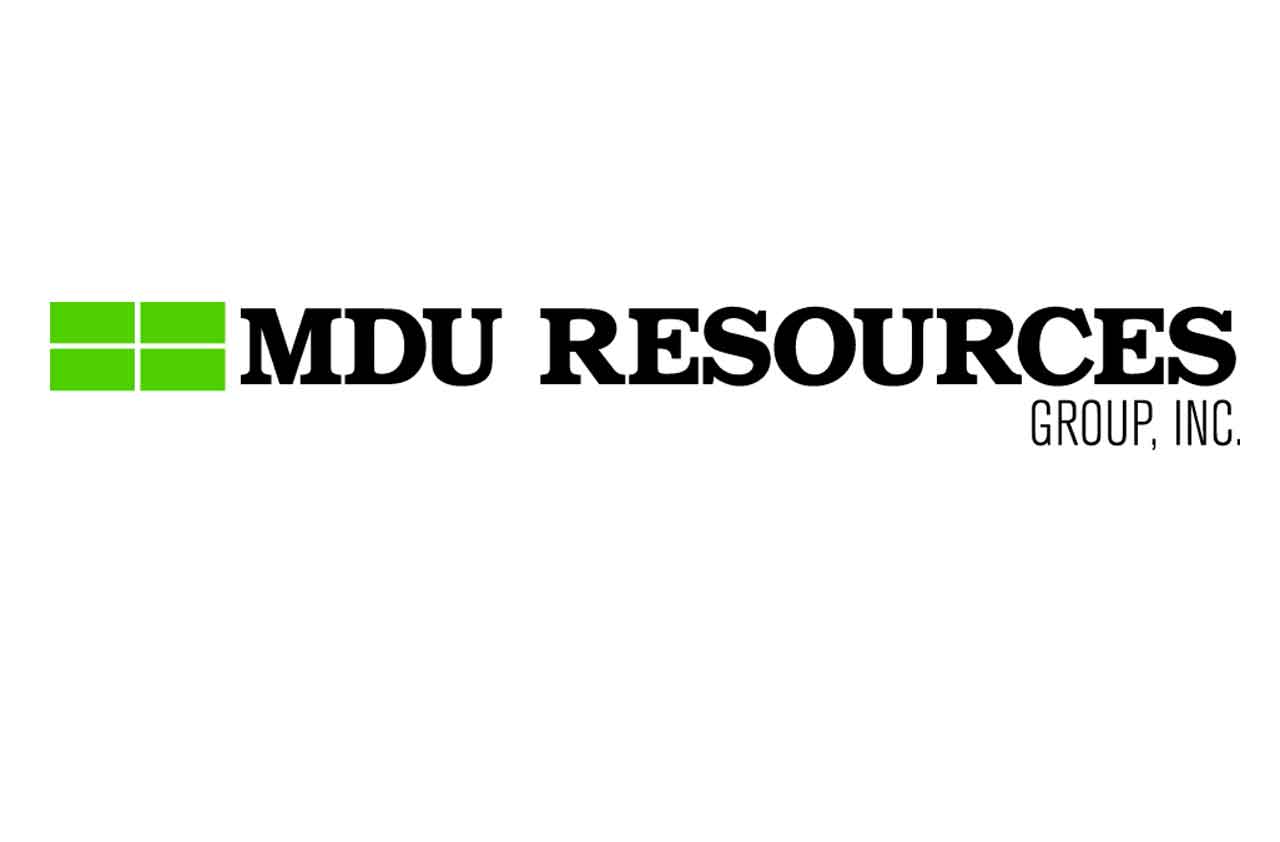
North Dakota: MDU Resources
- Headquarters: Bismarck
- Symbol: MDU
- Share price: $27.11
- Market value: $5.3 billion
- P/E: 22
It’s steady-as-she-goes for MDU Resources, which operates in two main business segments: construction materials and services, and electricity and natural gas utilities.
In an effort to tamp down earnings volatility, the company jettisoned its oil and natural gas production and exploration division last year, thus reducing its exposure to prices for those commodities. After years of up-and-down earnings and revenues, MDU appears to be on a modest growth track. On the construction side, the company stands to benefit from increasing funding for transportation infrastructure projects, including those that stem from an Obama-era spending plan, says Value Line analyst Dominic Silva. MDU is among the largest sand and gravel suppliers in the U.S. On the utility side, the company operates in eight states where customer growth should outpace the national average over the next five years. Silva says the shares are timely, with potential to provide a good total return over the next three to five years. Helping matters on that front is the company’s dividend, which has grown for 26 straight years, making MDU a dividend aristocrat – a company that has increased its dividend for at least 25 consecutive years. The stock currently yields 2.8%.
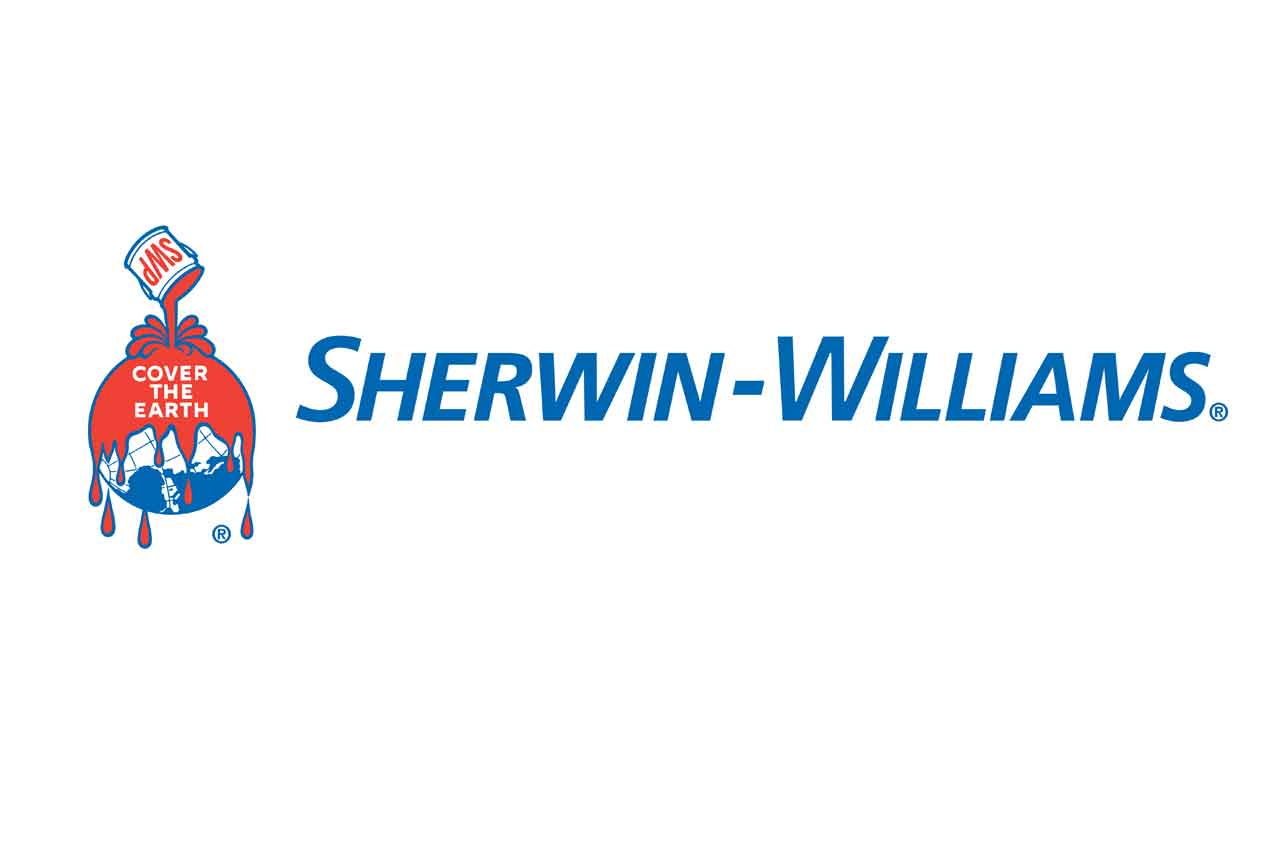
Ohio: Sherwin-Williams
- Headquarters: Cleveland
- Symbol: SHW
- Share price: $354.75
- Market value: $33.0 billion
- P/E: 23
Shares of paint giant Sherwin-Williams have been on a tear, but they could still climb higher.
The company agreed in March to buy fellow paint company Valspar for $113 per share. CFRA analyst Christopher Muir expects the deal to meet regulatory approval and close in August, and he believes the combined company will be able to achieve $320 million in annual savings within the next four years. The merger will drive earnings growth, says Dmitry Silversteyn, an analyst at investment research firm Longbow Research. Moreover, the combined company should be able to use its prodigious free cash flow to pay down debt while still accelerating growth of its dividend. Long-term demographic trends lend rosy growth prospects to the company, as expected strong housing starts, driven by millennials buying their first homes in coming years, should support paint sales. Silversteyn rates the stock a “buy” with a 12-month price target of $400.
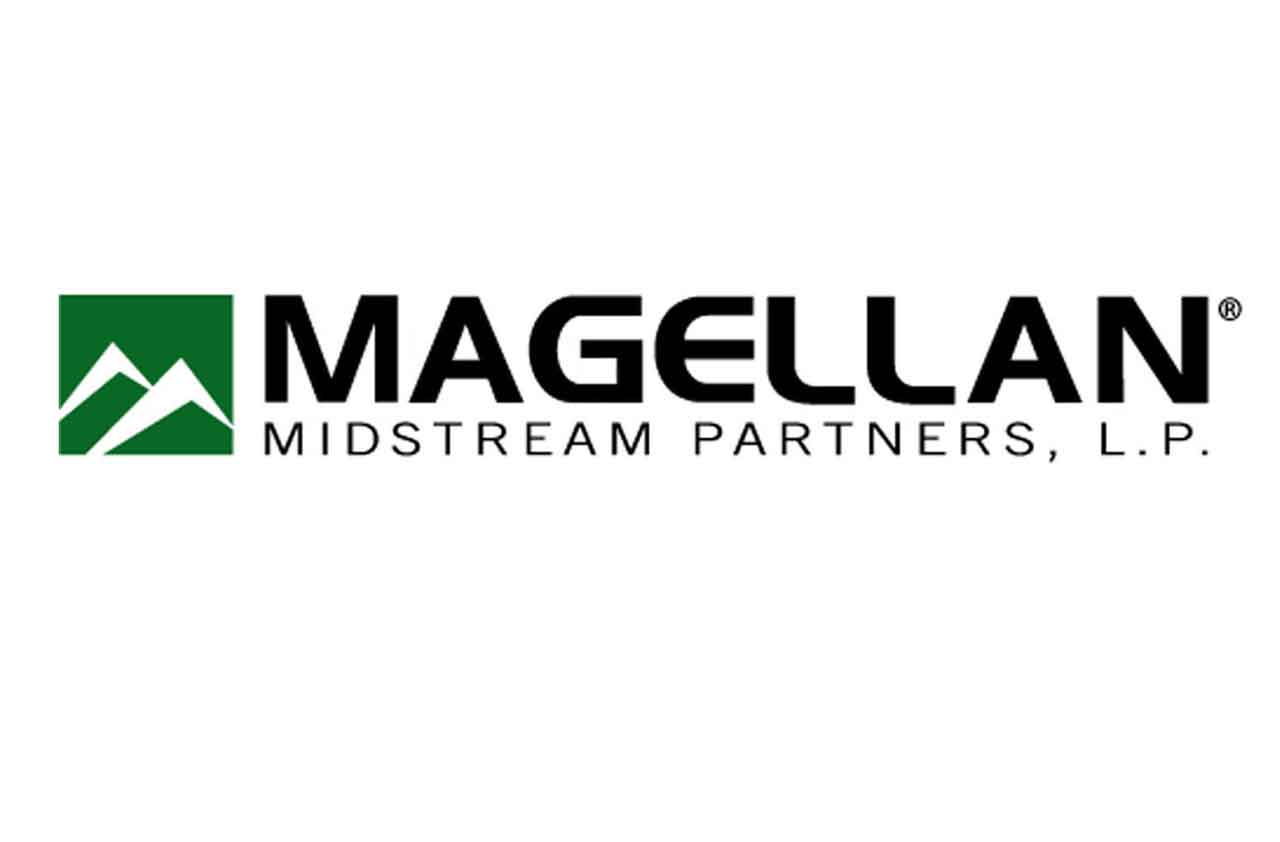
Oklahoma: Magellan Midstream Partners
- Headquarters: Tulsa
- Symbol: MMP
- Share price: $68.50
- Market value: $15.6 billion
- P/E: 18
Magellan is a master limited partnership (MLP) that operates pipelines and storage terminals for crude and refined petroleum products in the central and eastern U.S. Income investors have long favored Magellan for its stable, fee-based business, which helps insulate the company from swings in commodity prices. Even so, earnings were pressured recently by a downswing in oil prices that decreased demand for refined petroleum products, although the company remained among the most profitable in its peer group, says Morningstar analyst Jeffrey Stafford. Shares now trade well below historical averages, says CFRA analyst Stewart Glickman, and the company is in an excellent position to capture an uptick in demand for refined products. What’s more, Magellan ended 2016 with enough available cash to cover 140% of its cash distribution to shareholders, which Glickman believes will grow by 10% in 2017. He rates the stock a “strong buy” and sees shares hitting $92 over the next 12 months.
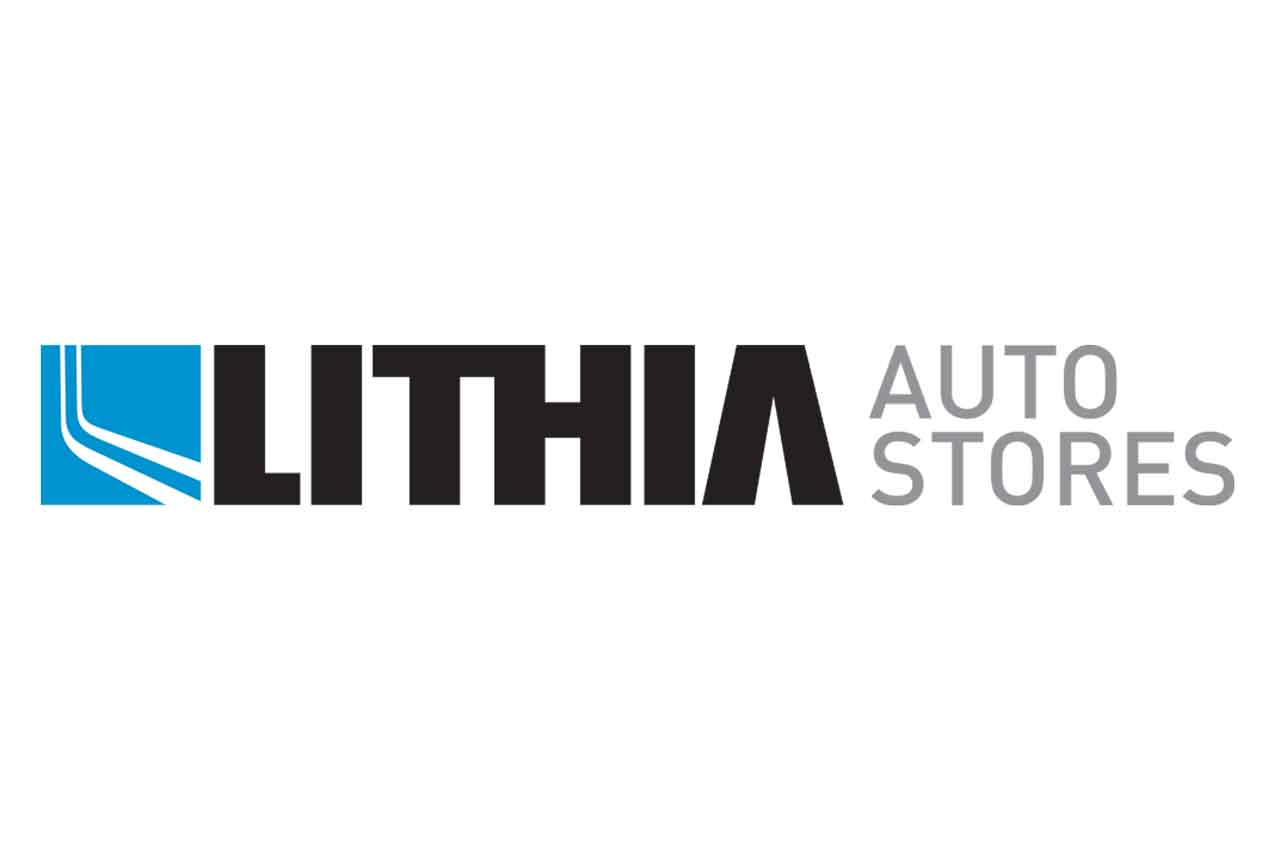
Oregon: Lithia Motors
- Headquarters: Medford
- Symbol: LAD
- Share price: $88.65
- Market value: $2.2 billion
- P/E: 10
Lithia sells new and used cars and related services at 154 dealerships on the East Coast and in the western U.S. Analysts believe U.S. light vehicle sales may have peaked in 2016, but not Lithia’s, says CFRA analyst Efraim Levy. He projects growth of 10% this year, driven by strong employment, easy credit and an aging vehicle fleet indicating pent-up demand. Lithia’s sales are also growing by acquisition, with 15 new dealerships last year and thousands of potential targets on the radar for the years ahead. The strength of Lithia’s business model, says Morningstar analyst David Whiston, lies in its acquisition of rural dealerships, through which the company can position itself as the only seller of a particular brand within a huge geographic radius. Lithia’s large market shares in small cities give the company pricing power, he says. And Lithia can continue to grow through acquisition in urban areas as well, says Levy. He rates the stock a “buy” with a 12-month price target of $103.

Pennsylvania: AmerisourceBergen
- Headquarters: Chesterbrook
- Symbol: ABC
- Share price: $96.37
- Market value: $21.0 billion
- P/E: 16
AmerisourceBergen is one of three major U.S. pharmaceutical distributors, and it is the main supplier to Walgreens and Express Scripts. The company’s partnership with Walgreens includes supplying the retailer’s entire drug inventory, including generics. Given its high profit margins, the generics business is a major driver of the company’s overall profitability, says Morningstar analyst Vishnu Lekraj. Due to the company’s enormous scale and its status as a preferred partner among drug manufacturers and retail pharmacies, he says, Amerisource will play a critical role in the pharmaceutical supply chain for years to come. That means it stands to benefit from an aging population and a raft of new generic drugs hitting the market as pharmaceutical patents expire, says CFRA analyst Joseph Agnese. He rates the stock a “buy” and believes its shares can hit $99 over the next 12 months.
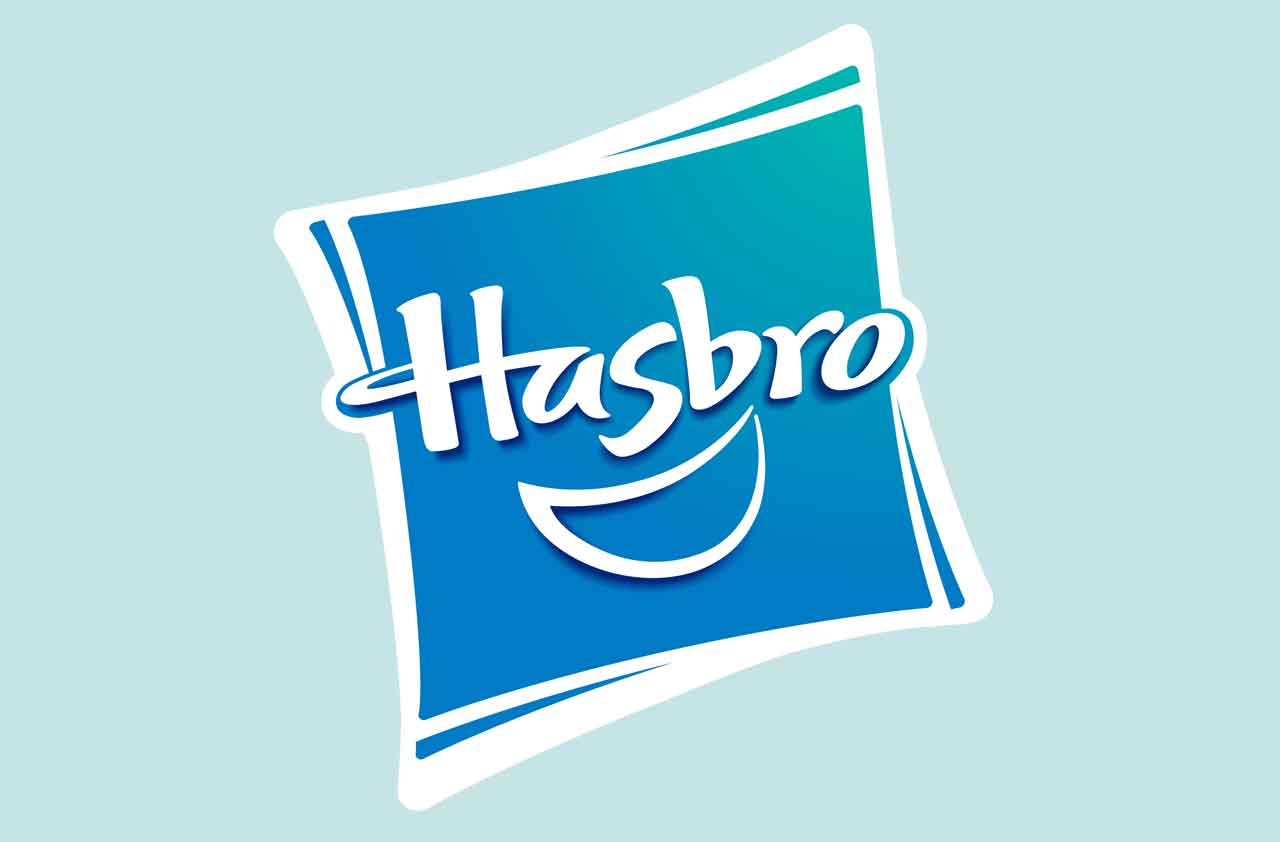
Rhode Island: Hasbro
- Headquarters: Pawtucket
- Symbol: HAS
- Share price: $110.47
- Market value: $13.8 billion
- P/E: 23
Goldman Sachs analyst Michael Ng began covering Hasbro in February with a “buy” rating. The stock has already exceeded his price expectations for this year, but his long-term thesis – that Hasbro should benefit from its ties to Hollywood blockbusters – remains compelling. Toys tied to films and TV shows accounted for 21% of global toy sales overall from 2008 to 2015, says Ng, but they contributed 41% of the industry’s revenue growth. That bodes well for Hasbro, which owns licensing rights to Star Wars (two films over the next two years), Marvel (seven films slated for release in 2018) and Disney Princesses (live-action remakes include this year’s Beauty and the Beast as well as Mulan, slated for next year). Movies based on popular Hasbro brands Transformers and My Little Pony are in the pipeline as well. Stephanie Wissink, an analyst at stock research firm Jefferies, says the company’s pipeline of high-quality toys, particularly those tied to films, should help the company achieve high-single-digit annual earnings growth through 2019. She rates the stock a “buy” with a 12-month price target of $125.
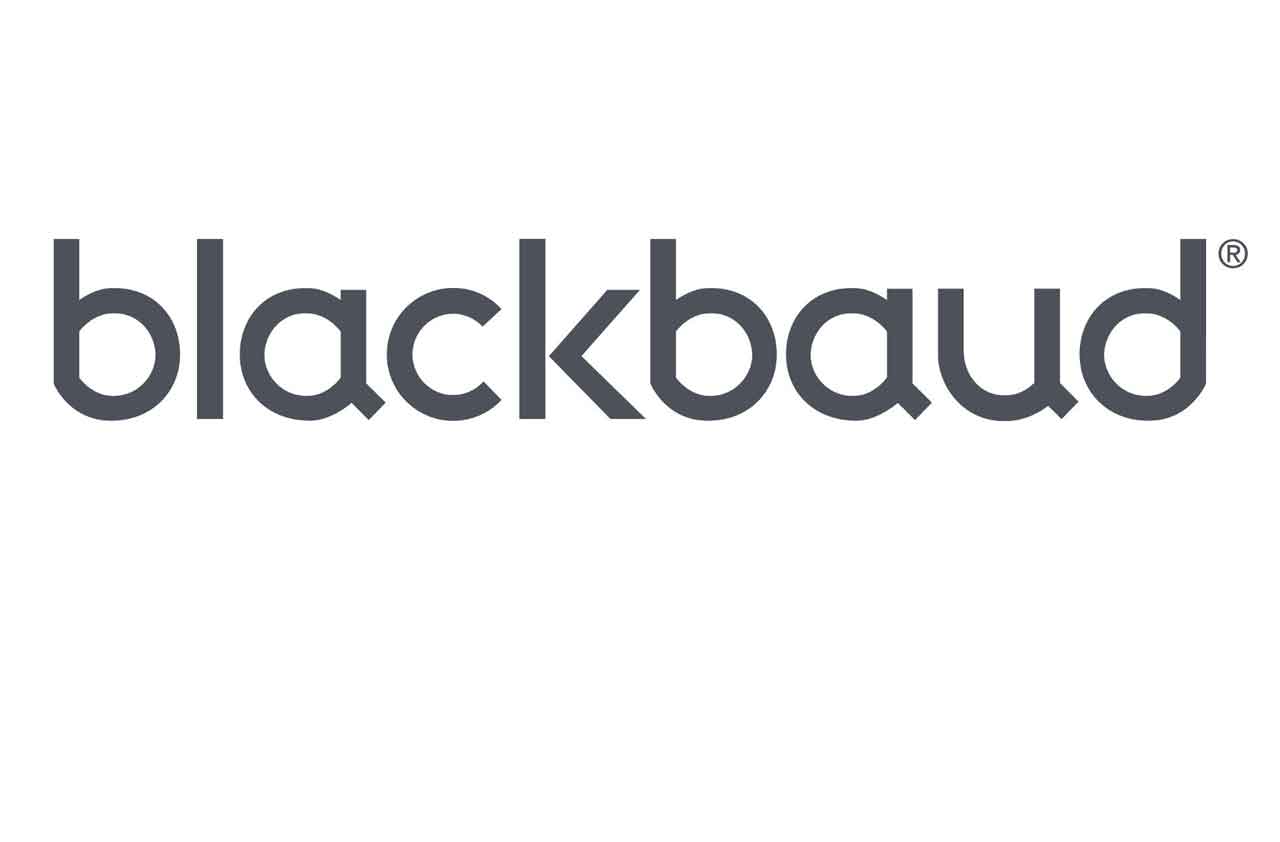
South Carolina: Blackbaud
- Headquarters: Charleston
- Symbol: BLKB
- Share price: $87.61
- Market value: $4.2 billion
- P/E: 40
Blackbaud develops and services software used by philanthropic, higher-education and nonprofit organizations to manage their finances and member relations.
None of the company’s competitors offer the extensive suite of services that Blackbaud does, giving the firm a significant edge, says Morningstar analyst Rodney Nelson. Because Blackbaud’s software handles complex processes, it’s costly and difficult for companies to switch to a competing service, and more than 90% of Blackbaud’s customers renew their service contracts annually. Blackbaud boasts a roster of more than 35,000 customers, and it has a massive revenue lead in what Nelson calls an “underpenetrated and expanding” market for such software sales, currently commanding $6.3 billion in annual revenues. In recent years, the firm has grown by acquisition in all of its markets. Analysts at Stifel are encouraged by recent financial results, with the company expanding year-over-year revenue growth while migrating customers away from traditional service contracts to its more profitable subscription-based cloud software. They rate Blackbaud a “buy” with a 12-month price target of $96.
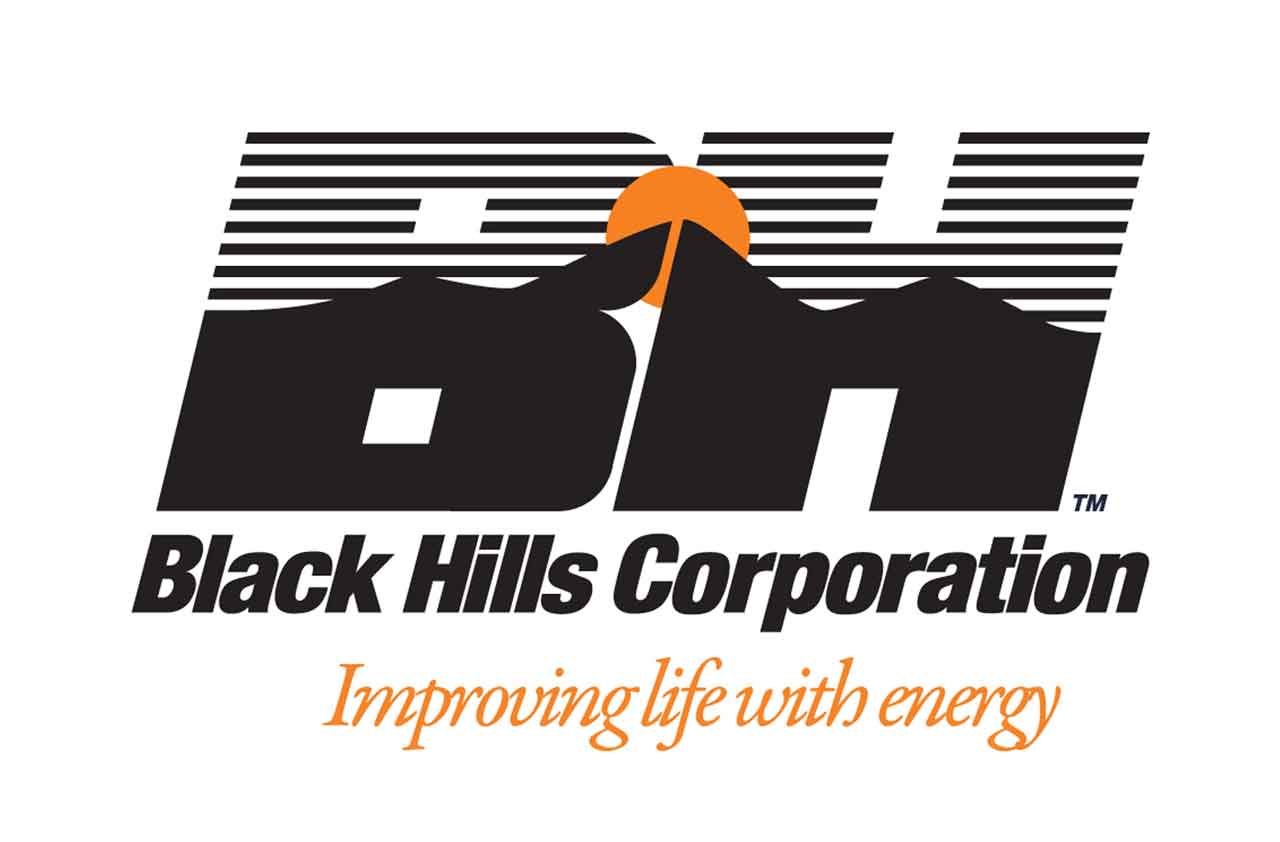
South Dakota: Black Hills Corp
- Headquarters: Rapid CitySymbol: BKH
- Share price: $70.52Market value: $3.8 billionP/E: 20Black Hills is the parent company of Black Hills Energy, a gas and electric utility in the Midwest and western U.S. The company also mines coal, and it has a gas and oil exploration and production business.
Last year’s earnings dipped, largely due to the acquisition of SourceGas in February 2016, which cost Black Hills 56 cents per share in merger expenses. Those costs put a damper on what is typically the company’s strongest earnings season, says Value Line analyst Paul Debbas. But with the integration largely complete, earnings are poised to grow this year by 12% and then by 10% in 2018, say analysts at Credit Suisse. They say the company is working to significantly cut costs and reduce debt through 2019, at which point they expect Black Hills to pursue growth opportunities through reinvestment in the business and possible mergers and acquisitions. Credit Suisse assigns the stock an “outperform” rating with a 12-month price target of $73.
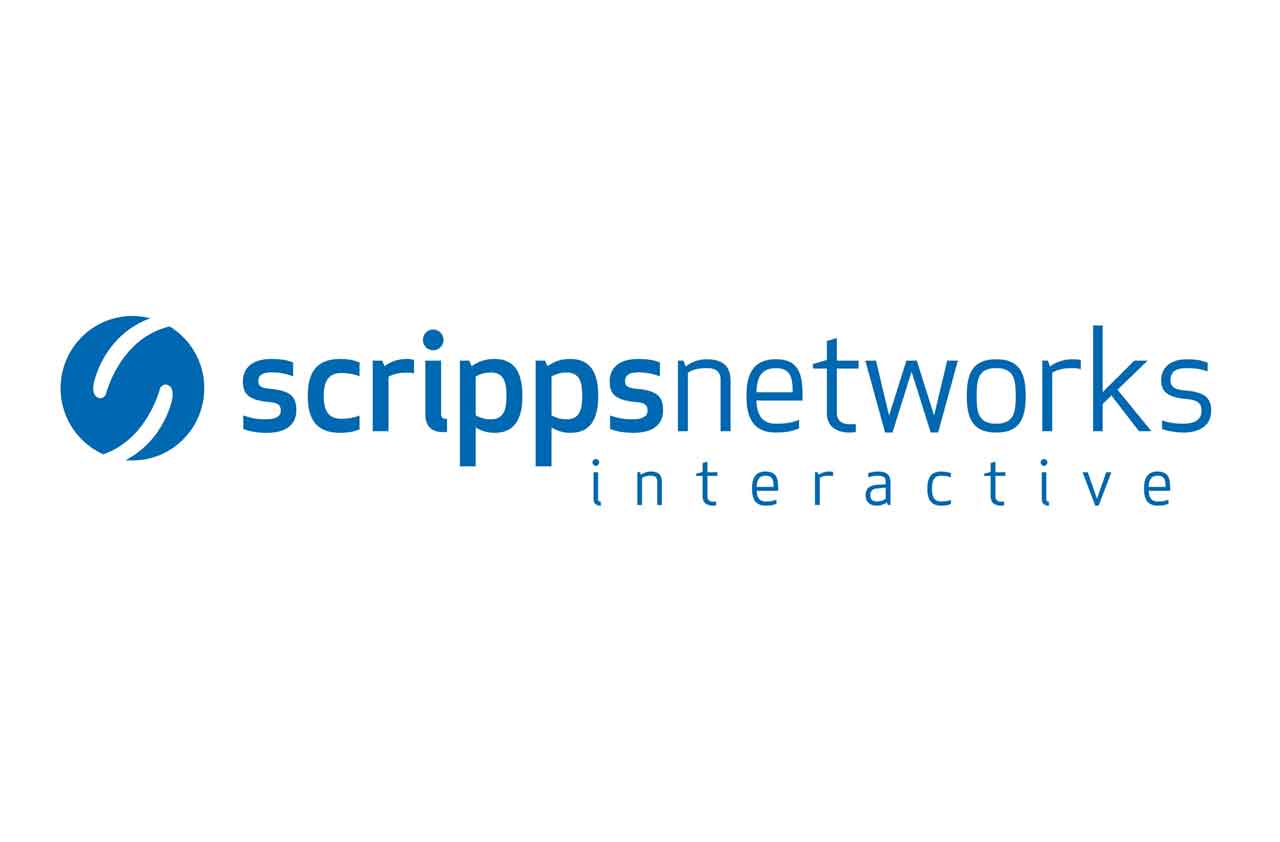
Tennessee: Scripps Network Interactive
- Headquarters: Knoxville
- Symbol: SNI
- Share price: $66.61vMarket value: $8.6 billion
- P/E: 12
Scripps owns Food Network, HGTV, DIY Network and the Cooking Channel, along with other national television networks. The company owns 98% of the content it airs on its channels, and it produces programming more cheaply than competitors. Scripps spends $550 million annually to create 2,500 hours of content, less than half of what Discovery Communications (DISCA) spends for roughly the same number of hours. Scripps recently inked a deal to bring new short-form programming to Snapchat, in hopes of reaching the next generation of viewers, but its bread and butter comes from its core viewership of wealthy, 24- to 54-year-old women – a lucrative demographic for advertisers. Scripps derives 68% of revenues from ad sales. A recent study found that more than 30% of viewers of both Food Network and HGTV were likely to buy products advertised on the network, “making the channels the most influential in the U.S.,” according to research from Morningstar. CFRA analyst Tuna Amobi rates the stock a “buy” with a 12-month price target of $80.
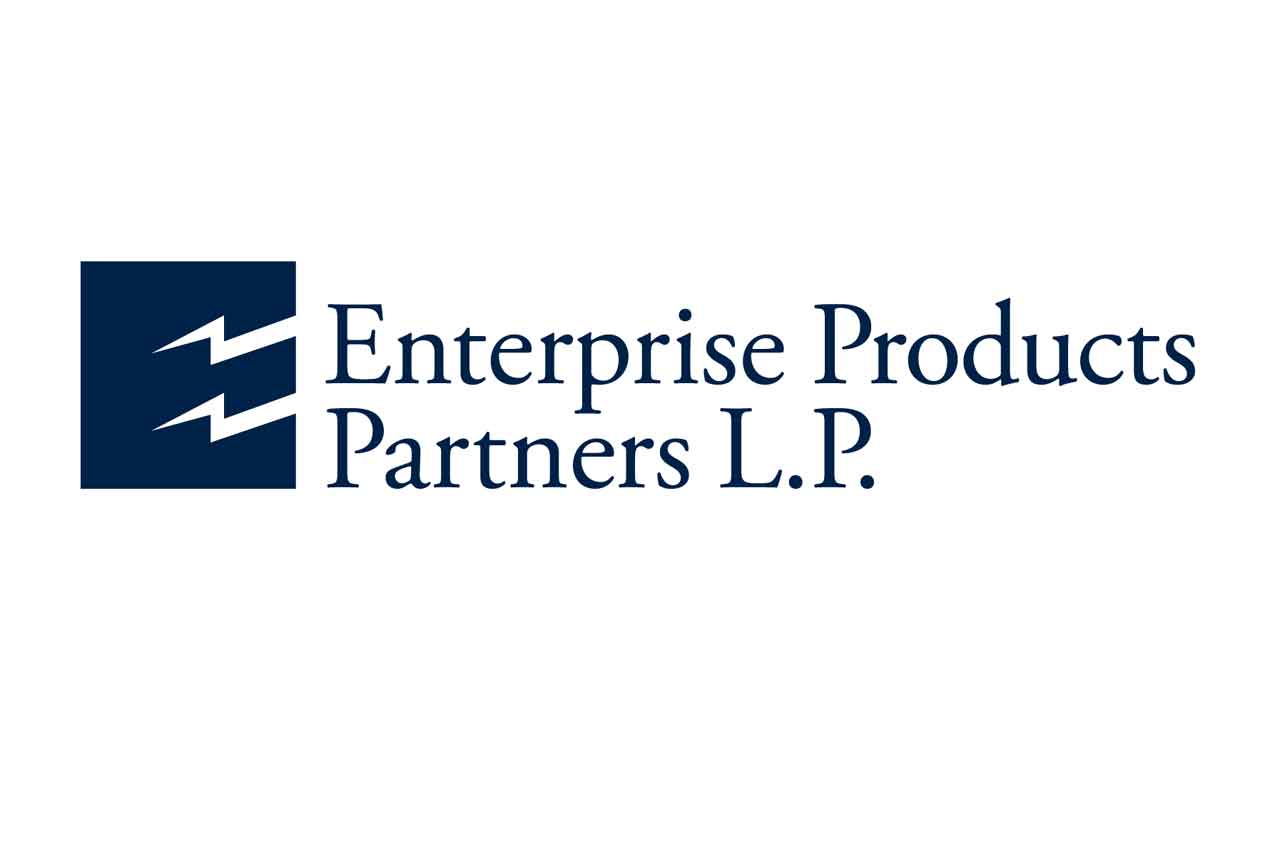
Texas: Enterprise Product Partners
- Headquarters: Houston
- Symbol: EPD
- Share price: $26.00
- Market value: $55.7 billion
- P/E: 18
Enterprise Product Partners is a master limited partnership that owns a network of pipelines and storage depots. It transports and stores natural gas, natural gas liquids, crude oil, refined energy products and petrochemicals. Value Line analyst James Flood calls it “arguably the best-run MLP in the industry.” Another fan, Morningstar’s John Buethe, says that “while many other midstream operators are playing checkers, Enterprise Products Partners is a chess master.” Particularly compelling, says Buethe, is the company’s industry-leading position in natural gas liquids, which should see a 40% boost in demand by 2018. Enterprise ended 2016 with enough available cash to cover 122% of its distribution. That augurs well for more boosts to its payout, which currently stands at $1.66 per unit, for an annual yield of 6.4%. Analysts at Credit Suisse see earnings rising by 15% this year and assign the stock a 12-month price target of $34, along with a “buy” rating.
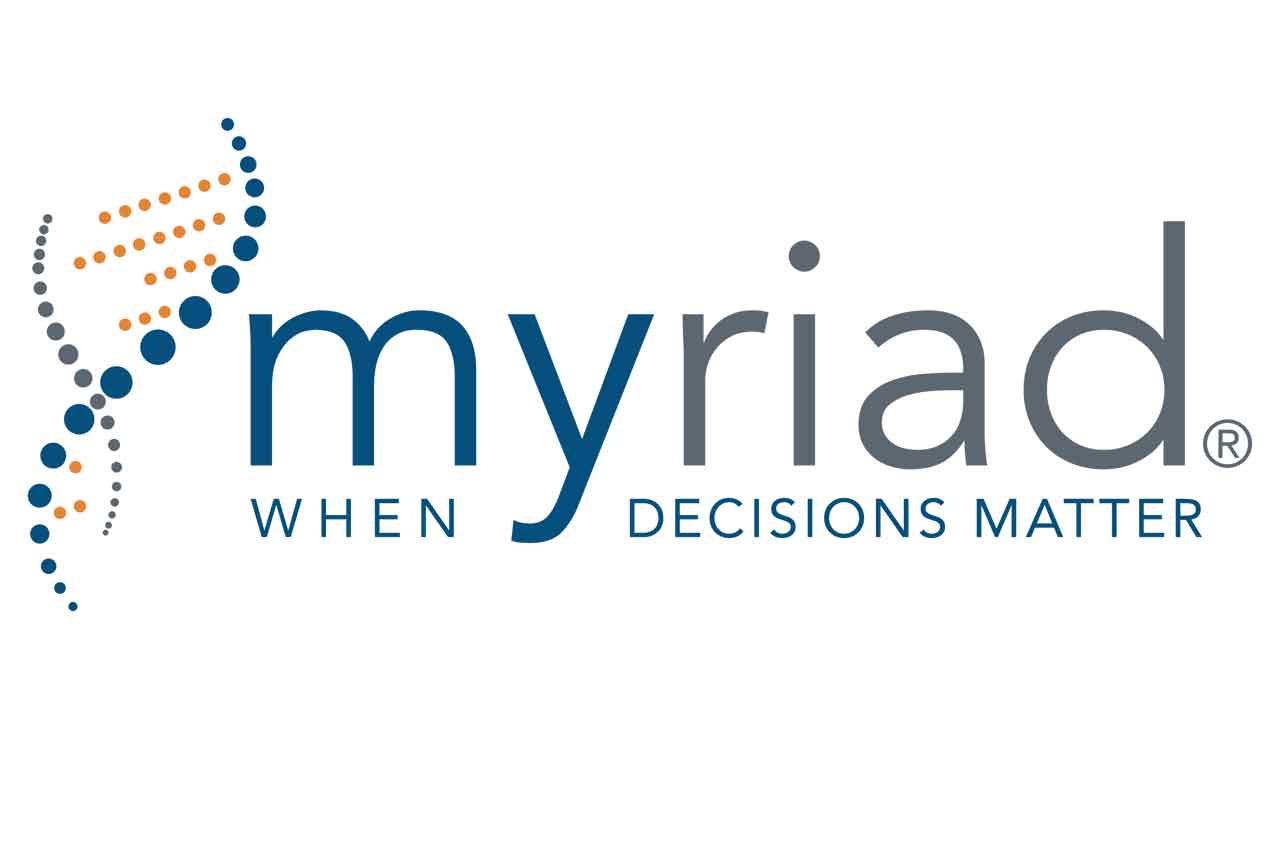
Utah: Myriad Genetics
- Headquarters: Salt Lake City
- Symbol: MYGN
- Share price: $26.26
- Market value: $1.8 billion
- P/E: 26
Myriad develops genetic diagnostic products. Best known for its BRACAnalysis test, which assesses a woman’s risk for developing hereditary breast and ovarian cancer, the company is seeking to expand its hereditary cancer detection business with the myRisk test, which screens 25 genes for a multitude of cancers. Myriad’s efforts to develop a host of new products, including diagnostic tests for neurological and autoimmune conditions, have eaten away at earnings recently, as has sharply declining demand for the company’s BRACAnalysis kits. But demand for the kits may have bottomed and stabilized, says Value Line analyst Nira Maharaj, and Myriad’s newer diagnostic offerings should keep the company competitive in the $700 billion diagnostics market over the next three to five years. Analysts at William Blair believe a new deal with insurer UnitedHealthcare is in the cards, potentially providing coverage for Myriad’s GeneSight test. They believe the stock will outperform the broad stock market over the next 12 months.
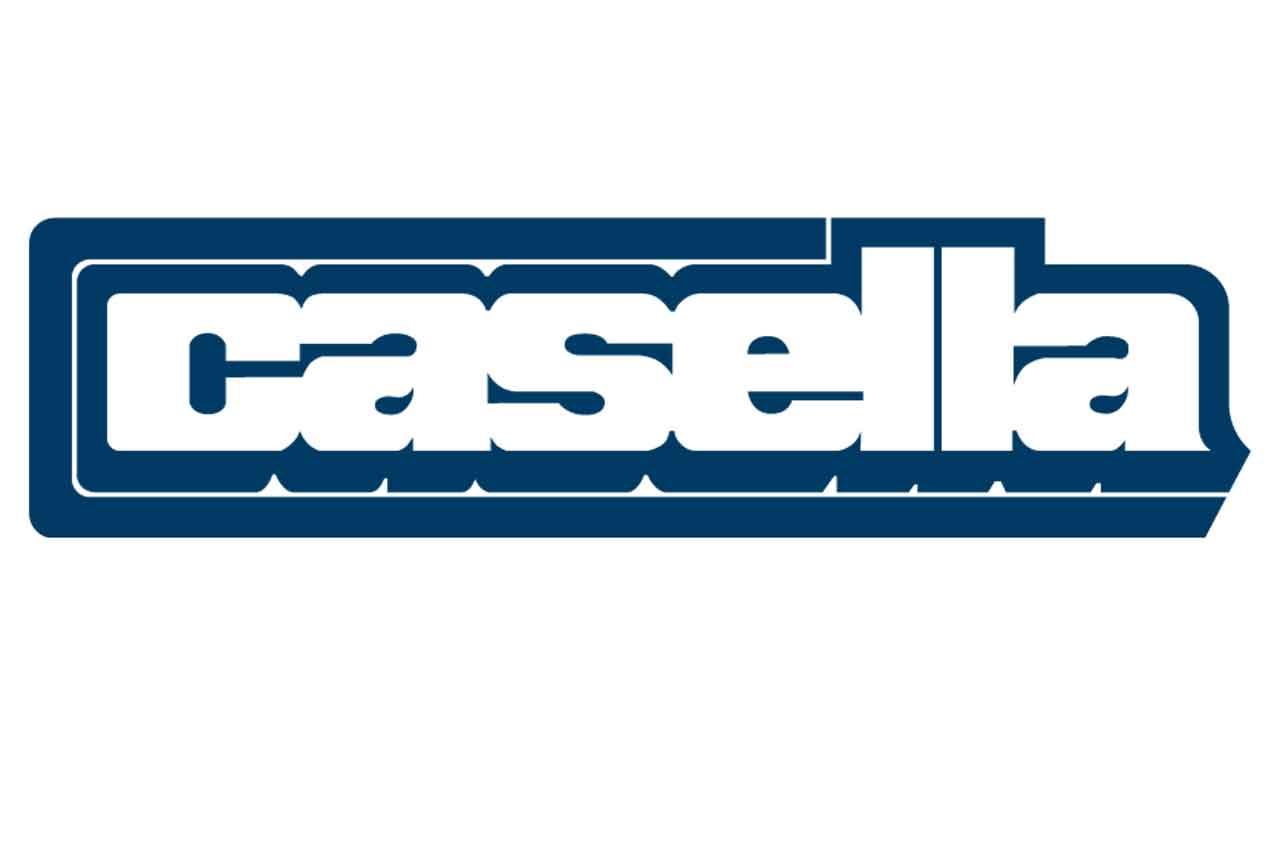
Vermont: Casella Waste Systems
- Headquarters: Rutland
- Symbol: CWST
- Share price: $15.70
- Market value: $658 million
- P/E: 28
Casella provides solid-waste management services in the northeastern United States, including collection, transfer, disposal and recycling services.
“Casella has a long history, most of which isn’t particularly good,” says Chip Paquelet, head portfolio manager at Skylands Capital and a major holder of the stock. But a 2015 overhaul of the company’s board of directors has put the company back on track, he says, for investors willing to take a chance on this Green Mountain State native. Casella’s northeastern landfills, including one of two in the Boston metropolitan area, are enviable assets, Paquelet says. The company enjoys tremendous pricing power because new landfill permits in the Northeast are difficult to obtain, and because of the costs and inefficiencies involved in shipping waste to competing landfills in Ohio and West Virginia. But the company’s profit margins could stand improvement. If Casella were 80% as profitable as its peers, says Paquelet, the stock would likely trade in the high teens. DeForest Hinman, assistant portfolio manager at Walthausen Small-Cap Value, which owns the stock, sees the company headed in that direction. In addition to realizing higher prices on tonnage collected, the company has reduced some costs and is investing in improvements in its fleet and collection stations.
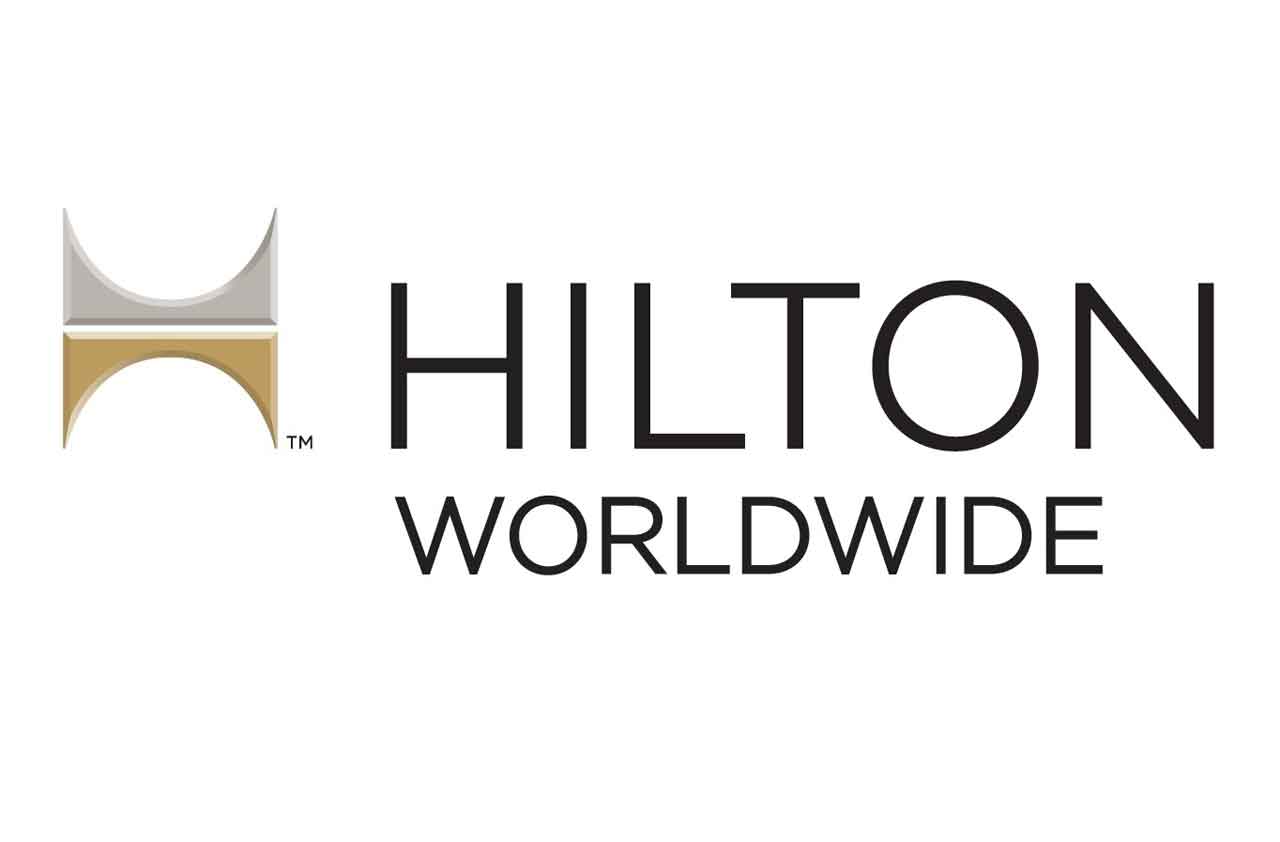
Virginia: Hilton Worldwide Holdings
- Headquarters: McLean
- Symbol: HLT
- Share price: $65.20
- Market value: $21.3 billion
- P/E: 35
Hilton’s 812,000 hotel rooms currently represent about 5% of the industry worldwide, but that number is about to go up. Last year, the company signed deals to add 106,000 rooms to a pipeline that now totals 310,000 rooms, with 50,000 to 55,000 slated to become available this year. All told, more than one in five hotel rooms under construction belong to a Hilton brand.
Hilton is focusing on recently launched brands, such as Curio and Tapestry, which aim to combine the benefits of boutique hotels (cozy, intimate and locally focused) with the advantages of being part of a chain (such as a loyalty program). Four of five new customers at these hotels, the company says, are likely to stay at another Hilton property afterward. That bodes well for Hilton’s long-term expansion plan, say analysts at UBS. In the meantime, Bank of America Merrill Lynch analyst Shaun Kelly says that Hilton’s recent renegotiation of a credit card agreement with American Express will boost fee revenues from the co-branded Hilton Honors card . He rates the stock a “buy” with a 12-month price target of $73.
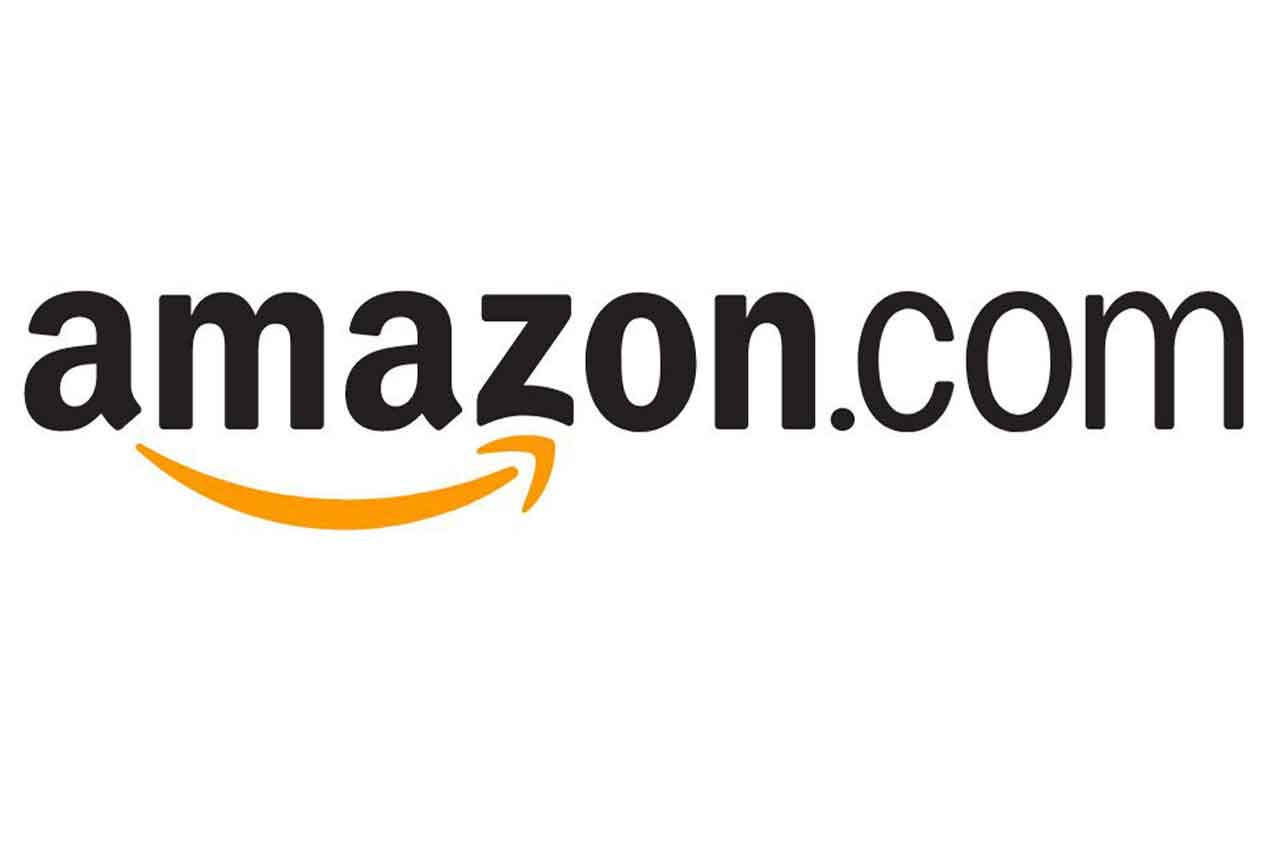
Washington: Amazon.com
- Headquarters: Seattle
- Symbol: AMZN
- Share price: $1,001.03
- Market value: $478.6 billion
- P/E: 125
Amazon’s world takeover continues. The retail behemoth announced in June its intention to acquire upscale grocer Whole Foods Market (WFM) for $42 a share. As a result of the merger, say analysts at Wedbush, Amazon is positioned to rapidly expand its Amazon Fresh grocery delivery business, for which Prime subscribers currently pay an additional $15 per month. The purchase also means that Amazon picks up 440 Whole Foods stores, located in most major urban areas in the U.S. representing a big increase in refrigeration-equipped distribution centers for the company. Amazon may eventually offer grocery delivery in an hour or less nationwide, says Wedbush.
In the meantime, analysts say, Whole Foods stores will be ideal outlets for popular Amazon products such as Kindle, FireTV and Echo. Wedbush sees the acquisition driving sales growth over the next several years as the company expands its grocery business, and it assigns an “outperform” rating to the stock along with a 12-month price target of $1,250.
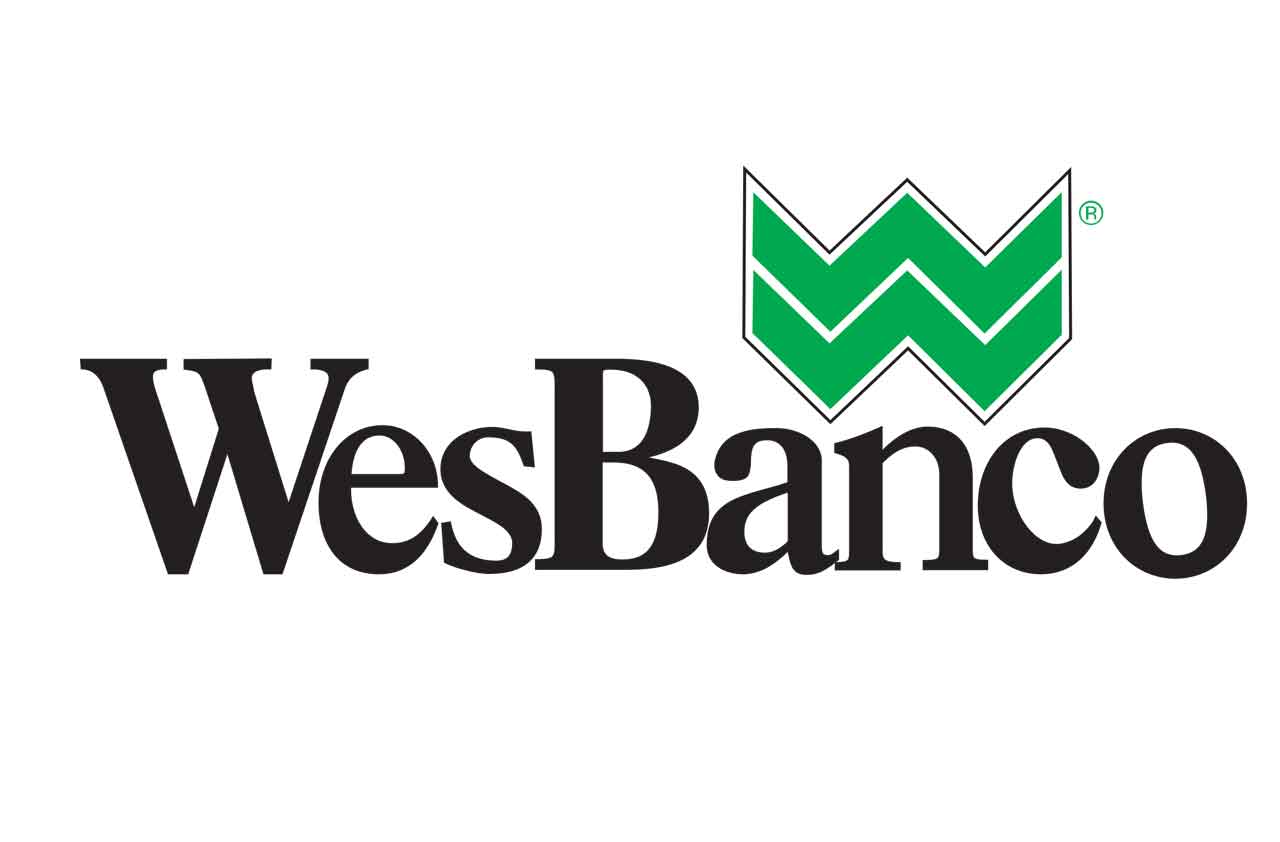
West Virginia: WesBanco
- Headquarters: Wheeling
- Symbol: WSBC
- Share price: $37.81
- Market value: $1.7 billion
- P/E: 15
WesBanco is the holding company for WesBanco Bank, which provides financial services at 174 branches in West Virginia, Ohio and western Pennsylvania.
The stock has fallen 11% this year, amid uncertainty surrounding the bank approaching $10 billion in assets – a threshold at which banks face greater regulatory scrutiny. Miguel del Gallego, a portfolio manager at ClearBridge Small Cap Value, which holds the stock, sees the recent dip as an unwarranted discount in the stock’s price. He concedes that near-term earnings could be dinged as management adjusts to more regulation, but he remains confident of the bank’s ability to navigate the process and return to delivering share-price gains and dividends that he says “are among the best, relative to peers.” He adds that the management team has a track record for successful acquisitions under CEO Todd Clossin and that the bank could seek to offset heightened compliance costs by boosting revenues via more mergers. Del Gallego believes $45 a share is a fair value for the stock over the next 12 months, representing a 19% gain on the current share price.
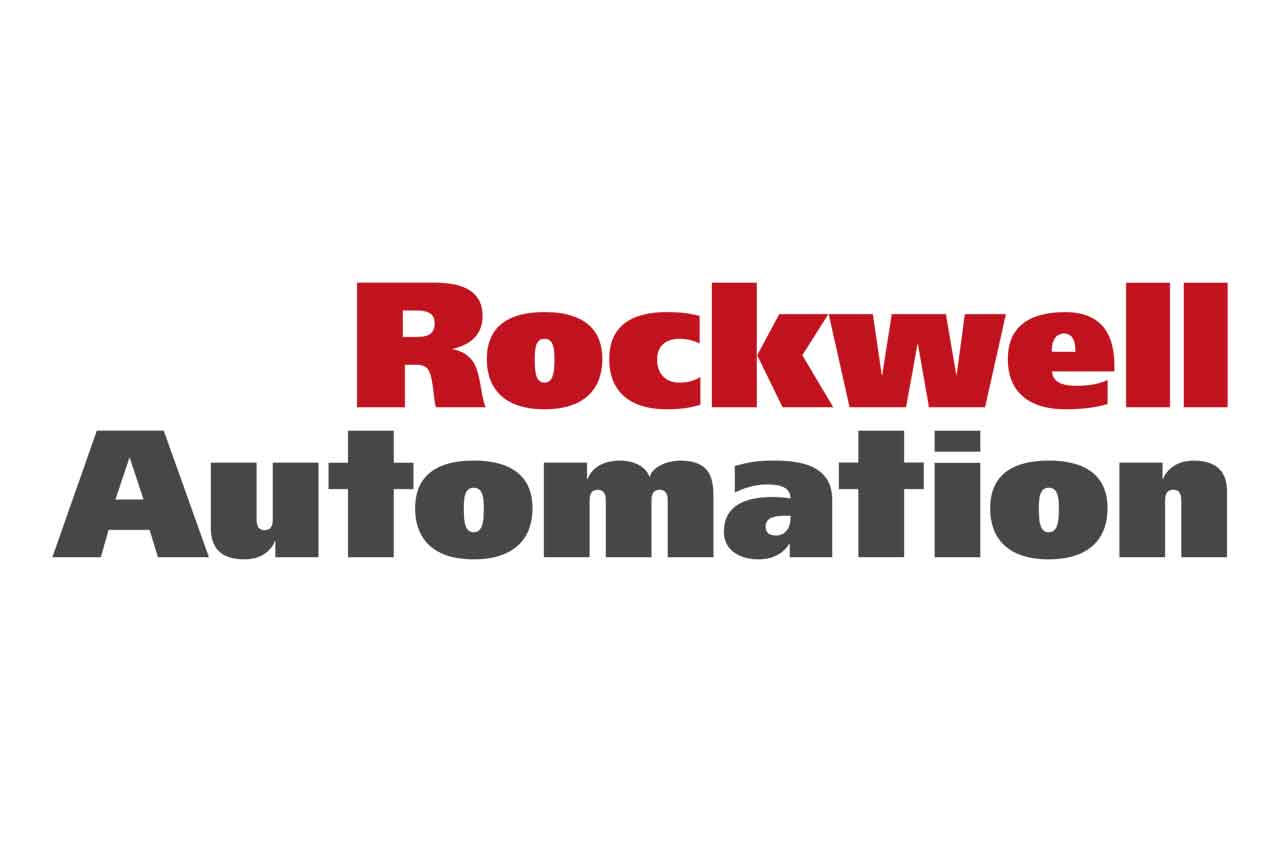
Wisconsin: Rockwell Automation
- Headquarters: Milwaukee
- Symbol: ROK
- Share price: $160.53
- Market value: $20.7 billion
- P/E: 23
Rockwell manufactures and develops software and equipment that companies use to automate their factories. The company is a leader in the “Internet of Things” – its ethernet-enabled Logix system provides data collection, monitoring and analytics from the factory floor to managers accessing the system online. The system can enable both discrete manufacturing (which creates many duplicate products -- on an assembly line, for instance) and process manufacturing (which produces large batches based on formulations or recipes). “As factory operators seek to cut costs and drive operating efficiency, the two methods increasingly overlap,” says Morningstar analyst Barbara Noverini.
That’s a sweet spot for Rockwell in a traditionally bifurcated industry. CFRA analyst Joe Agnese expects improving demand for Rockwell’s products and services in 2017, particularly from manufacturers in the consumer products and automotive industries. His 12-month price target of $179 represents a 12% increase over the current share price. What’s more, after a 6% bump in March, the company has now hiked its annual payout for eight straight years. The stock currently yields 1.9%.

Wyoming: Cloud Peak Energy
- Headquarters: Gillette
- Symbol: CLD
- Share price: $3.01
- Market value: $226 million
- P/E: NA
The pickings for public companies in Wyoming are slim. Cloud Peak is the biggest, even though the stock qualifies as a “penny stock,” trading at $3 a share. Still, it might pay off for contrarian investors willing to take a shot on a coal company. Cloud Peak produces coal in the Powder River Basin, operating three mines in Wyoming and Montana. Ryan Thibodeaux, comanager of the Goodwood SMID Long/Short fund, which owns the stock, concedes that coal stocks are a tough sell, given the expected long-term decline in the use of coal for generating electricity as utilities turn to cheaper natural gas. Natural gas prices, however, have been on the rise since late 2016, causing utilities to draw down coal inventories, implying increased future demand, says Thibodeaux. He thinks Cloud Peak is worth $10 a share. Analysts at Stifel rate the stock a “buy” with a 12-month price target of $7.25.
Profit and prosper with the best of Kiplinger's advice on investing, taxes, retirement, personal finance and much more. Delivered daily. Enter your email in the box and click Sign Me Up.

Ryan joined Kiplinger in the fall of 2013. He wrote and fact-checked stories that appeared in Kiplinger's Personal Finance magazine and on Kiplinger.com. He previously interned for the CBS Evening News investigative team and worked as a copy editor and features columnist at the GW Hatchet. He holds a BA in English and creative writing from George Washington University.
-
 If You'd Put $1,000 Into Home Depot Stock 20 Years Ago, Here's What You'd Have Today
If You'd Put $1,000 Into Home Depot Stock 20 Years Ago, Here's What You'd Have TodayHome Depot stock has been a buy-and-hold banger for truly long-term investors.
-
 I Need to Free Up $1,000 in My Monthly Budget, and I've Already Given Up Starbucks and Dining Out. What Else Can I Do?
I Need to Free Up $1,000 in My Monthly Budget, and I've Already Given Up Starbucks and Dining Out. What Else Can I Do?Here are some creative ways to save up to $1,000 a month, even if you feel like you've already made all of the obvious cuts.
-
 The 24 Cheapest Places To Retire in the US
The 24 Cheapest Places To Retire in the USWhen you're trying to balance a fixed income with an enjoyable retirement, cost of living is a crucial factor to consider. Is your state the best?
-
 How Inflation, Deflation and Other 'Flations' Impact Your Stock Portfolio
How Inflation, Deflation and Other 'Flations' Impact Your Stock PortfolioThere are five different types of "flations" that not only impact the economy, but also your investment returns. Here's how to adjust your portfolio for each one.
-
 Why I Still Won't Buy Gold: Glassman
Why I Still Won't Buy Gold: GlassmanOne reason I won't buy gold is because while stocks rise briskly over time – not every month or year, but certainly every decade – gold does not.
-
 Should You Use a 25x4 Portfolio Allocation?
Should You Use a 25x4 Portfolio Allocation?The 25x4 portfolio is supposed to be the new 60/40. Should you bite?
-
 Retirement Income Funds to Keep Cash Flowing In Your Golden Years
Retirement Income Funds to Keep Cash Flowing In Your Golden YearsRetirement income funds are designed to generate a reliable cash payout for retirees. Here are a few we like.
-
 10 2024 Stock Picks From An Investing Expert
10 2024 Stock Picks From An Investing ExpertThese 2024 stock picks have the potential to beat the market over the next 12 months.
-
 Special Dividends Are On The Rise — Here's What to Know About Them
Special Dividends Are On The Rise — Here's What to Know About ThemMore companies are paying out special dividends this year. Here's what that means.
-
 How to Invest in AI
How to Invest in AIInvestors wanting to know how to invest in AI should consider these companies that stand to benefit from the boom.
